Collaborative efforts
In my first year, I was primarily focused on how to move as a group through a design process. There, I was not yet able to identify and make use of differences in skill levels between individuals. In my second year, I was able to do this. Especially in collaboration with my time in Bar.management, working together with a close-knit group that holds a lot of responsibility within the study association with their own specific functions. Needing to manage and collaborate, especially in my function as events, was quite a challenge. The main lesson learned was the importance of communication to be able to bring a vision to life that I have. In general, that is one of the aspects of my teamwork that I have been working on quite vigorously this past year. I can be the "dreamer" in the group. A fire of ideas that keeps spitting, but to communicate and execute these ideas has always been a problem for me. And now after having performed a year of events management I have been able to master this skill with my final and major accomplishment a large drink named Butterfly Effect that invited 4 associations, had 5 DJ's, allowed Lucid to keep the drink going till 22:00 in atlas, creating special kegs to draw in more people, in the end resulting in the highest result of a drink of the year.
I also took over as Secretary after the first quartile creating a learning opportunity to gain new insights in planning on a years organisational level, needing to keep my stakeholders, lucid, members, department and external hires in account when planning in conjunction with the availability of drafters, bar.management, and the lucid's board to make sure the drinks could be executed.
Extending this juggling of stakeholders to another extracurricular activity that I executed was that of being a representative of the student body within the Department Council for Industrial Design.
Another Lesson learned in regards to collaborative efforts was during IDEFINE where a clear stakeholder was being the Municipality of Eindhoven, which had many stakeholders and needs of their own, creating an intricate and complex design. Being involved in Social design in general means collaborating not only with your team but also the organisations you are working with and the people you are designing for to be able to best reach them and allow them to voice their opinions.
Bar.management
During my second year, I was a part of the Bar.Management at s.v.i.d. Lucid executing the function of Events and Secretary. As I pointed out in the previous section this gave me many insights on communication and participating in a team with a high responsibility and external pressure to make sure the bar operated smoothly. It also confronted me with a lot of expectation management and restructuring of inner team dynamics. Learning to be flexible and open to change.
This experience brought me professional hard skills on areas of proficiency in collaboration with peers and other stakeholders, dealing with critical deadlines, continuous expectations of exemplary work, planning and managing of drinks, and responsibility as head drafter and functioning as an active BHV'er.
Butterfly Effect
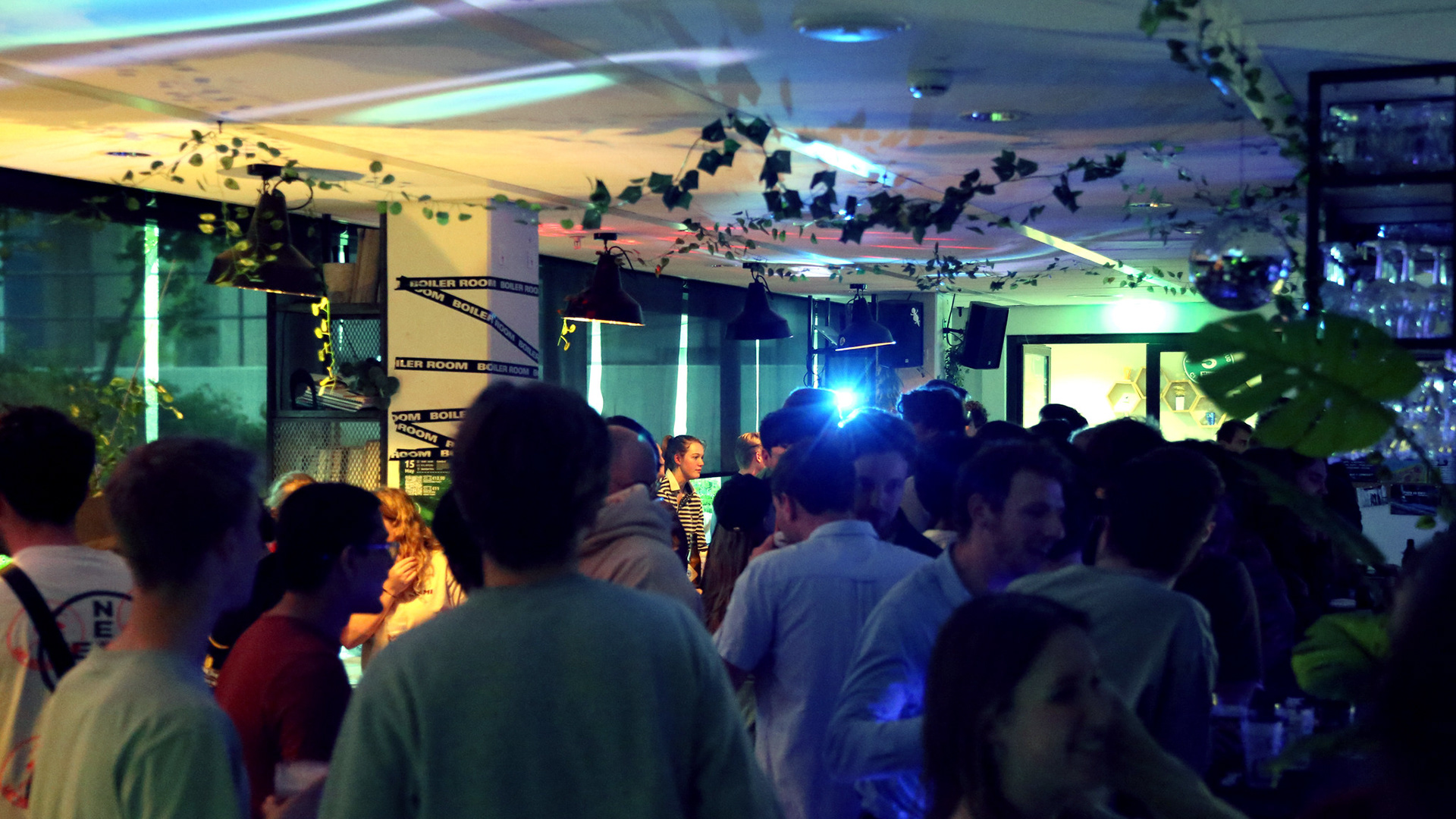
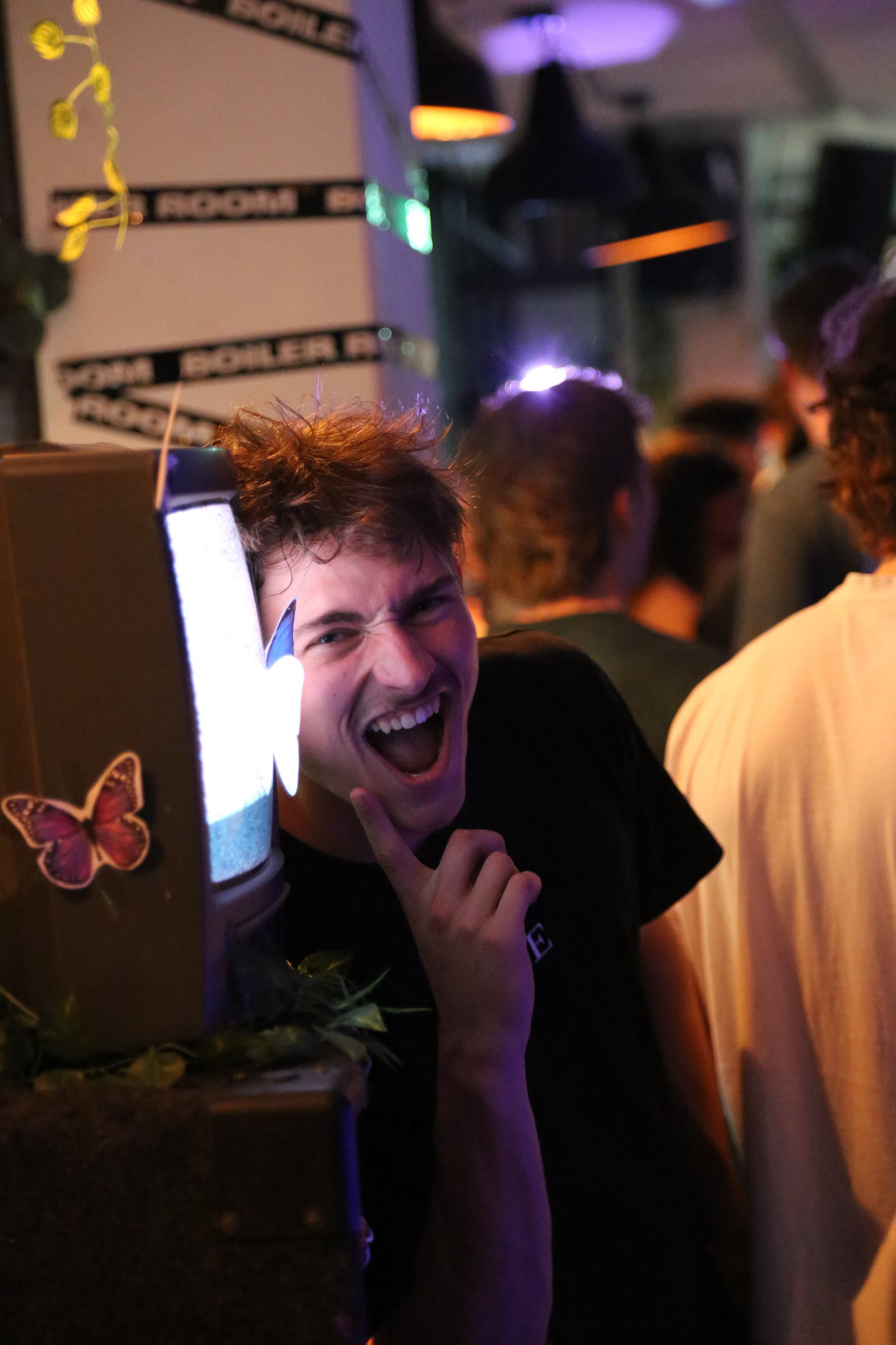
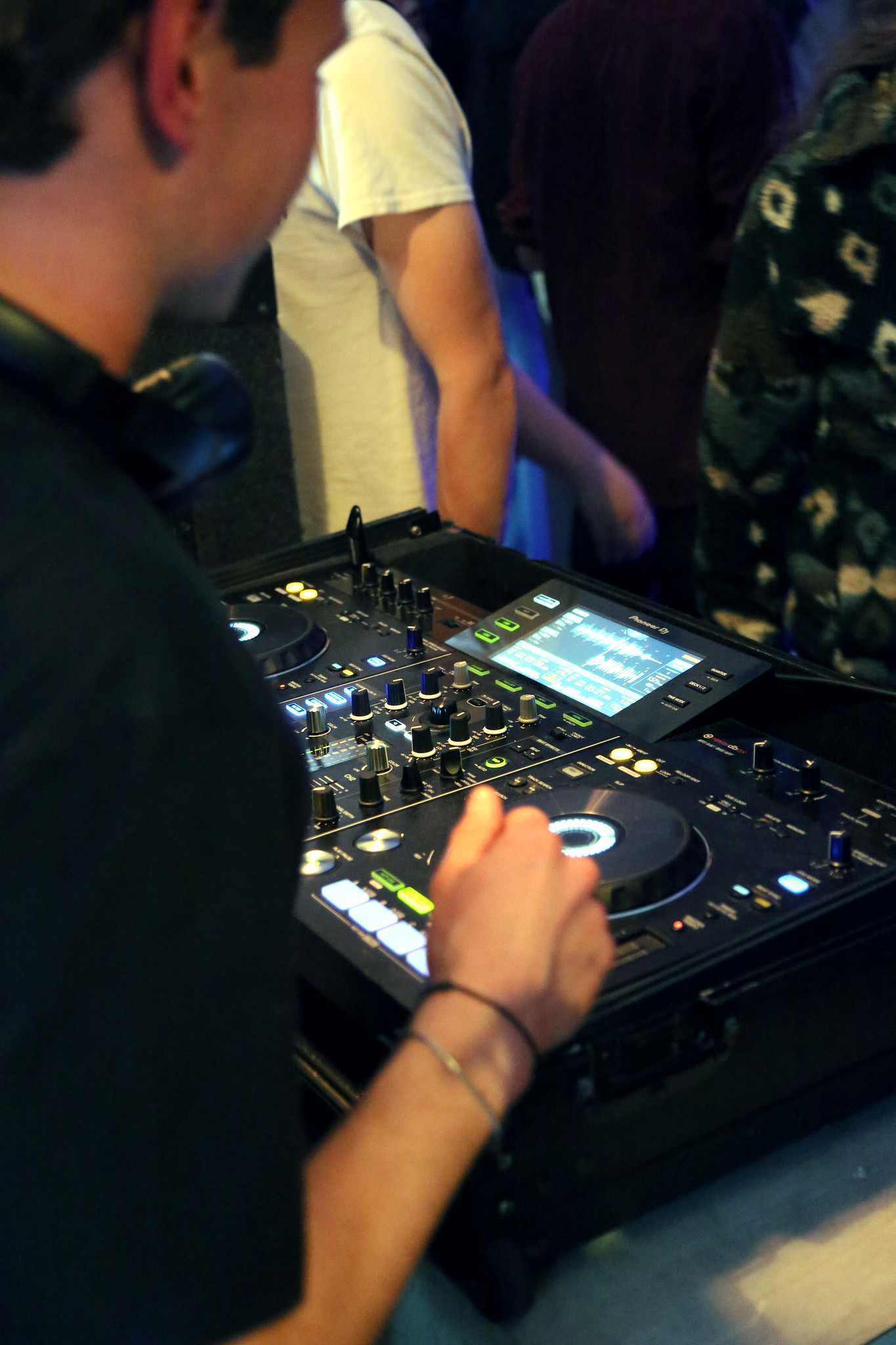
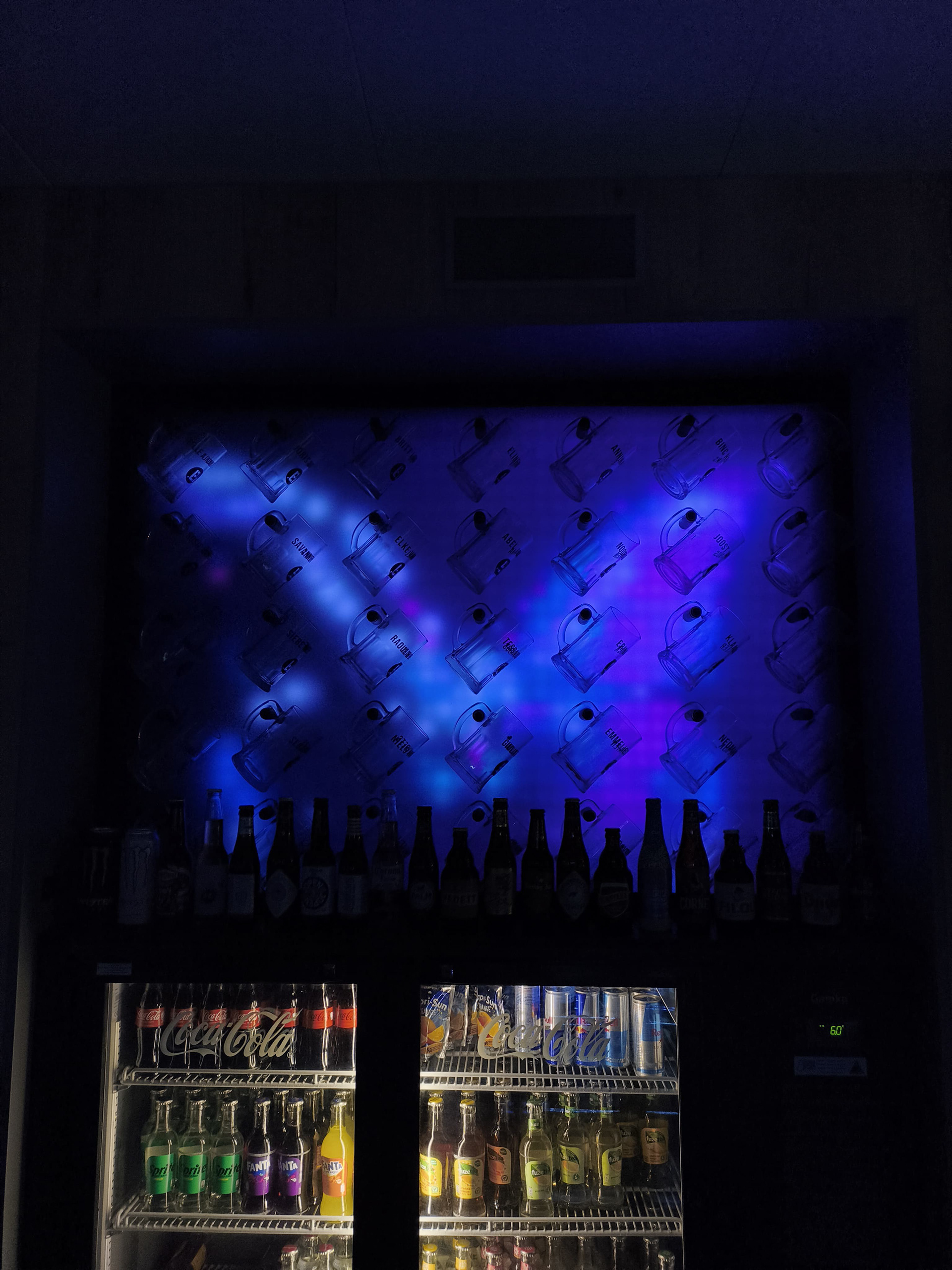
LED wall butterfly projection
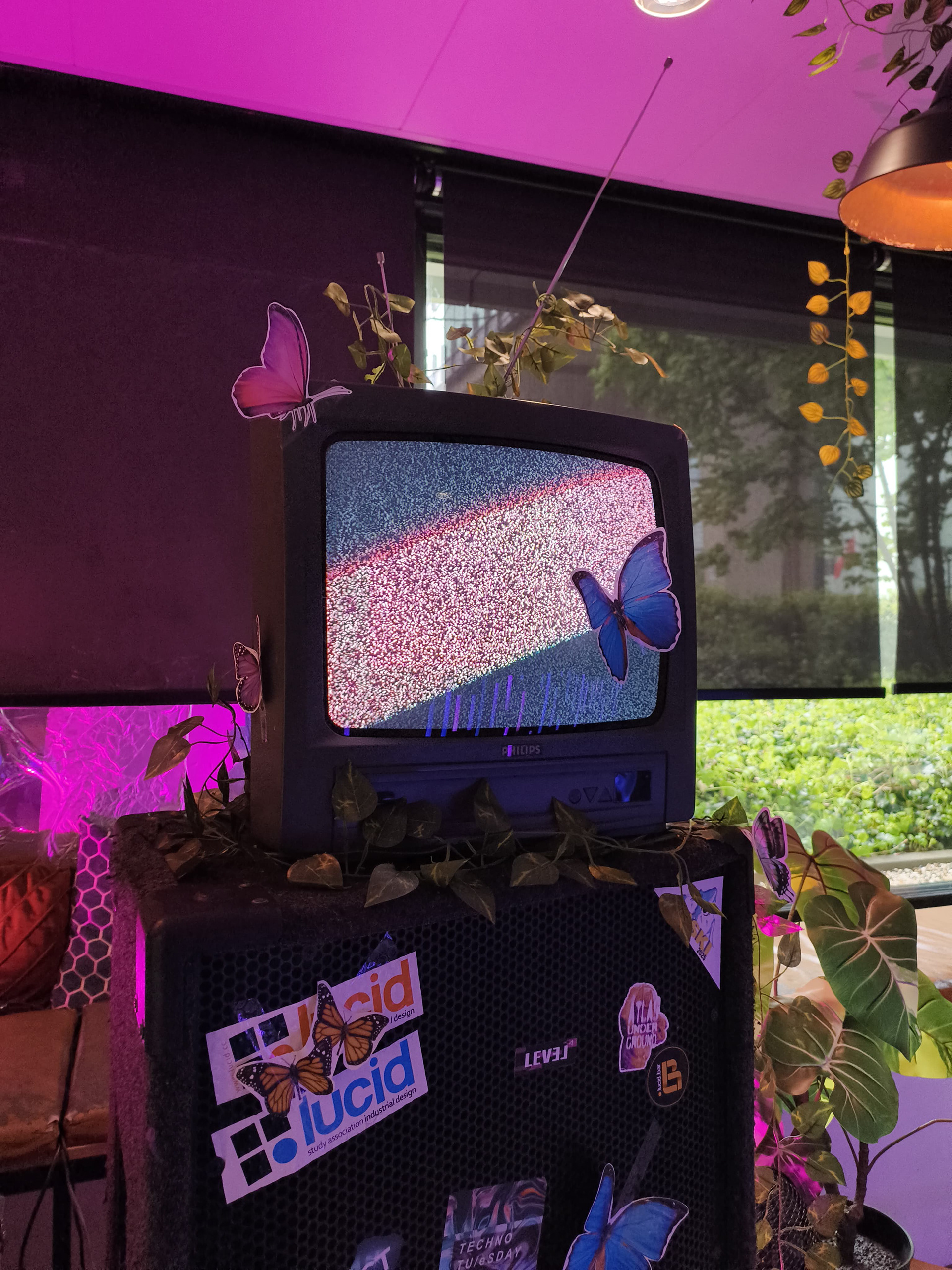
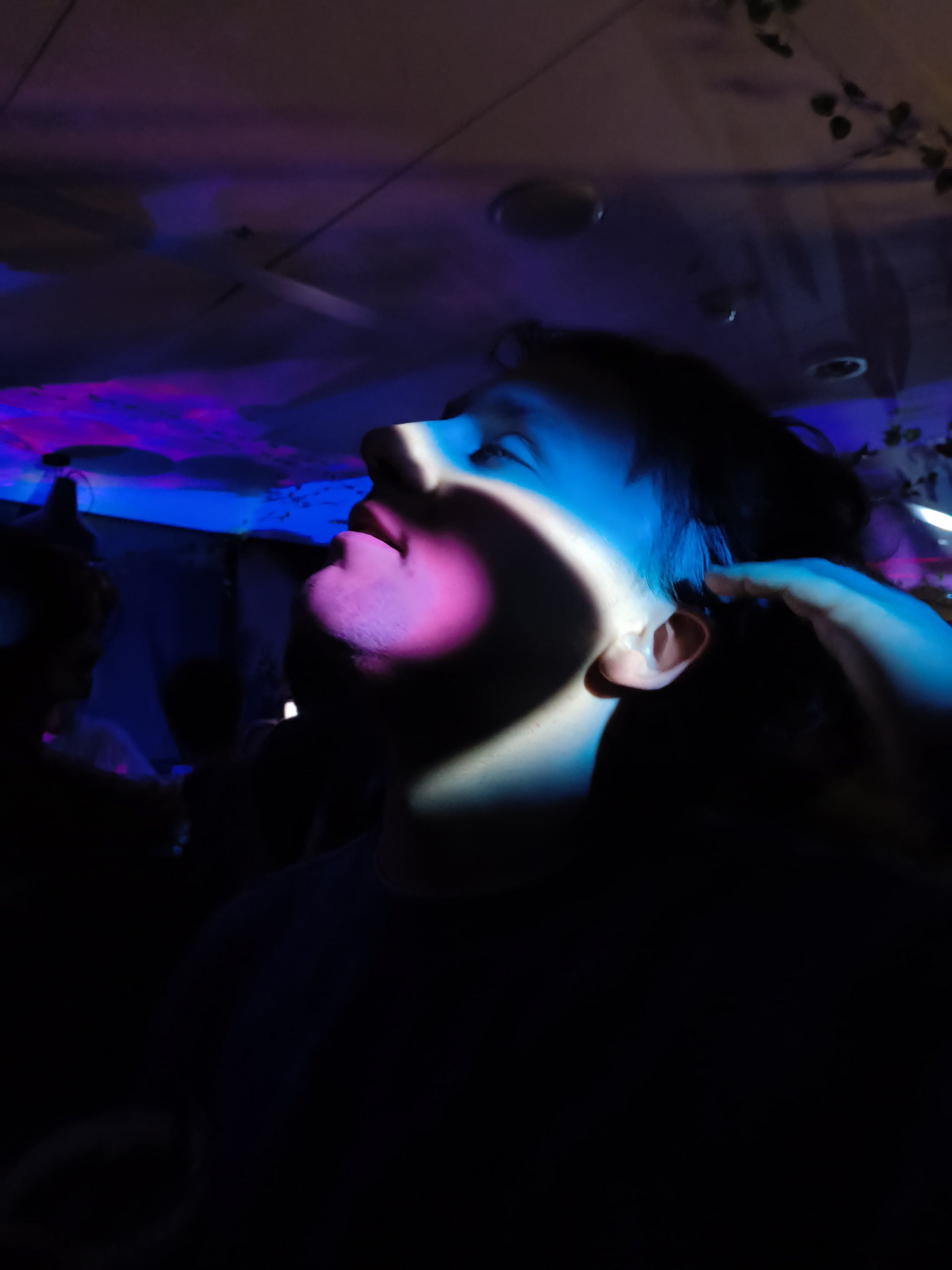
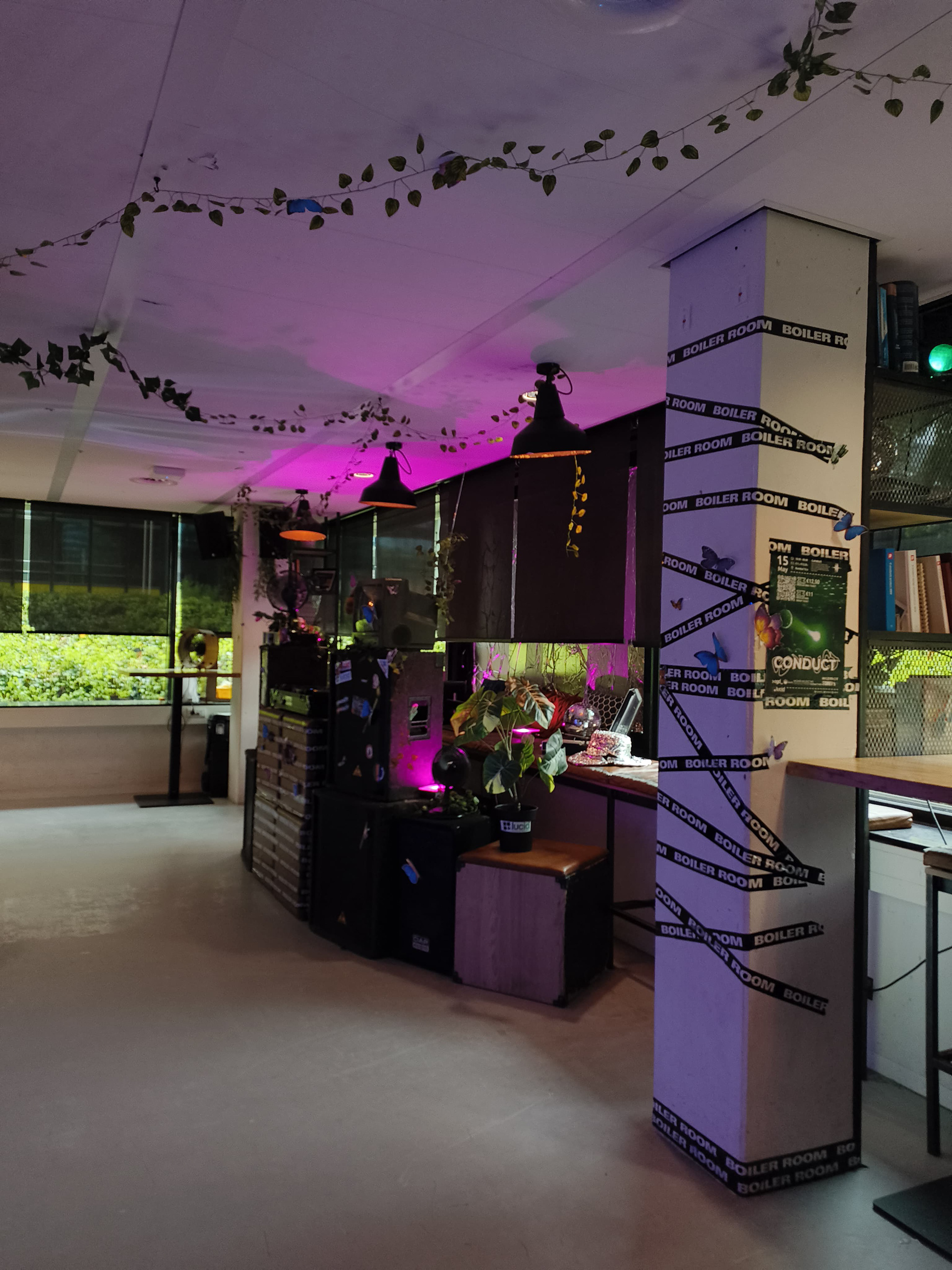
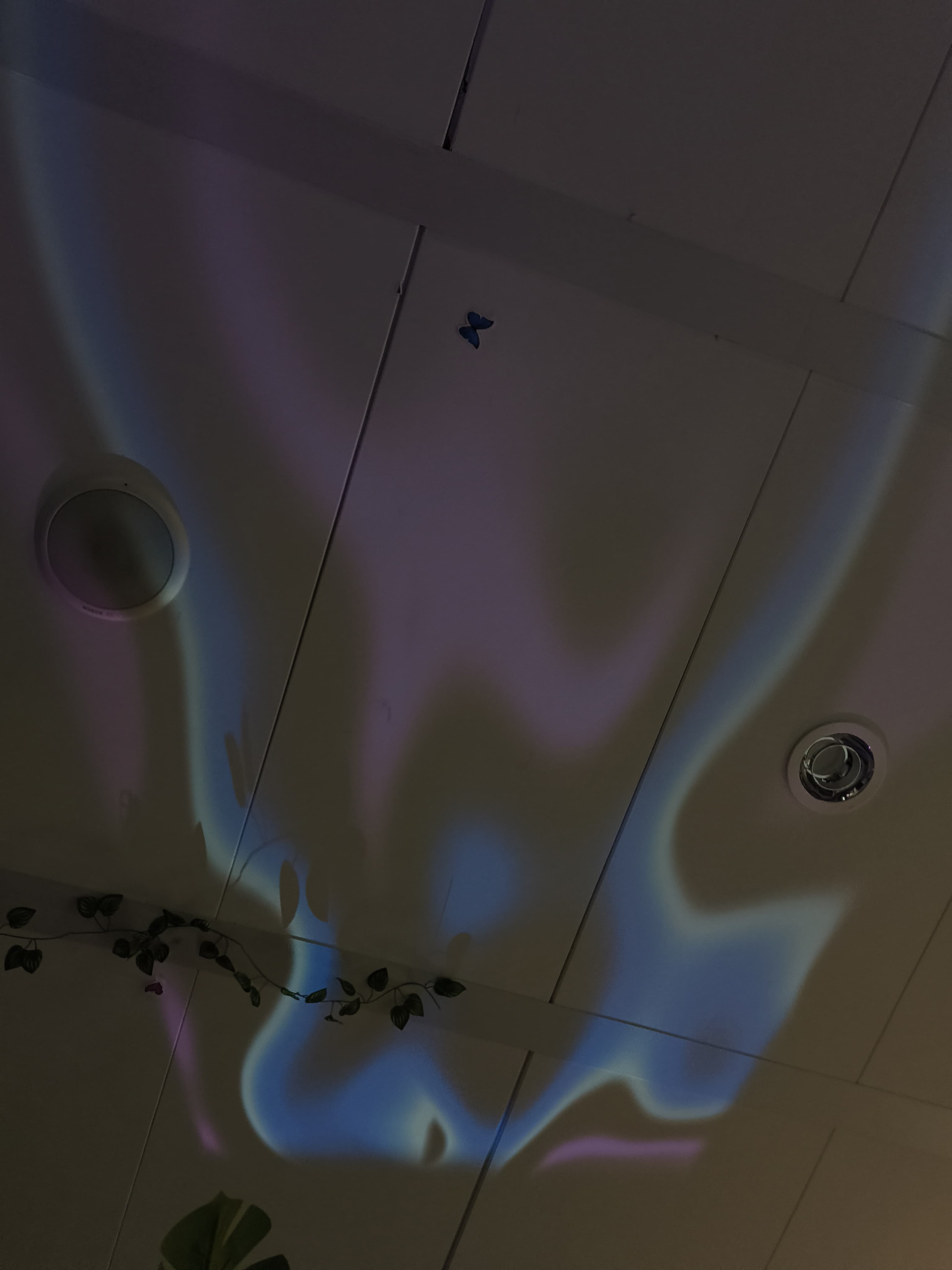
Application of visuals created with TouchDesigner and projected on the ceiling
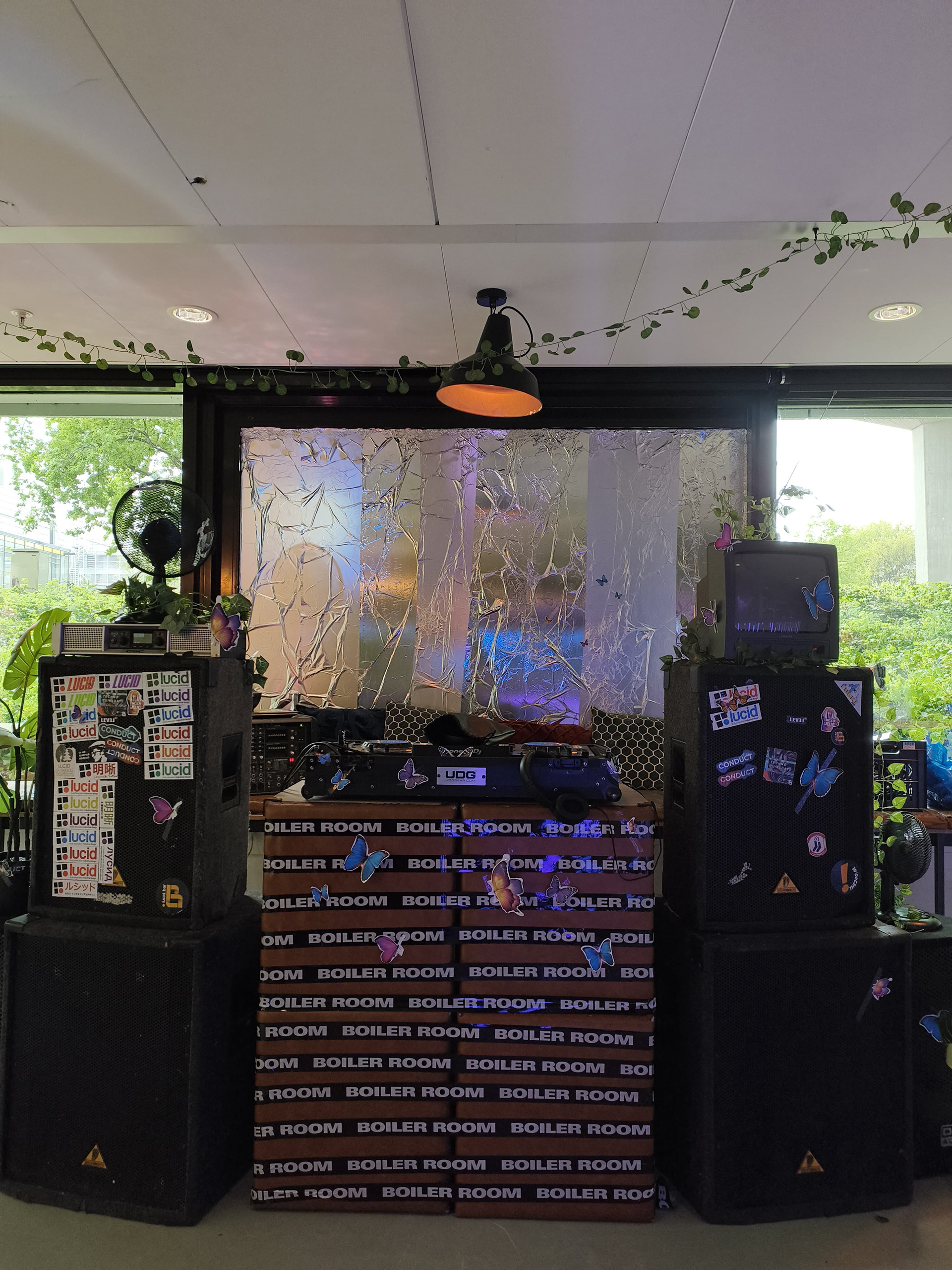
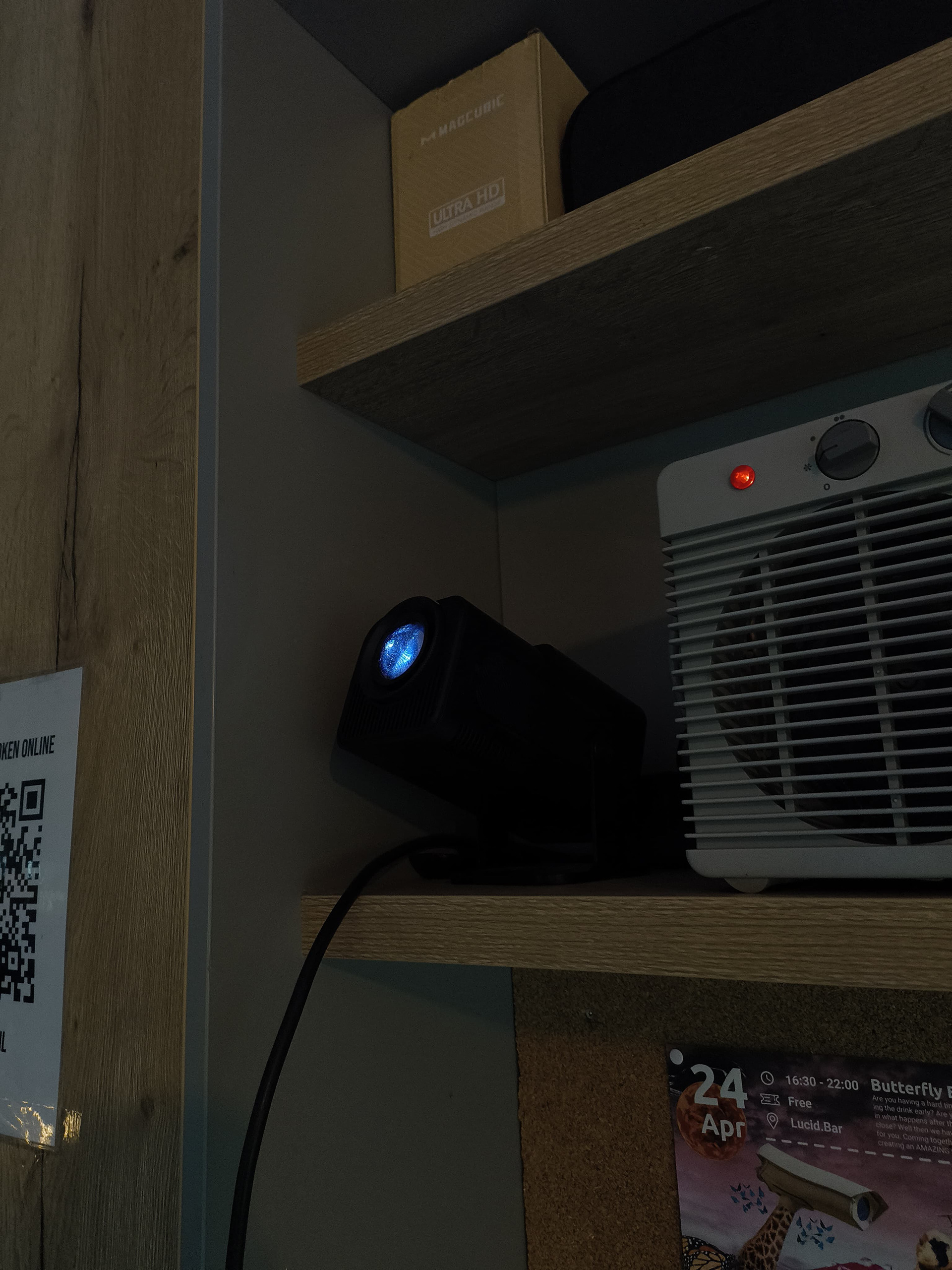
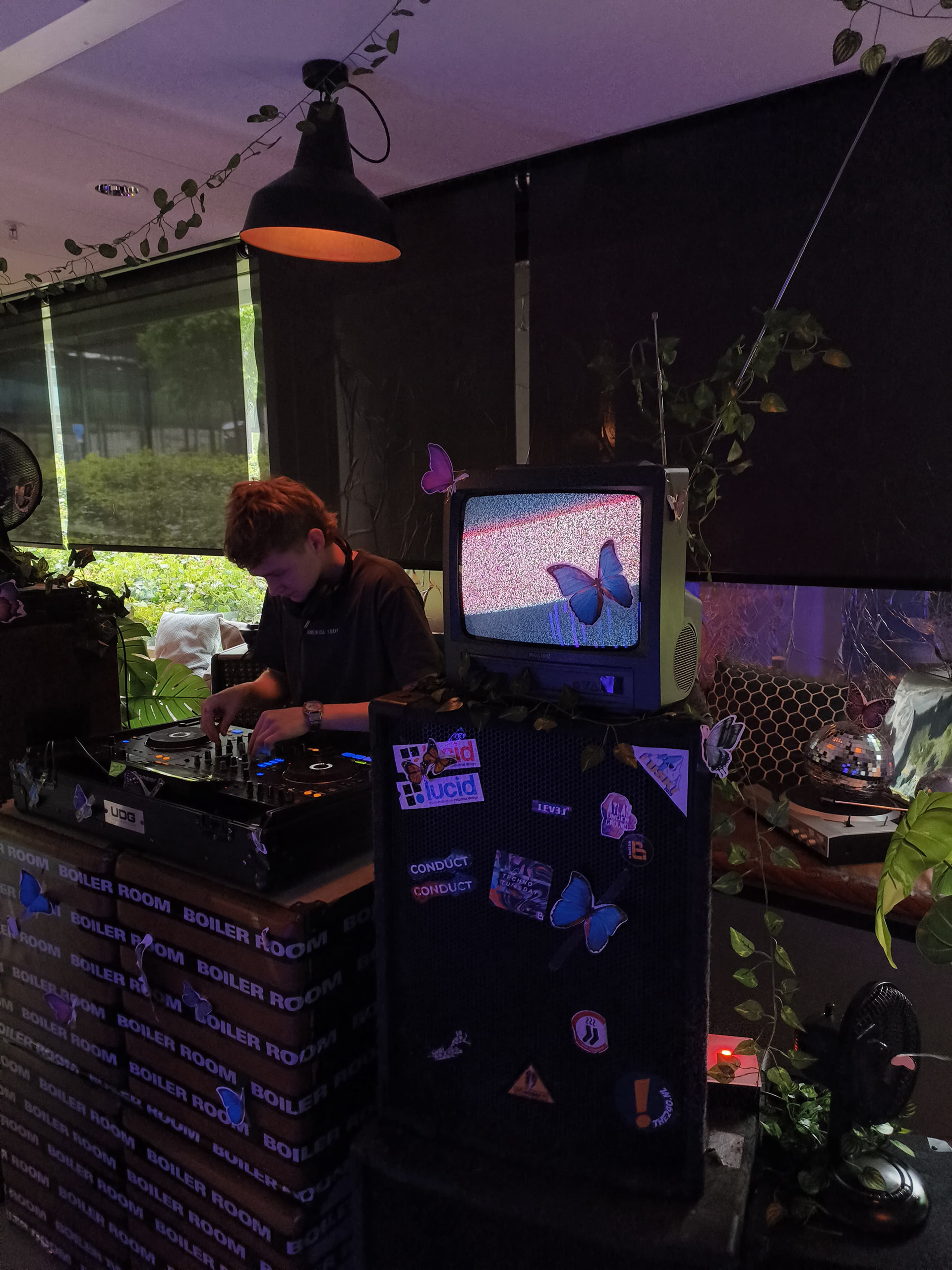
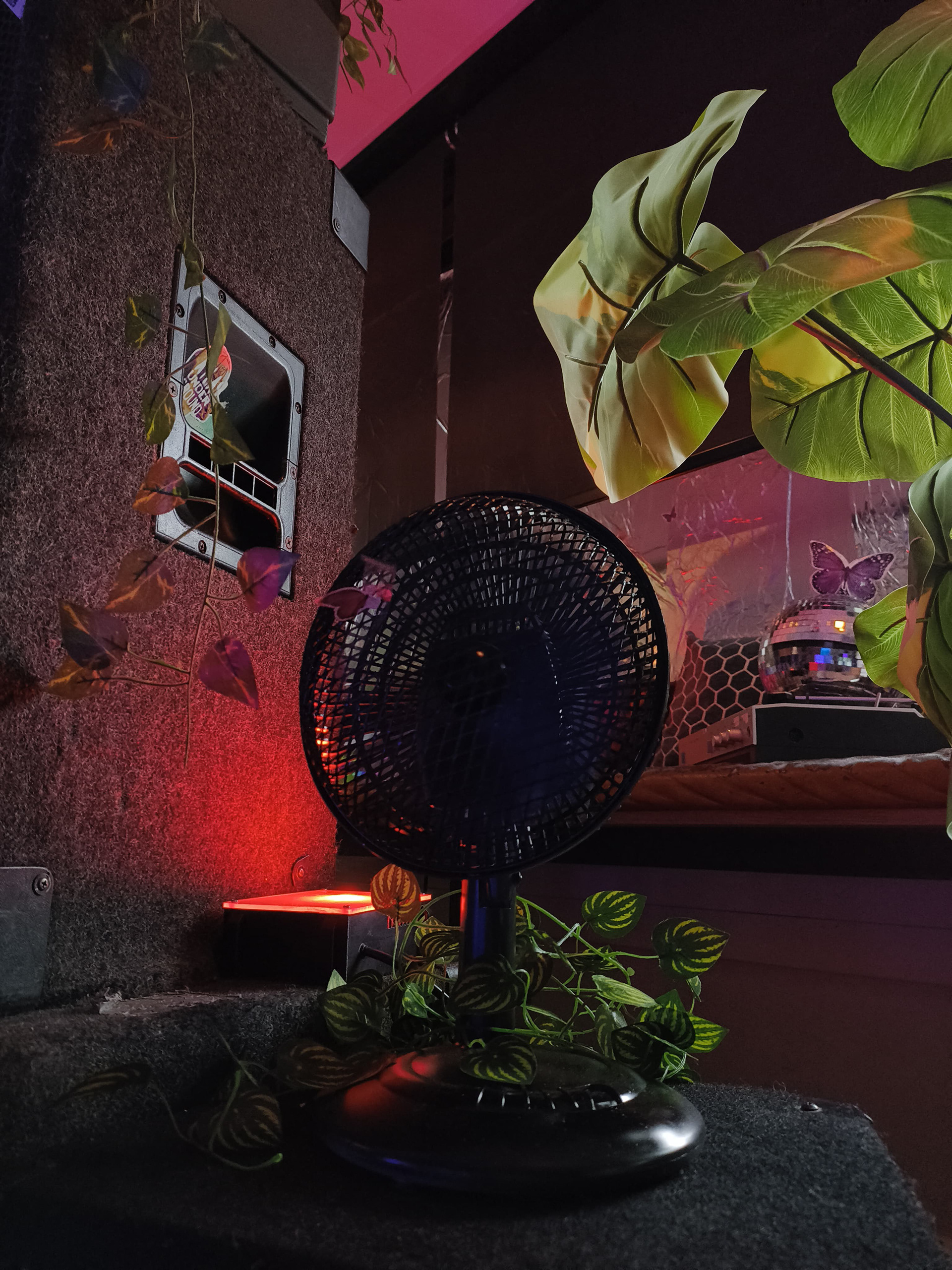
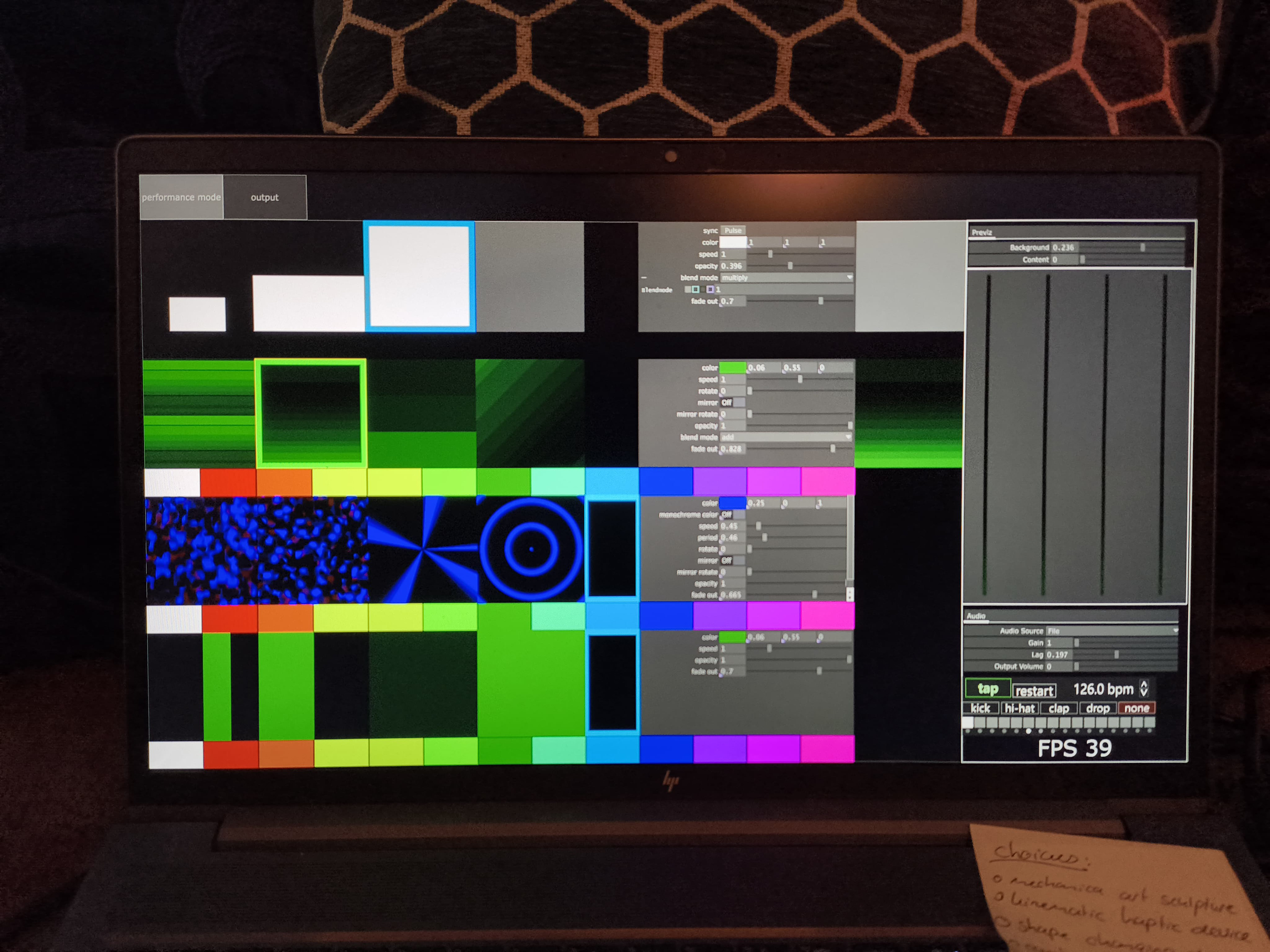
Implementation of TouchDesigner to programme stage lights
Graphic design competence increase
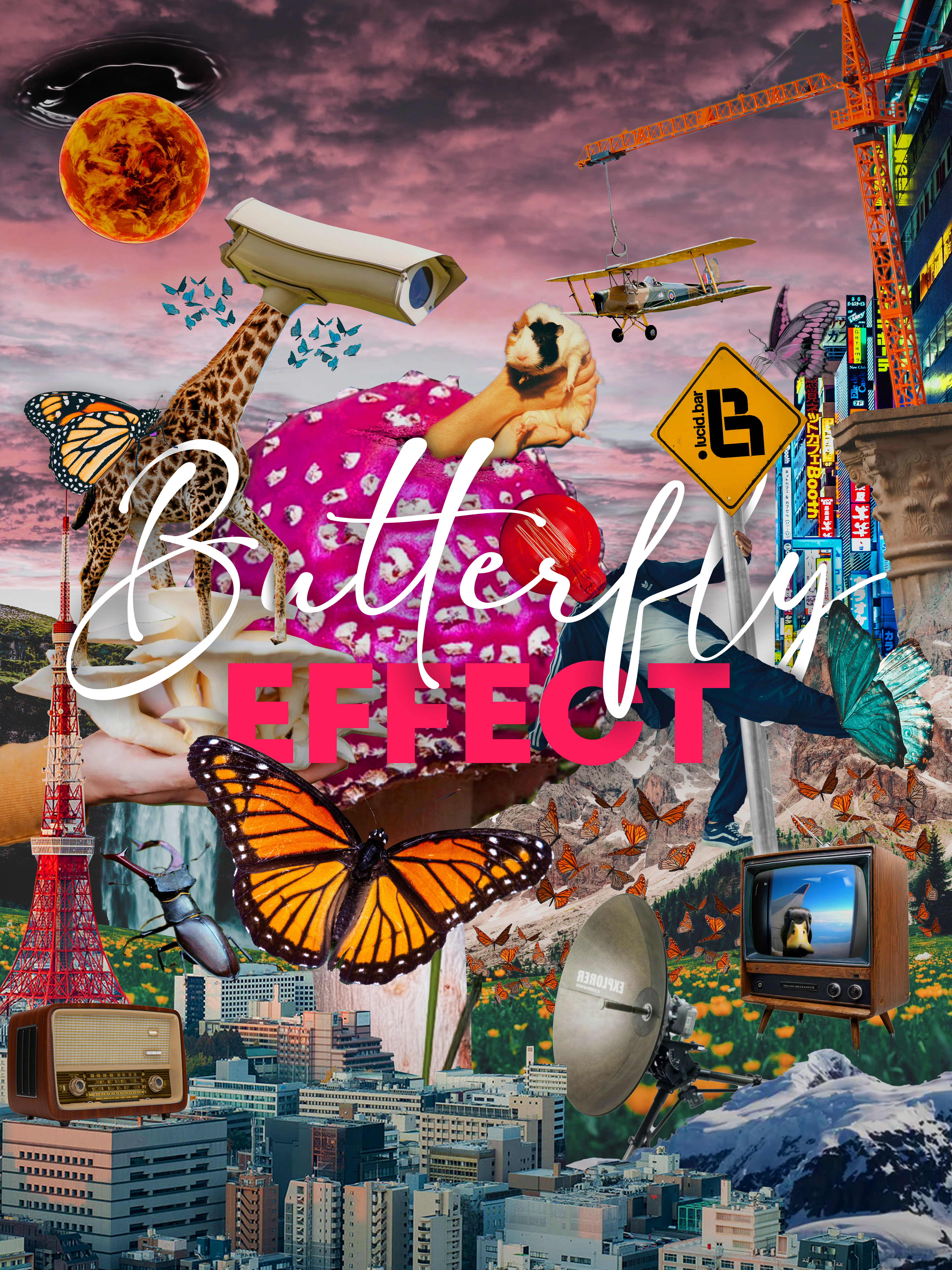
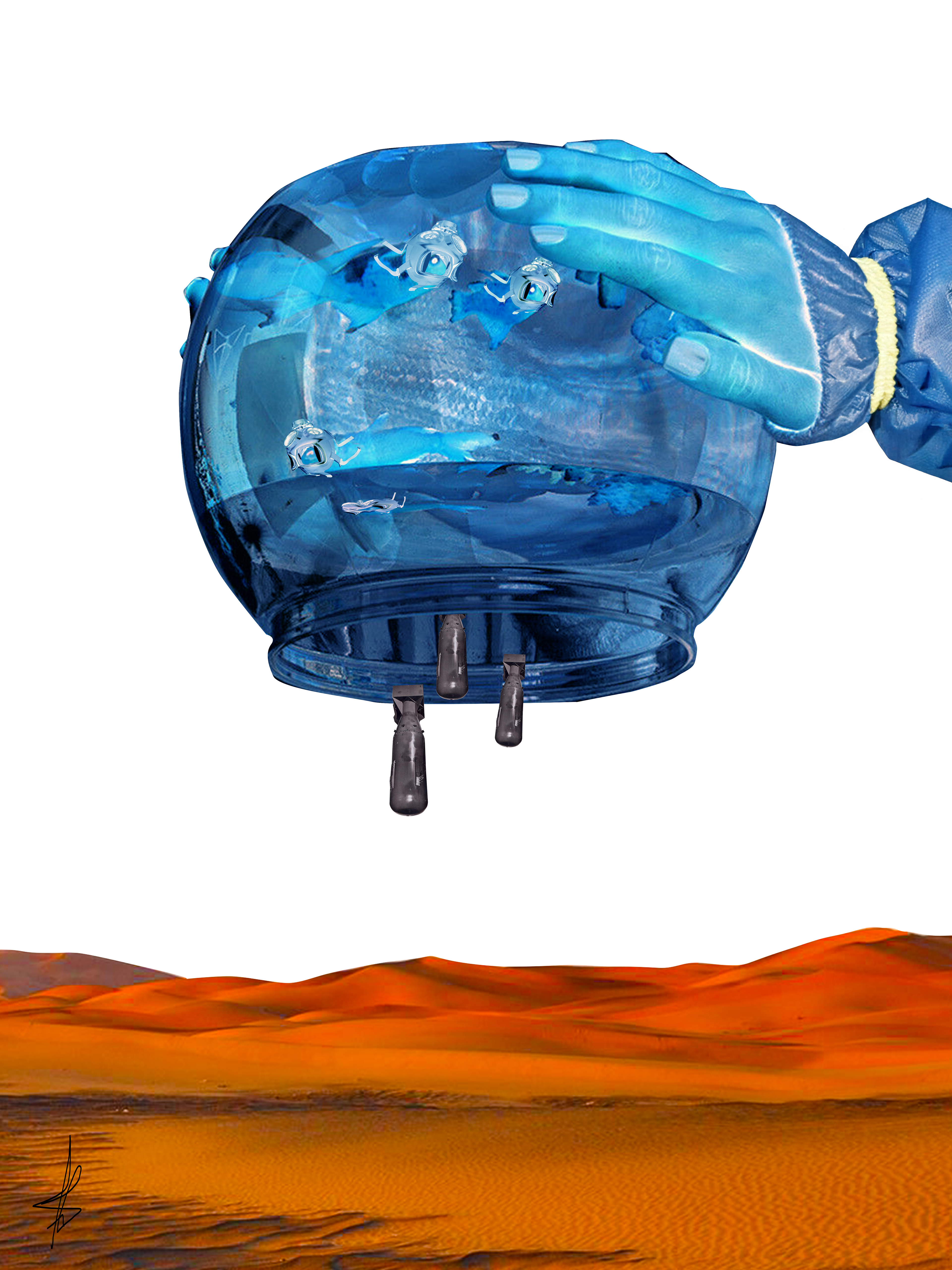
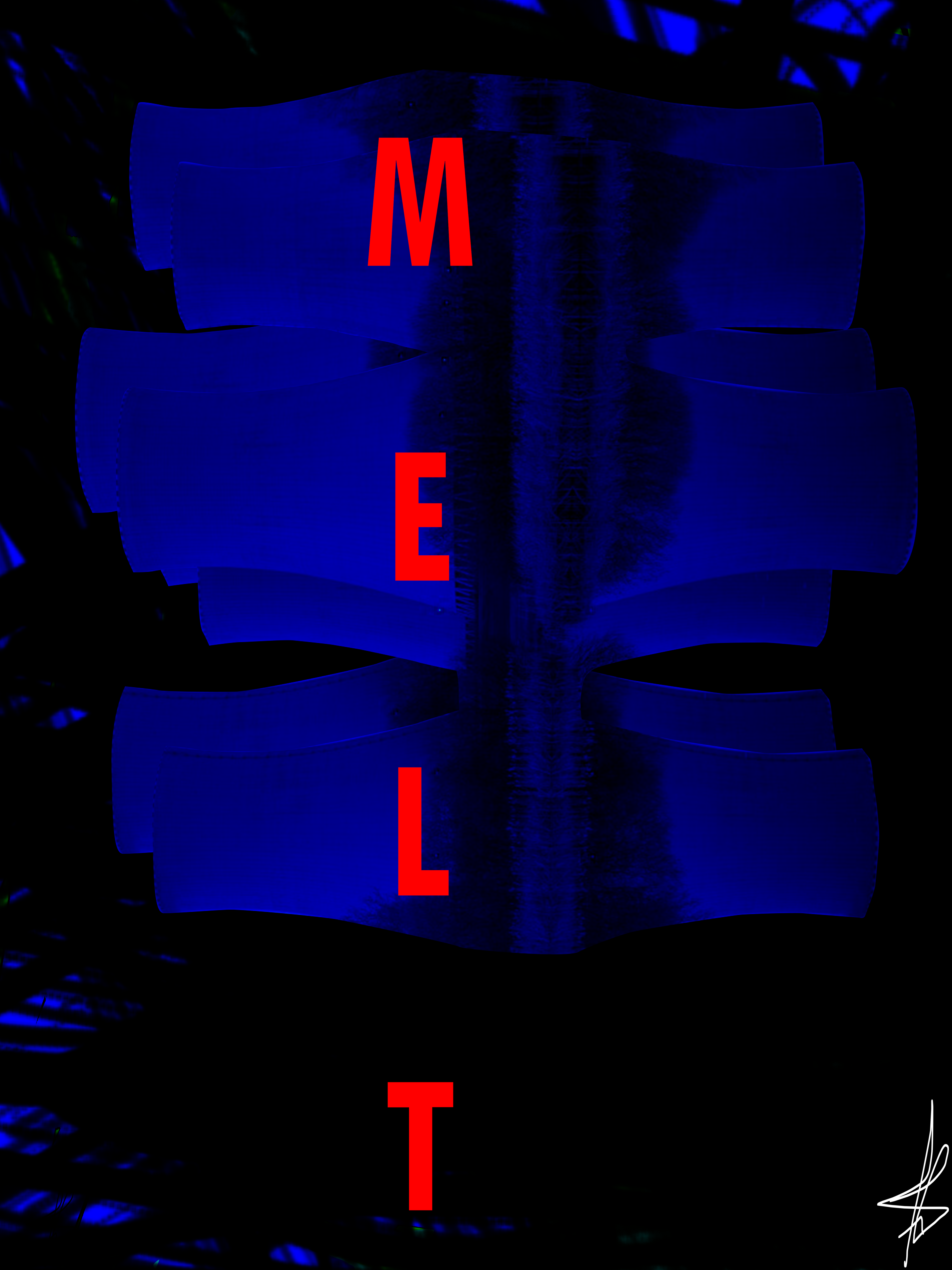
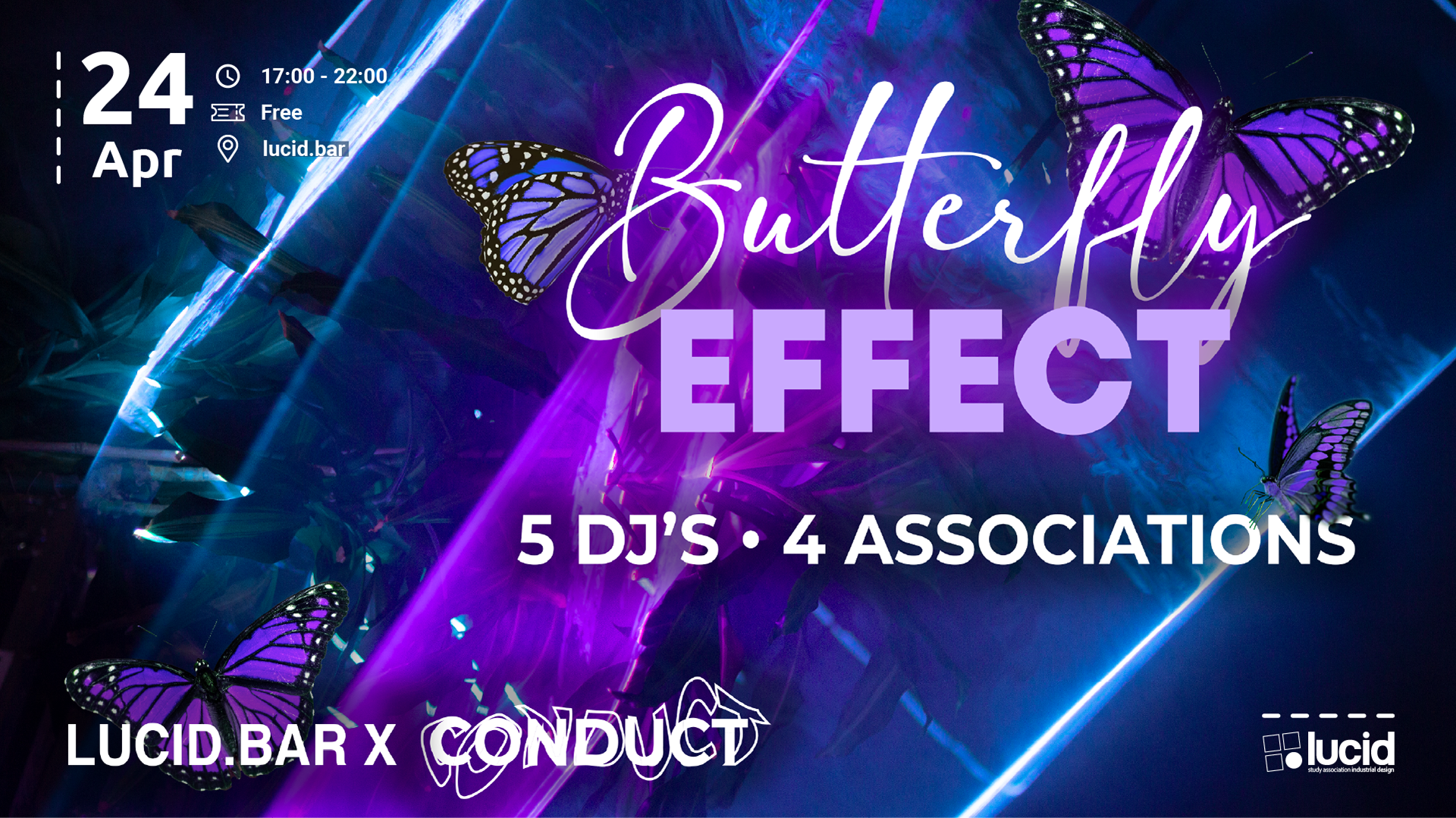
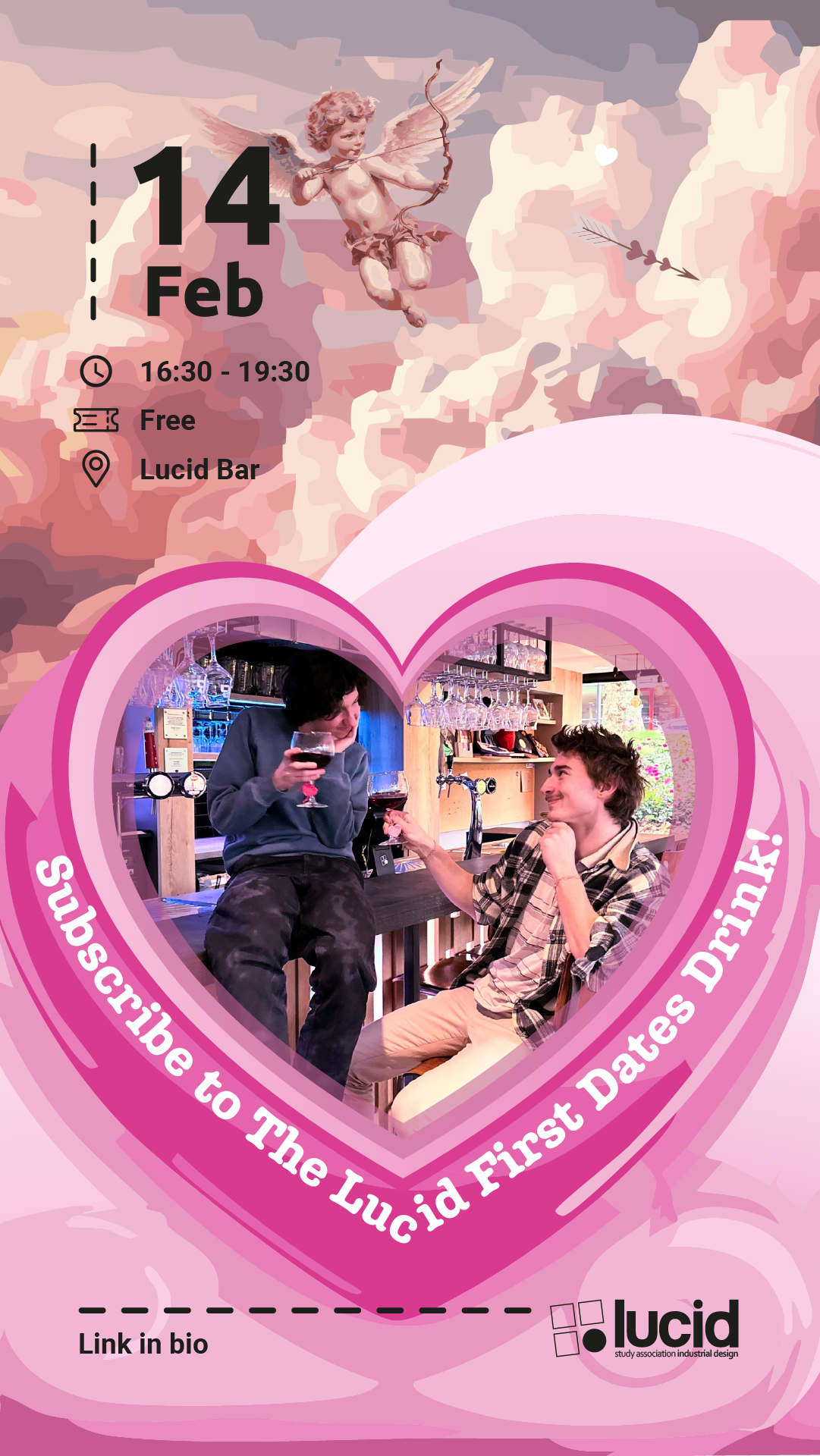
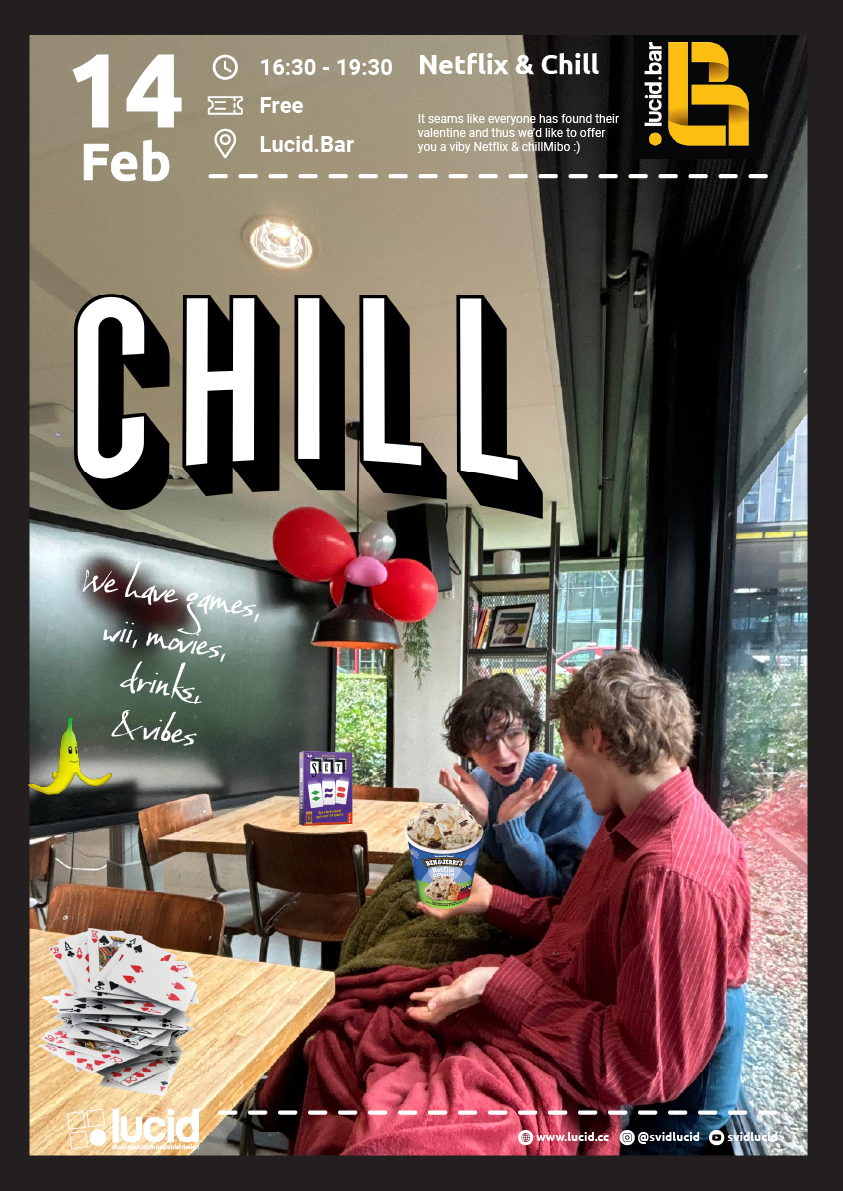
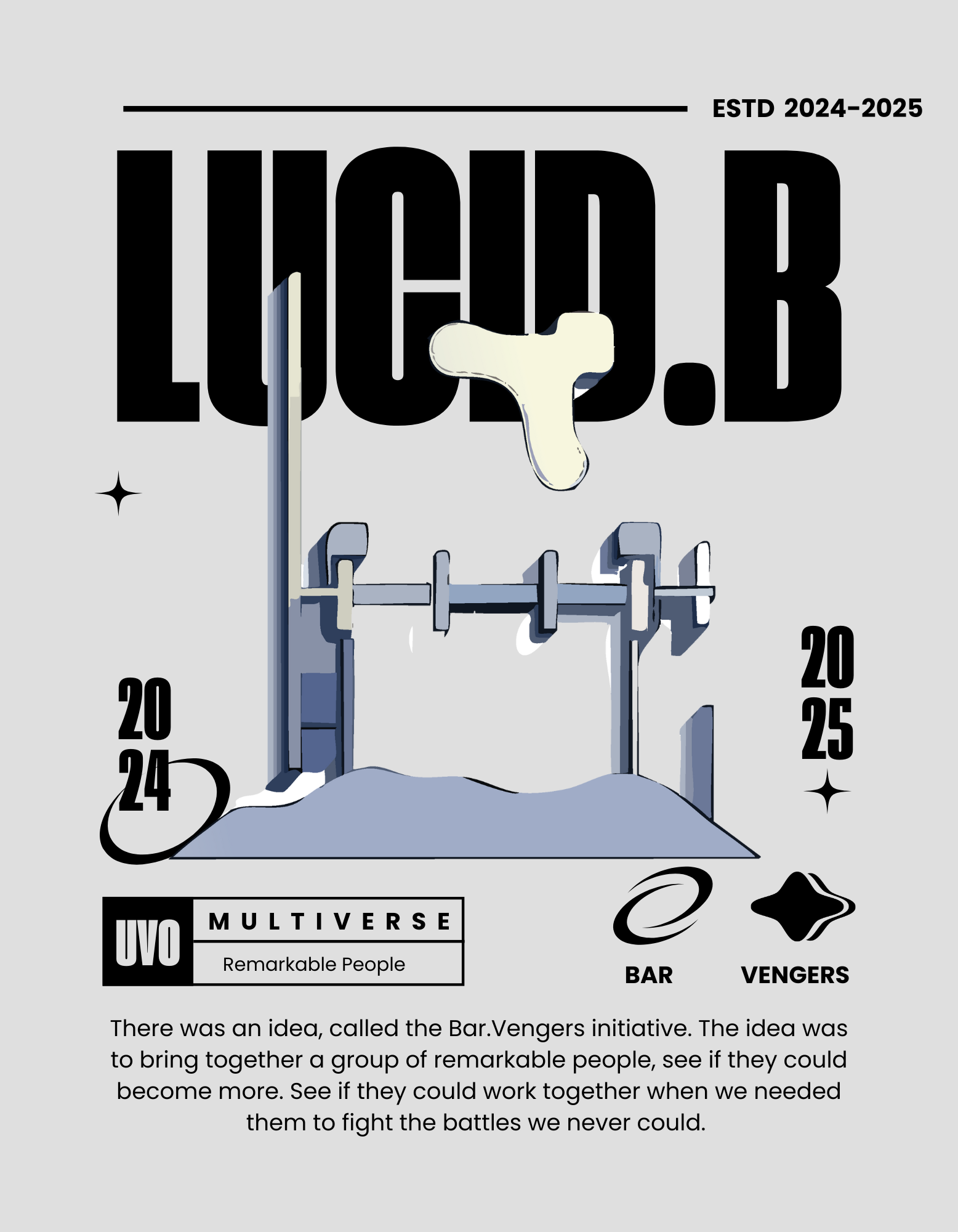
Department Council 2025
I am a part of the Department Council 2025. Here I learned ways of collaborating to be a critical organ to evaluate and assess a large organisation's board. Gaining insights into B&E structures within the university, for example, through evaluating the department's budgets and a 5-year high-level budget plan. Going over essential aspects regarding the operation of the department and its position within the university. Learning to play the political game that allows certain agendas to be pushed forward that are more in favour than others, consistently evaluating the impact that it has on all stakeholders associated.
IDEFINE
In the exam weeks between quarters 2 and 3, I attended a design sprint of a week that was called IDEFINE, hosted by s.v.i.d. Lucid. Here, I chose the track of Social Design, taking on a design case for the municipality of Eindhoven. The case was as follows: How to best gain insight into the needs and wants of the inhabitants of Eindhoven how they see the future of their city. Tracking down 20 already established possible points of interest and scaling them down to 8 goals that can be used to write policy points on by the municipality.
From this experience, I gained insights about the basics of social design through design coaches made available by the department and external sources. Going to Morgen Makers and getting a hands-on workshop on open-ended user research into societal data gathering was insightful. In the end, creating a modular installation, introducing you to a setting of future-oriented thinking, allowing you to take on a bird's eye perspective on which to base your opinion.
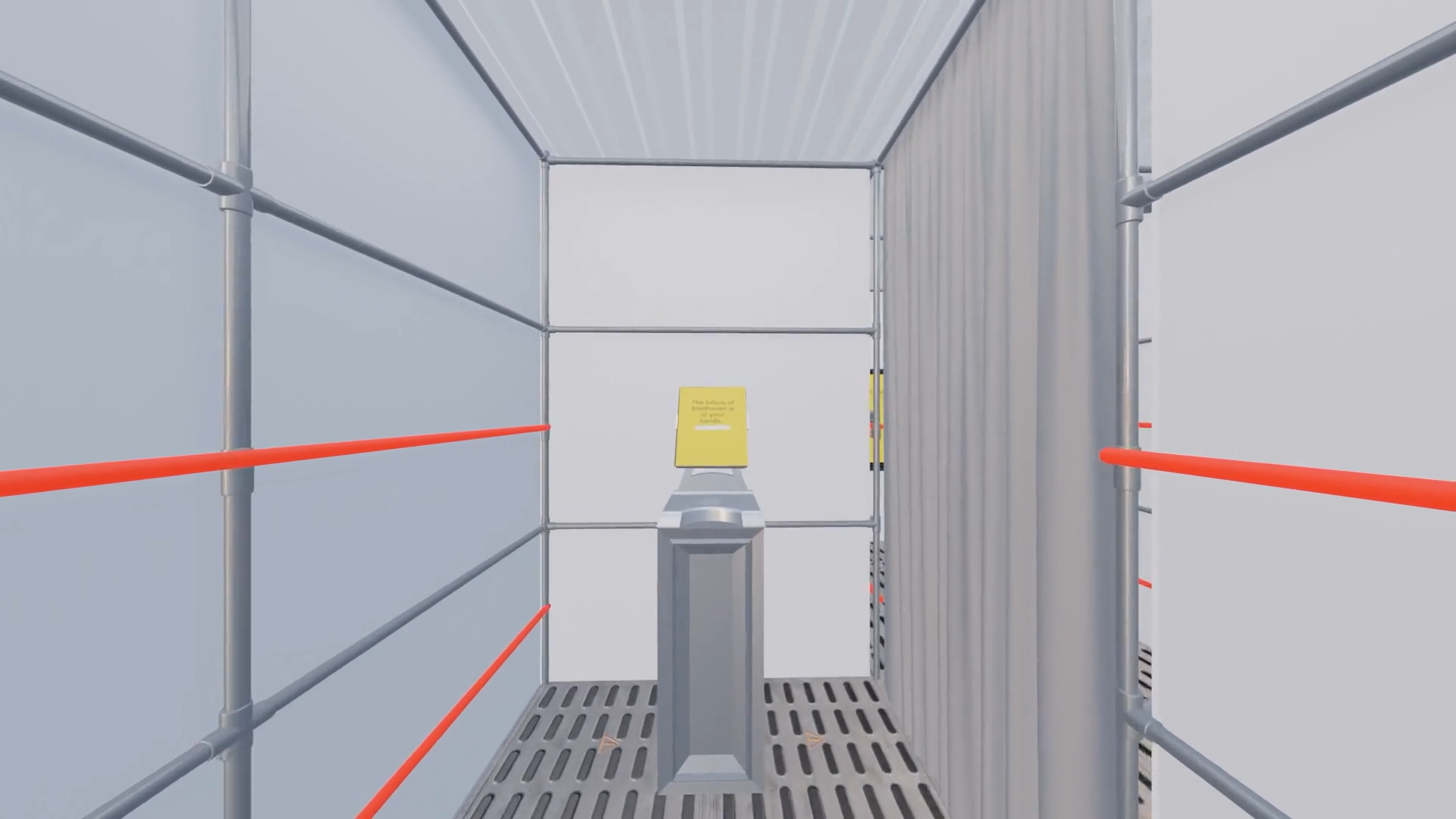
Stage 1: Onboarding process
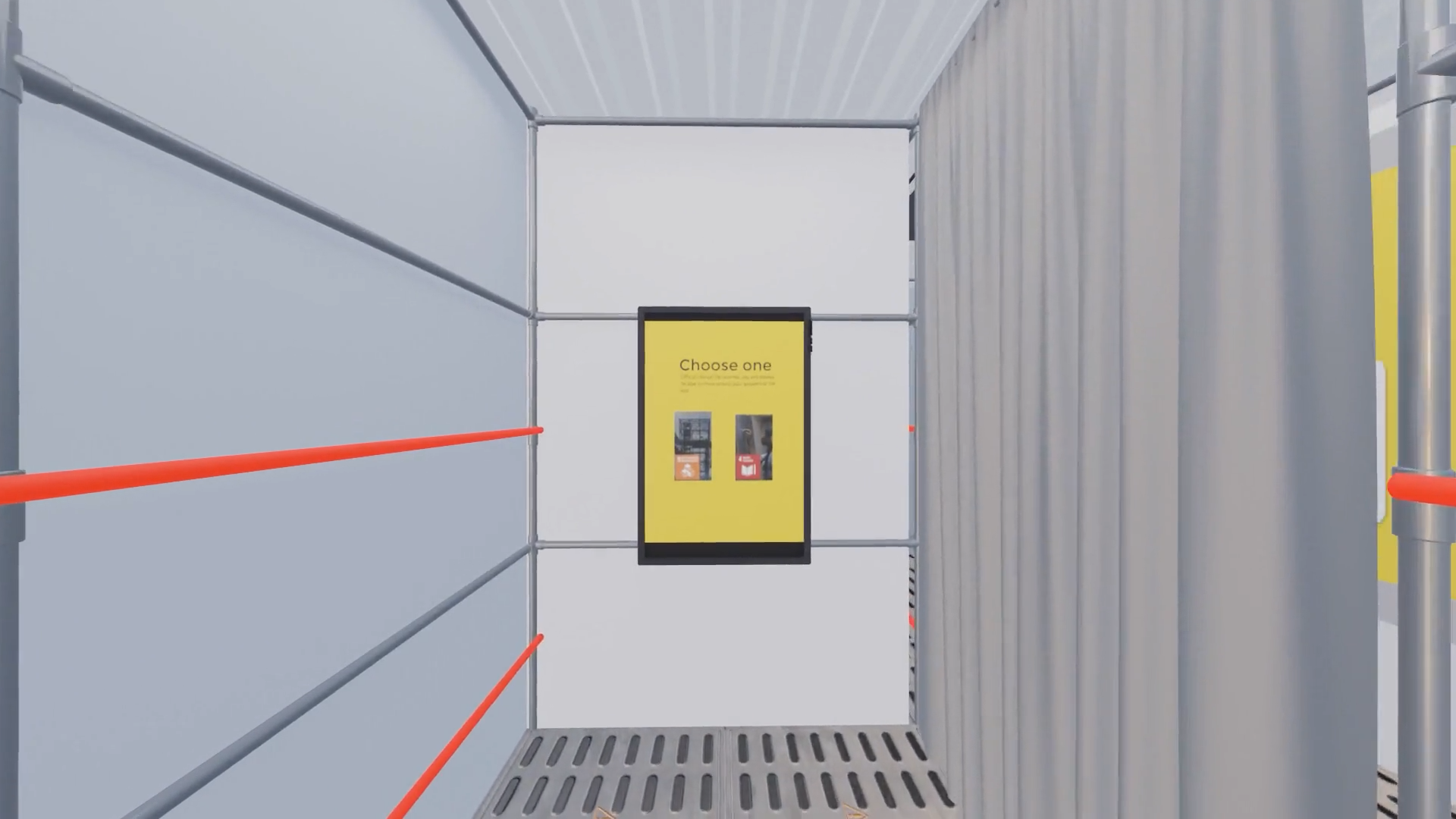
Stage 2: Making choices
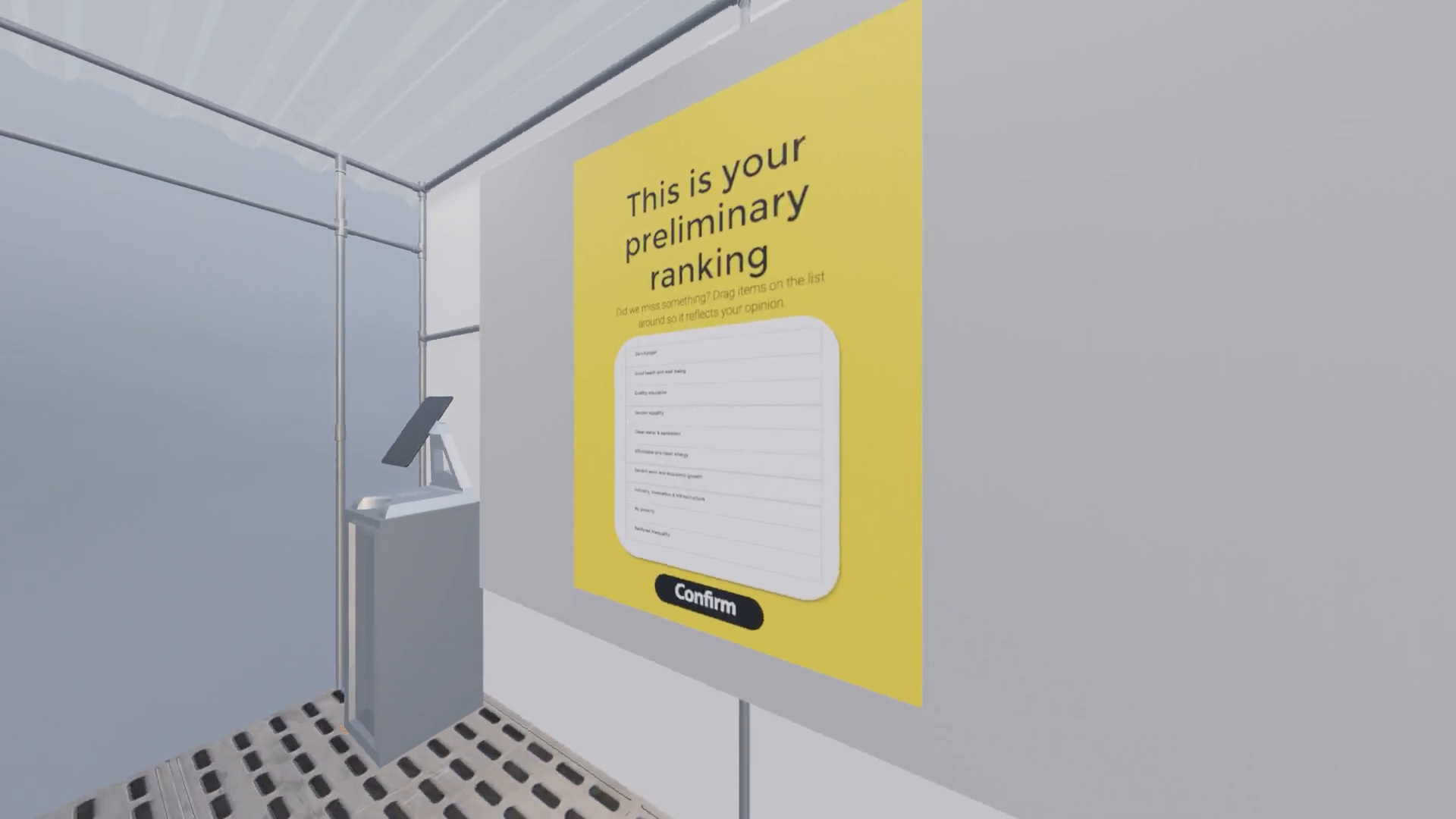
Stage 3: Ranking board
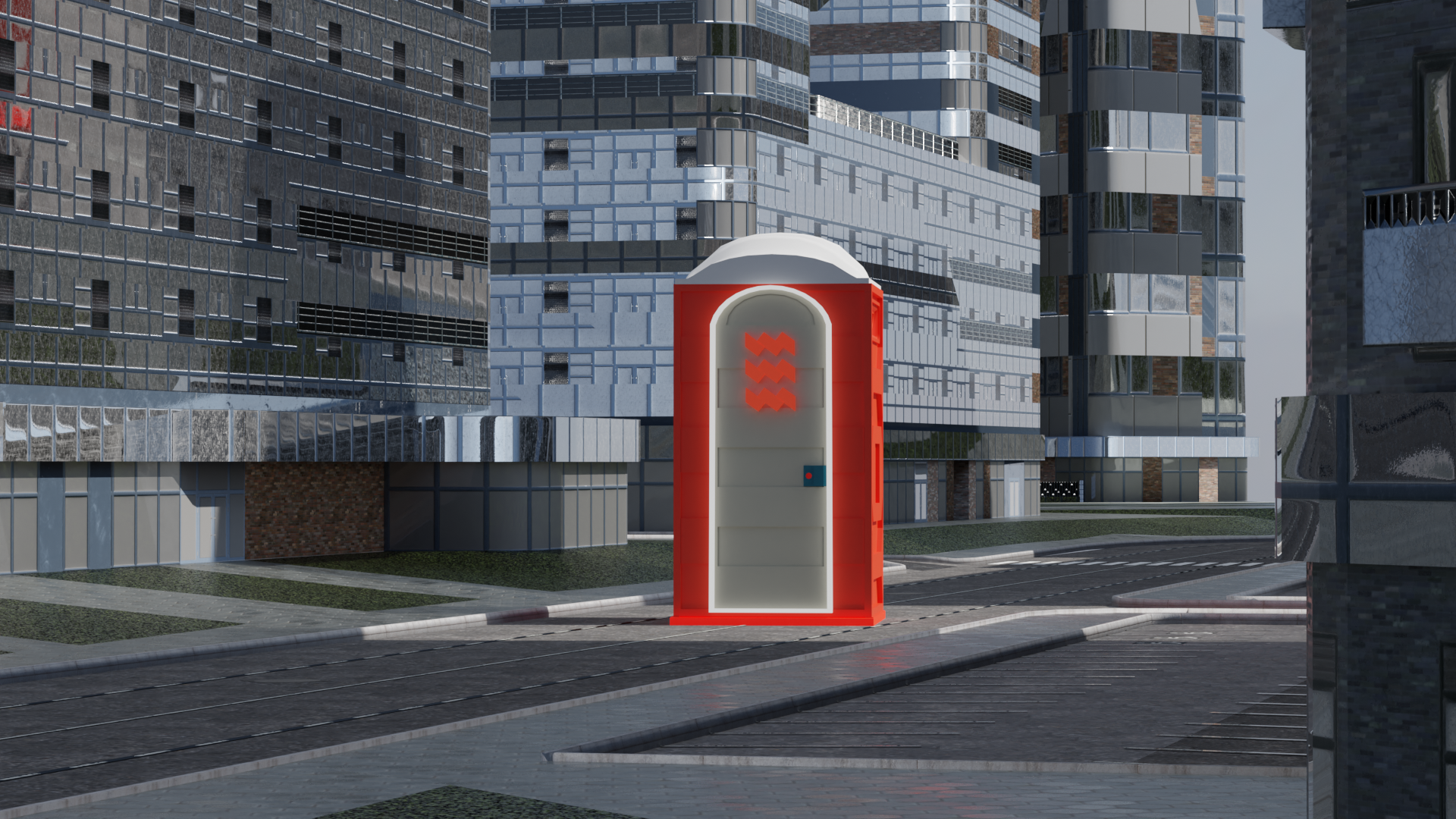
Initial Dixie concept to gain peoples insights through making use of a ritual that all humans take a part off.
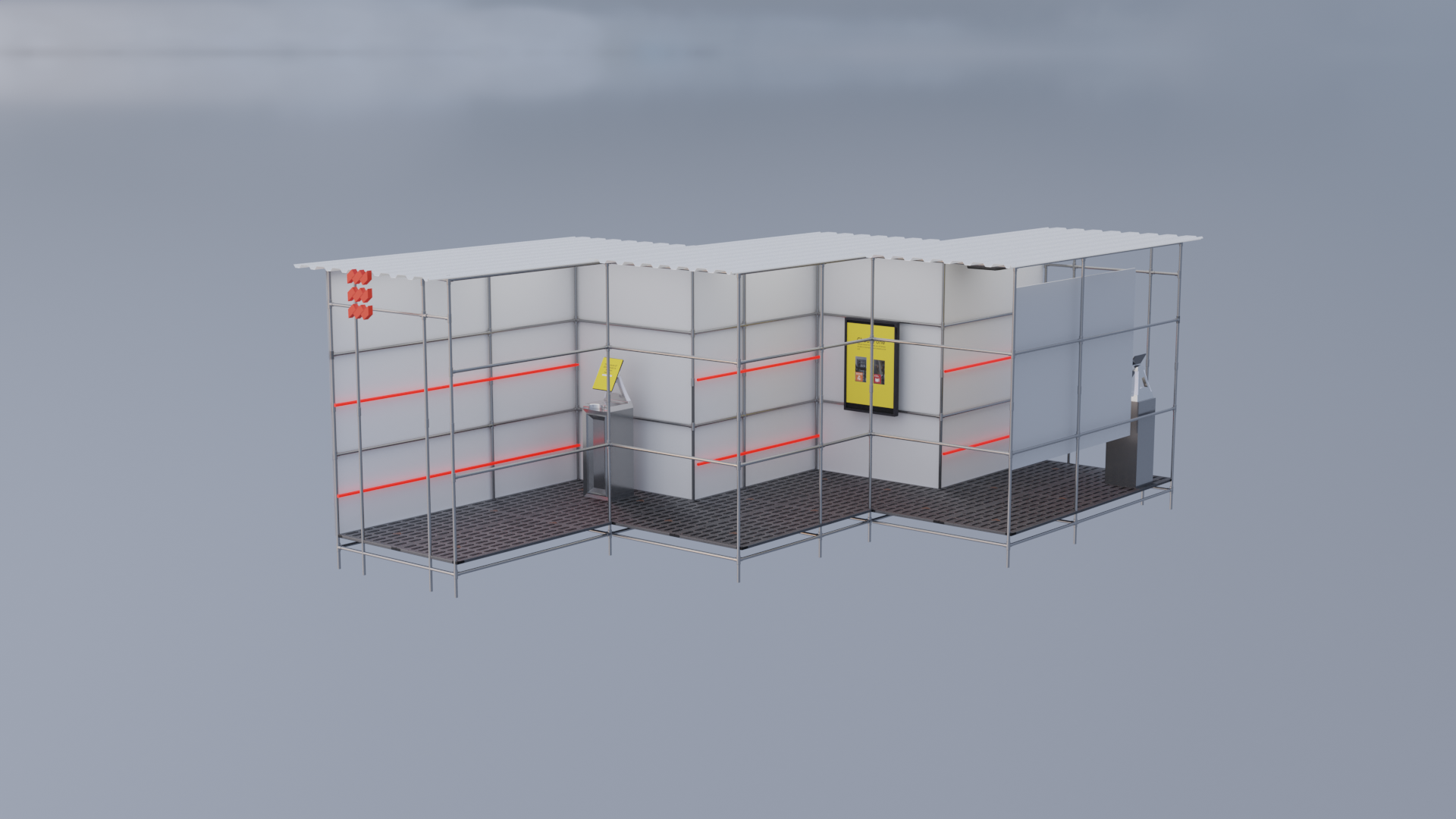
Overall structure Design
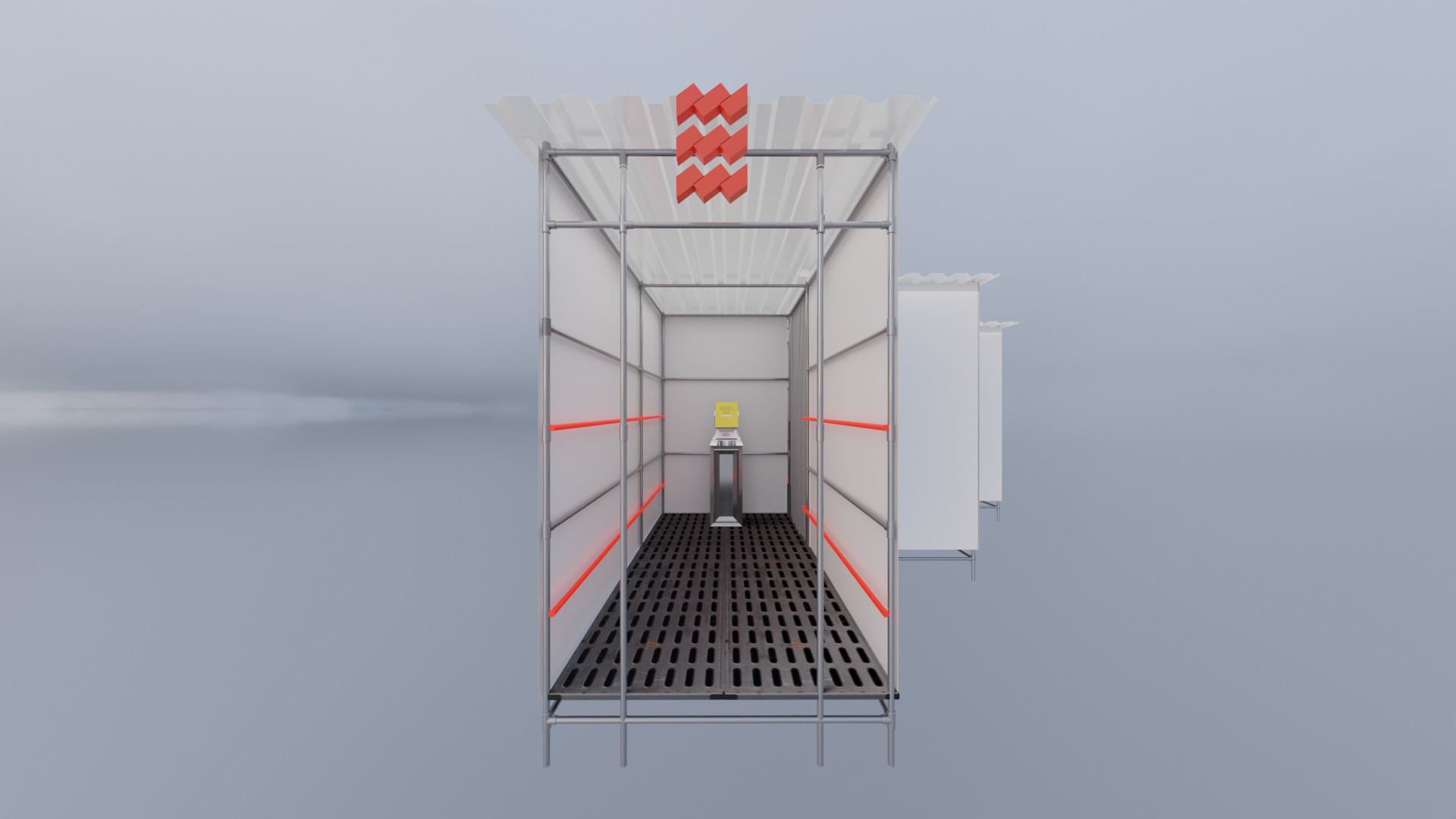
Front view
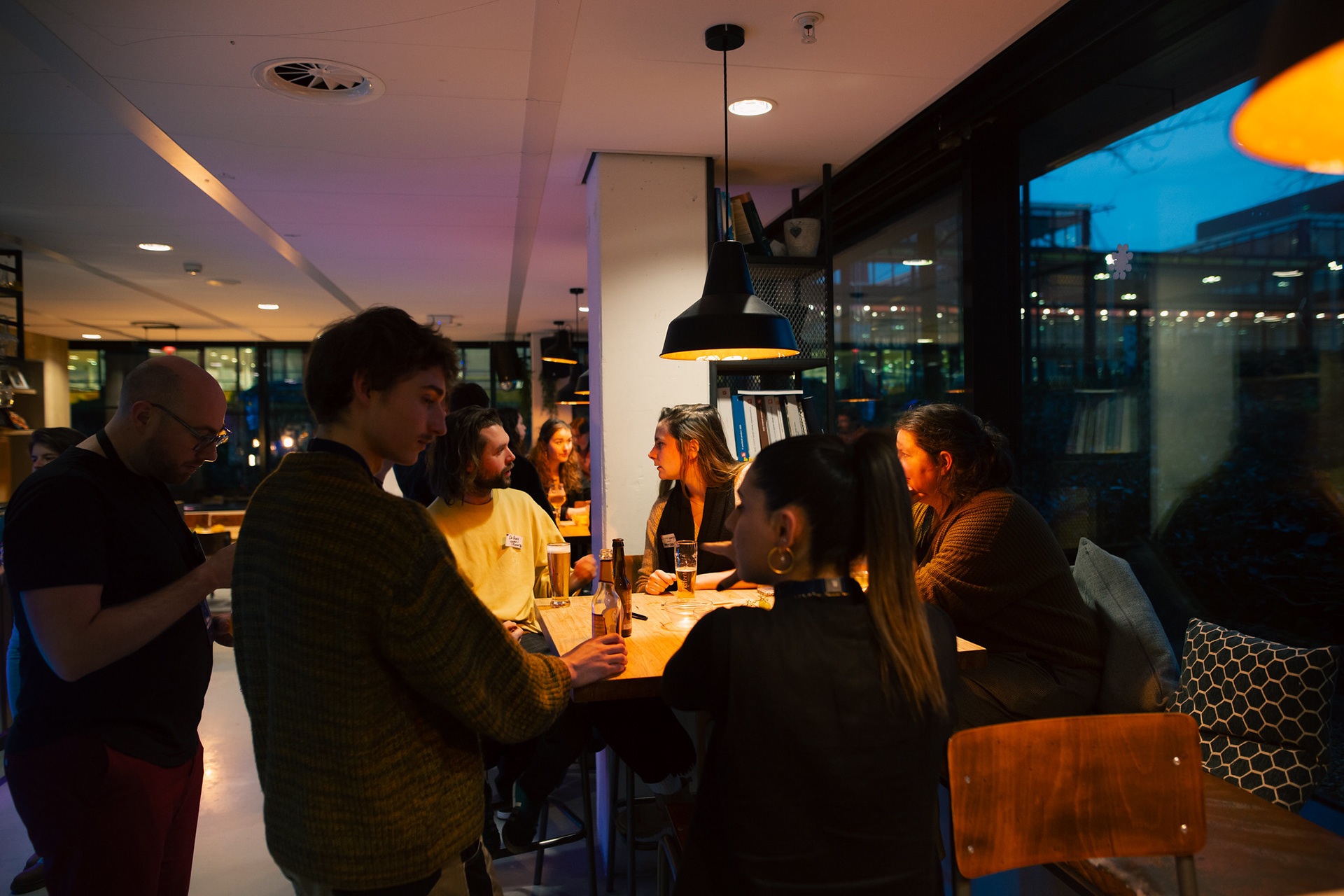
Participating at an alumni networking event
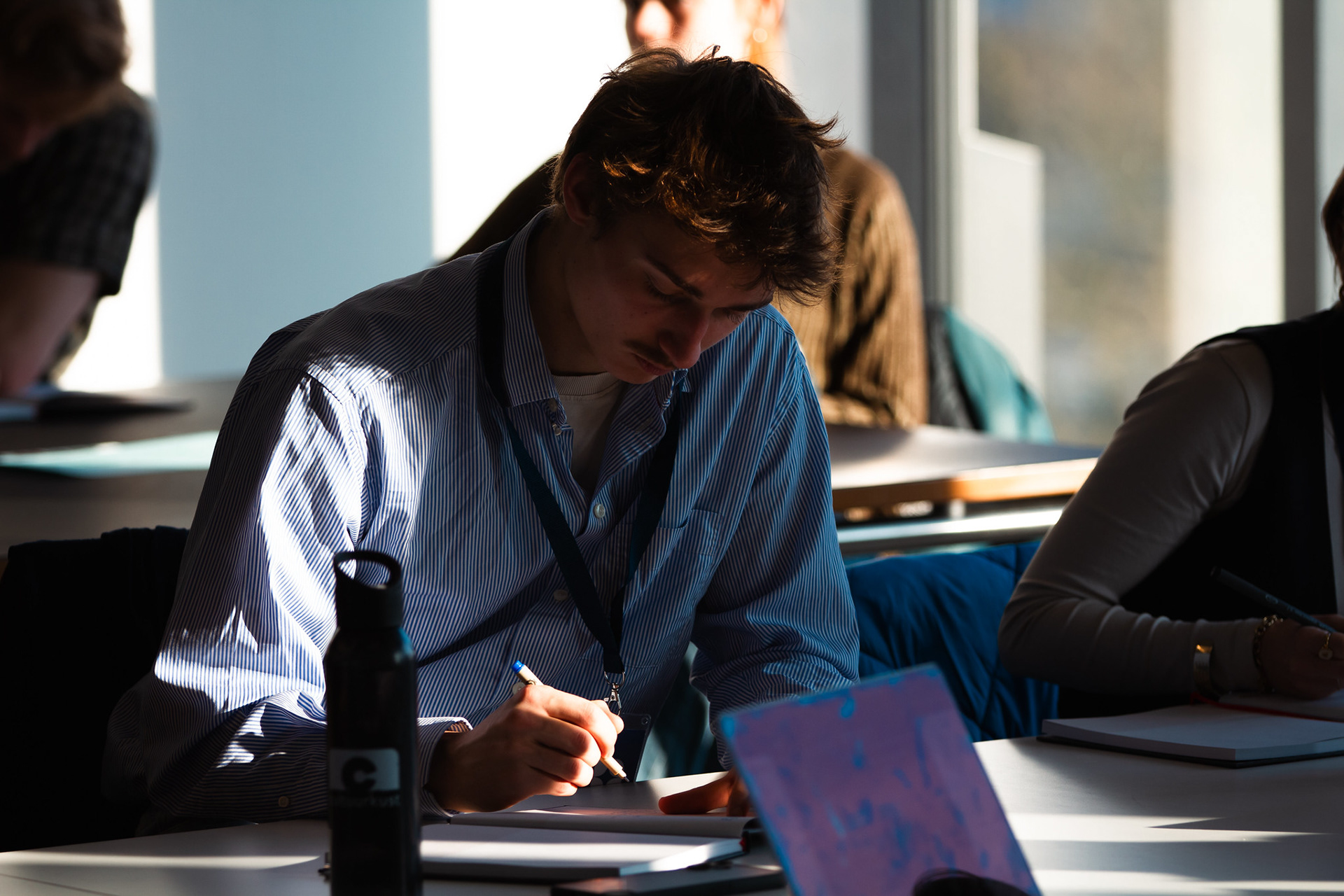
Brainstorming on possible approaches
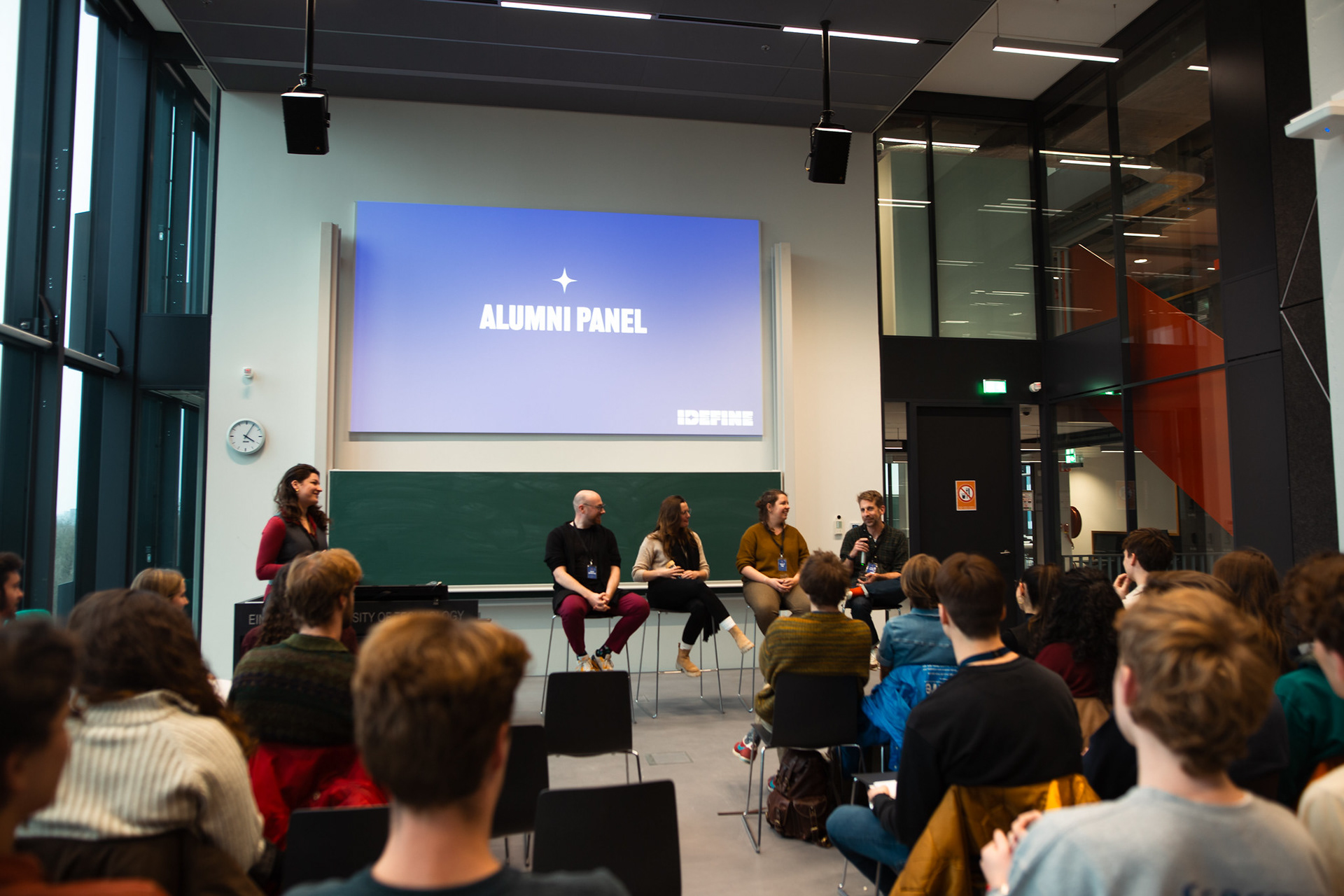
Participating in an Alumni Panel
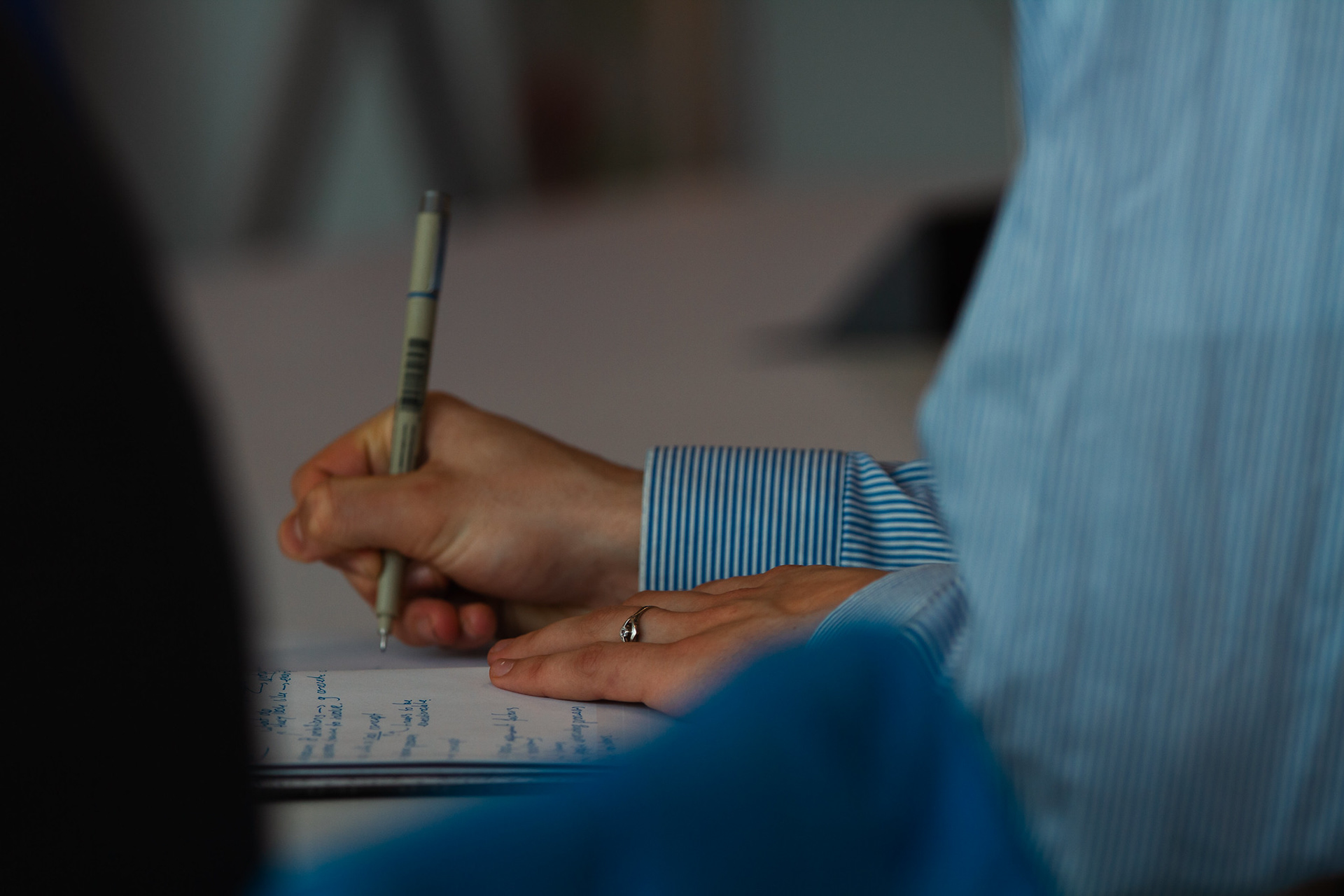
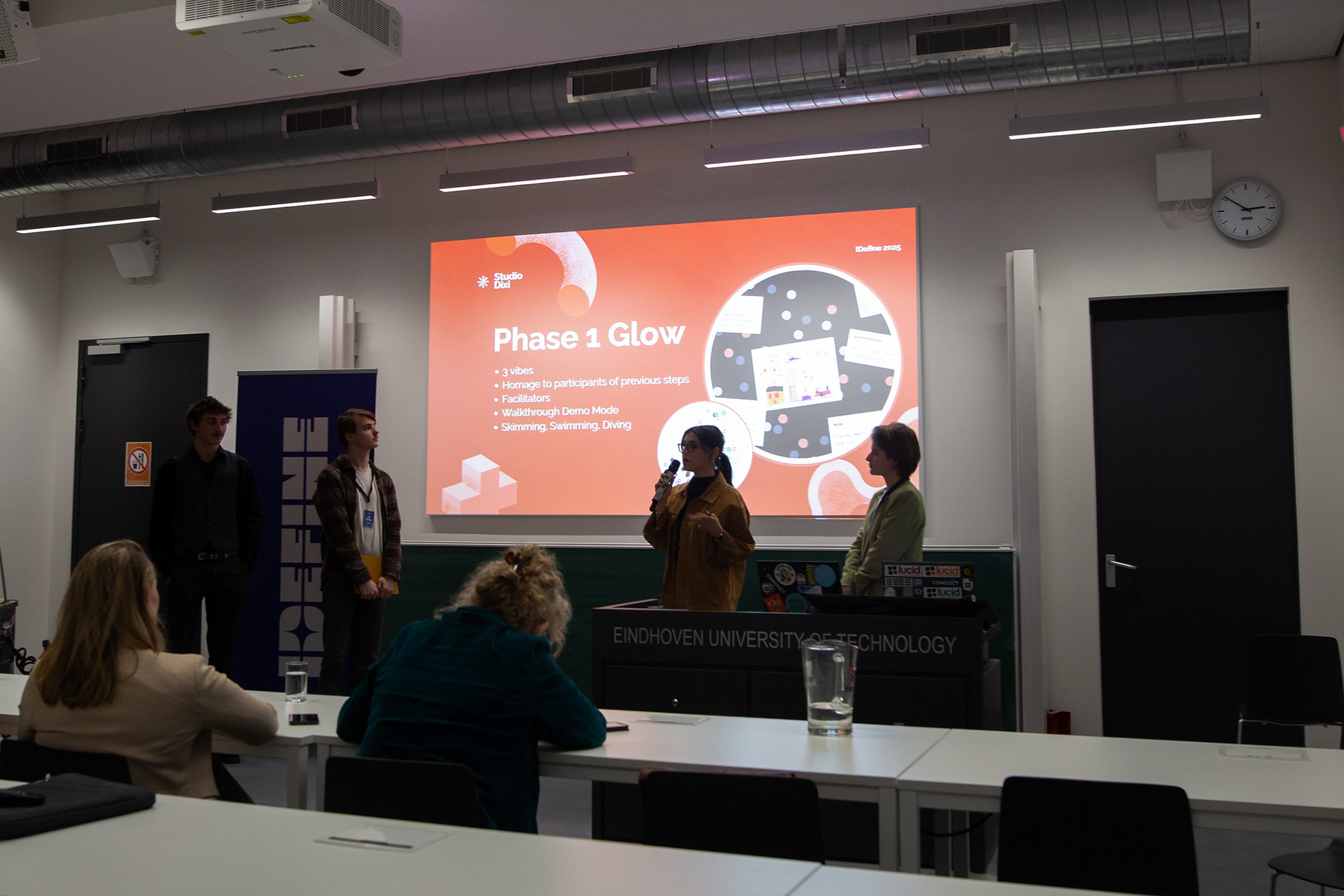
Presenting Final concept to the municipailty
Demo video on the experience that citizens would have when giving their feedback
DAVER
Over the summer, I came into alignment with a peer in our visions. Both being inspired and motivated to learn more and integrate immersive experience design into our PI&V. We created a small business to go off on our own, starting out by seeking out knowledge on how to start a small immersive experience design company. This led us to seek out external contacts such as Tim Scholten (ID Alumni) who started his own company out of university, Concrete Culture (coördinator of immersive experience design exhibitions), Bart Veen (experience designer based in Amsterdam), and Motion experience (experience design playground based in Eindhoven). During this process we dove into the world of immersive experience design seeking out what kind of design studios were working in this field of design.
After collecting this information, we had also managed to create our own vision and approach to immersive experience design. Now ready to apply it. We looked for open calls, and saw an opportunity to do something for the festival Conduct hosted by s.v.i.d. Lucid. The theme was liminal visions, which we channelled through two installations. One on the ticket sale drink and one on the festival itself.
This learning experience has given me the chance to critically evaluate my PI&V, exactly what it was meant for. Now, seeing the key insight that I yearn for a narrative to convey through this methodology of communication.
This journey taught me a lot about perseverance, almost giving up a month before the festival itself, having my peer being absent for the conduct ticket sale drink. needing to do everything on my own. But upon his return,n I gave it one more chance to make it work, and in the end really glad that I did, for we created something incredible. Something truly worth all the effort that had gone into this start-up since the start of its existence.
Conduct ticket sale drink; Box #1
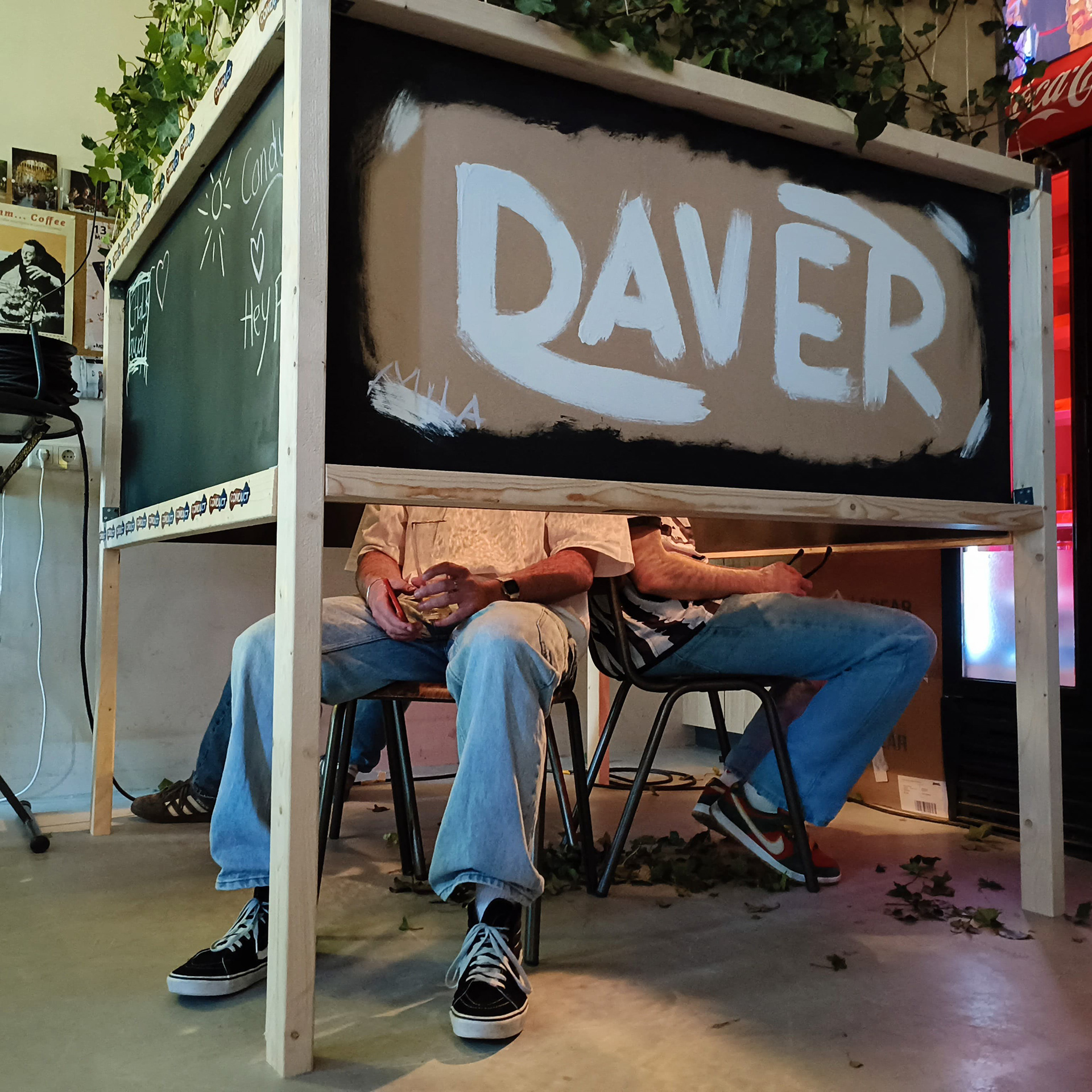
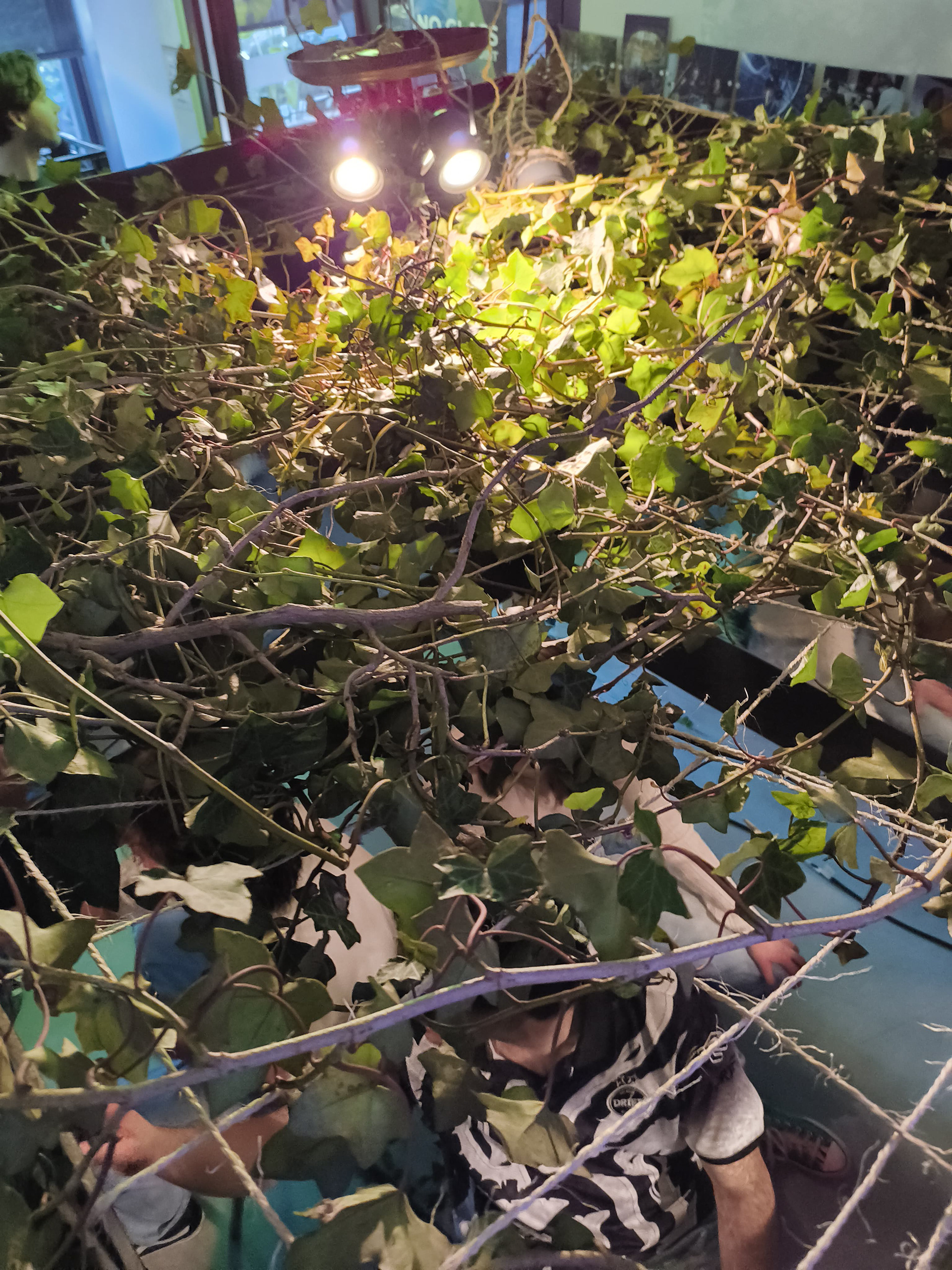
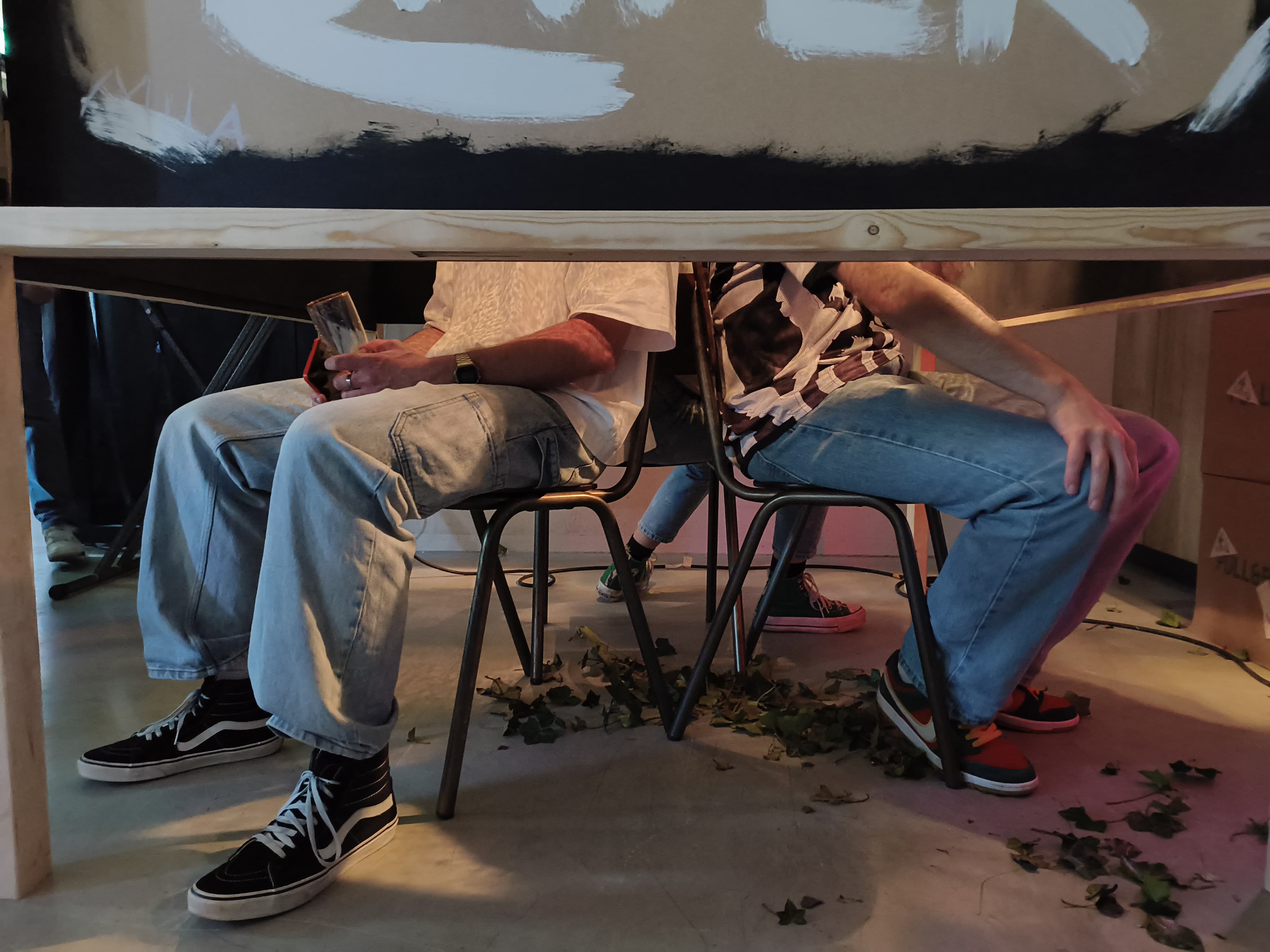
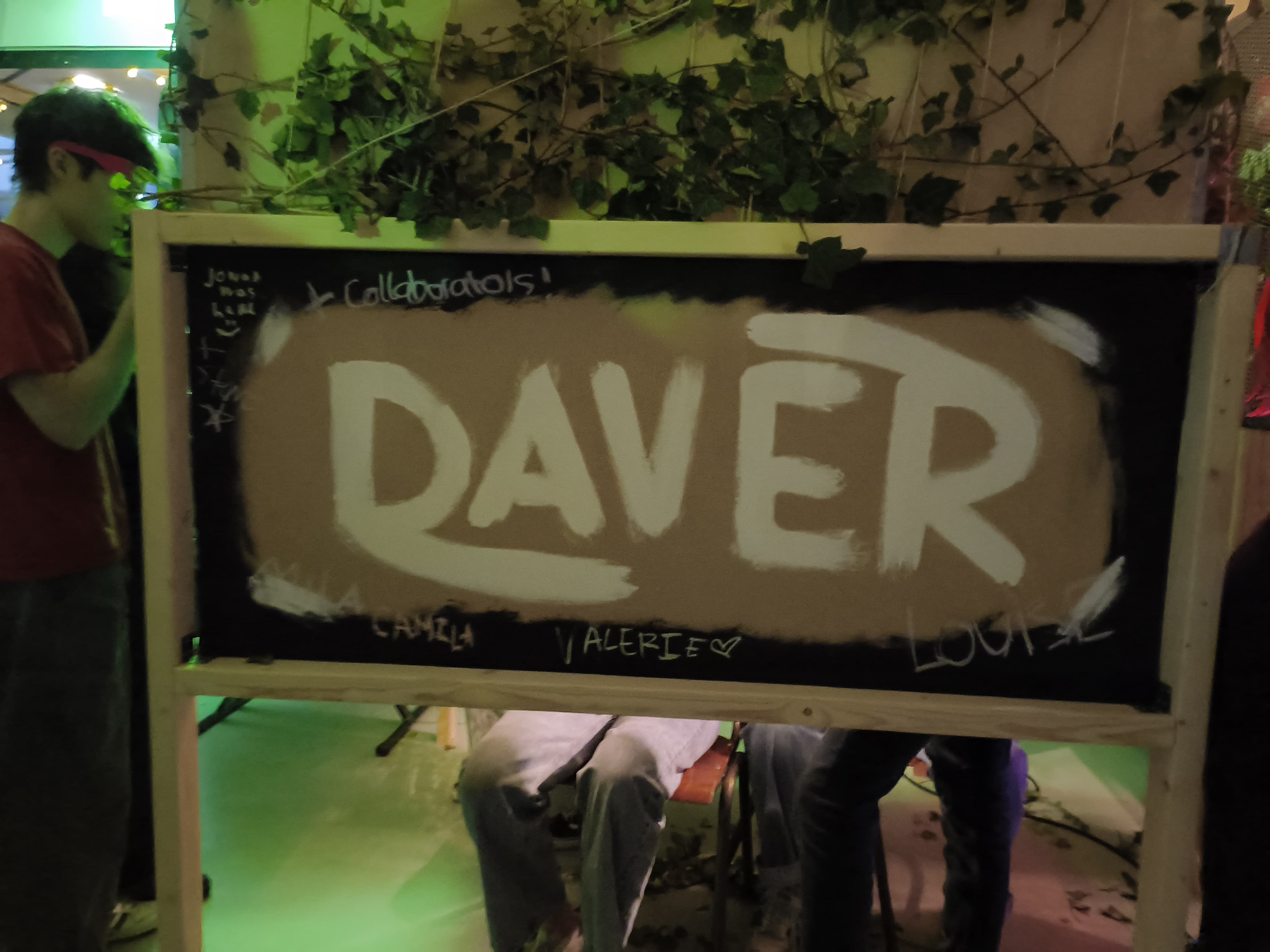
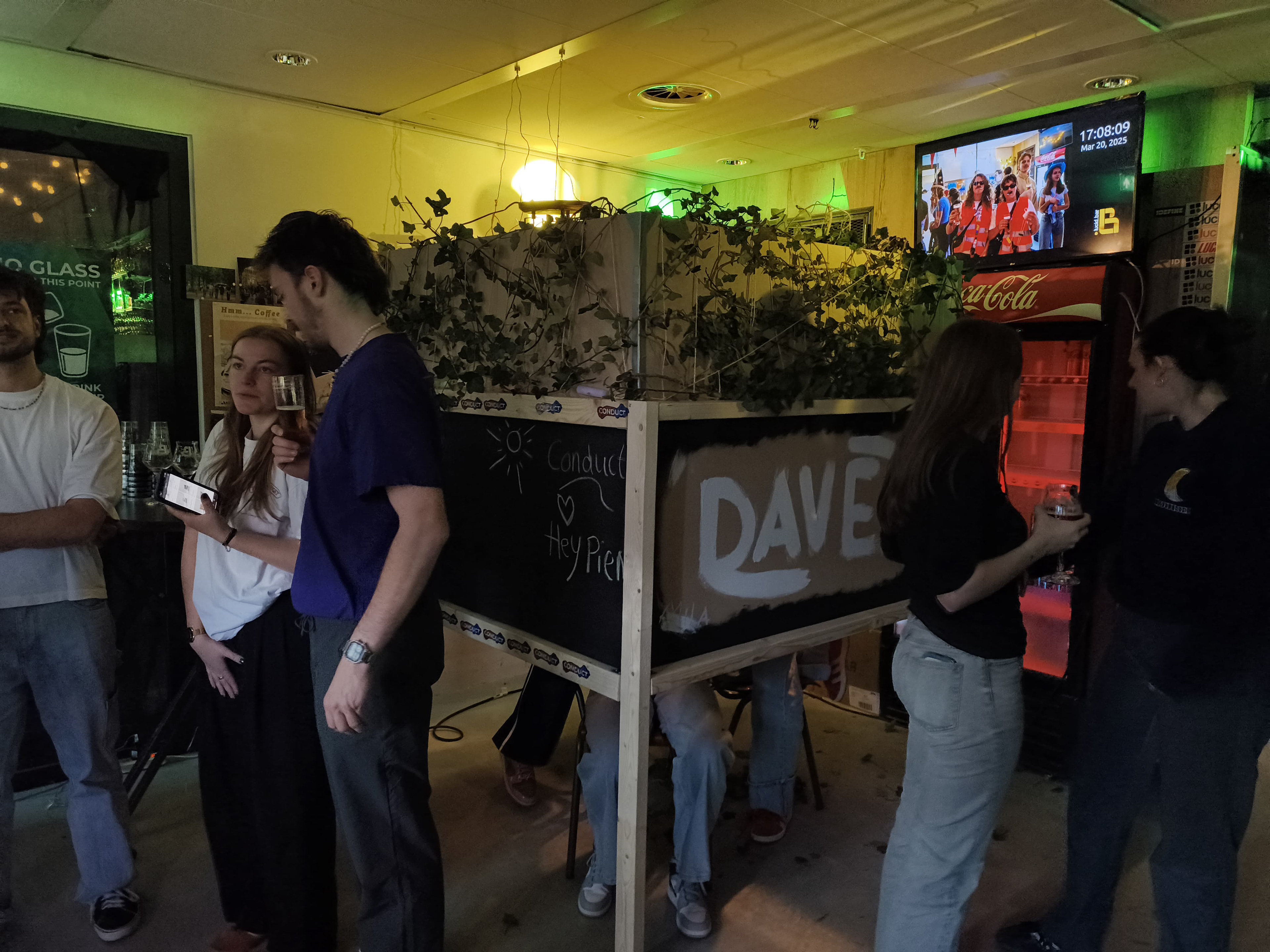
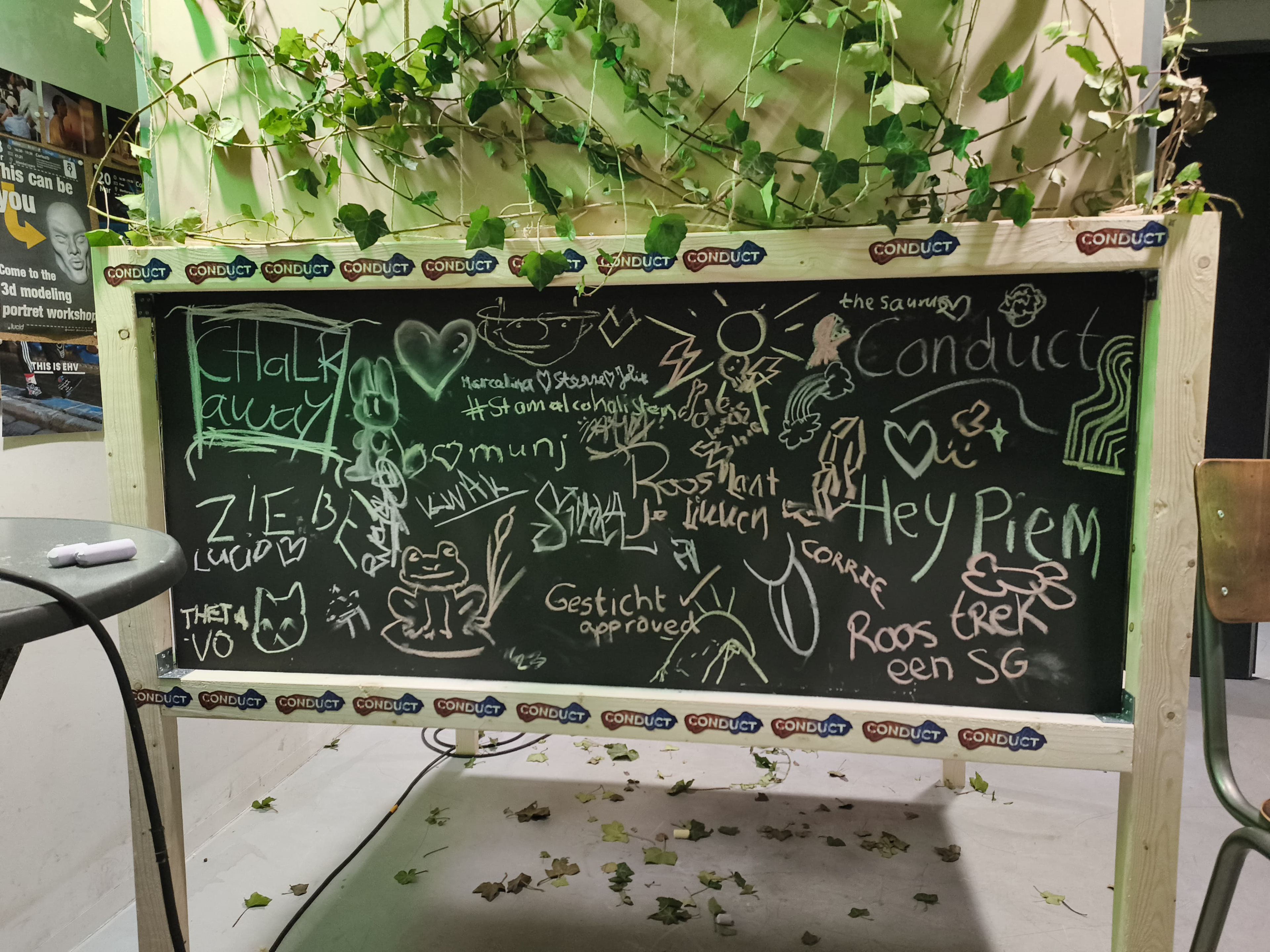
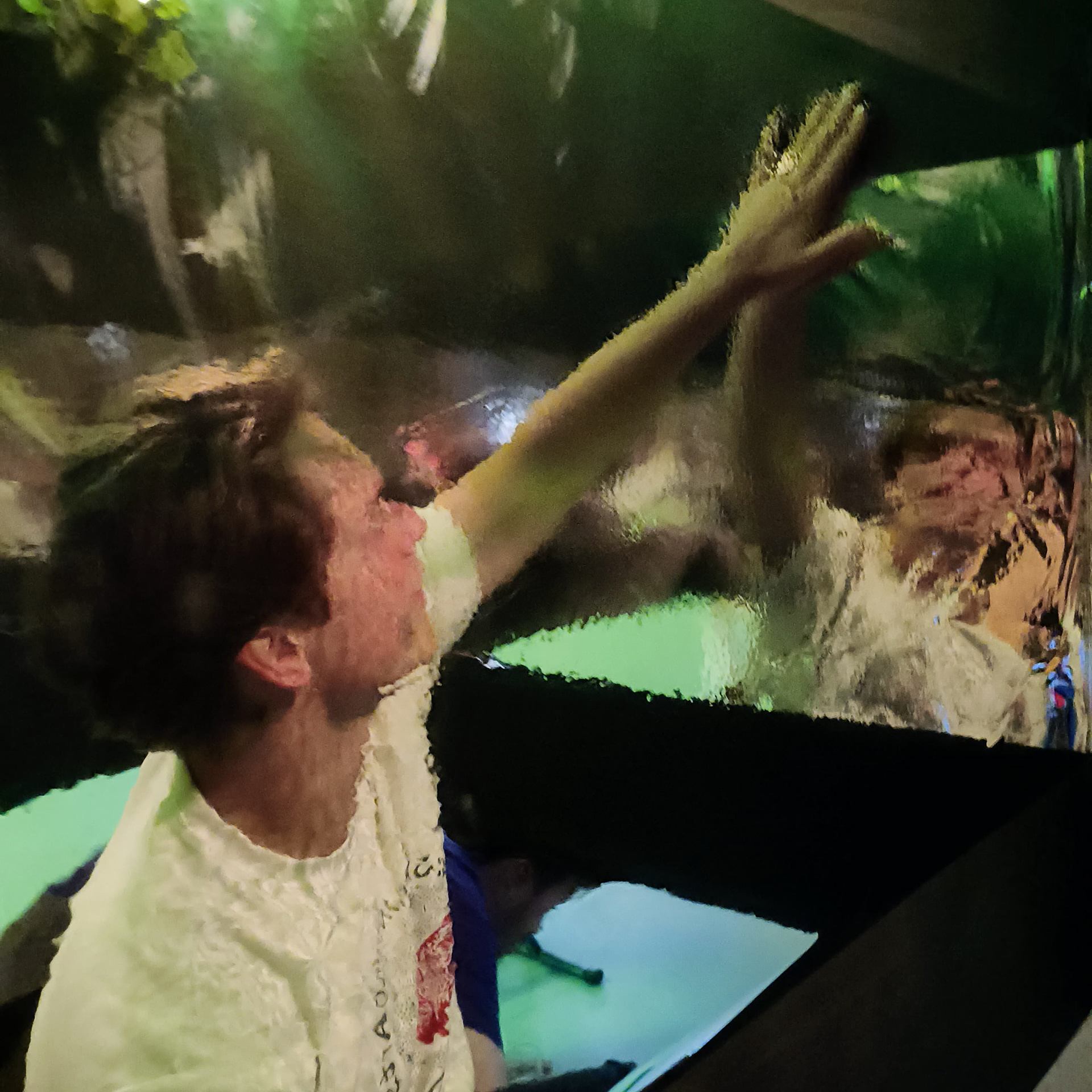
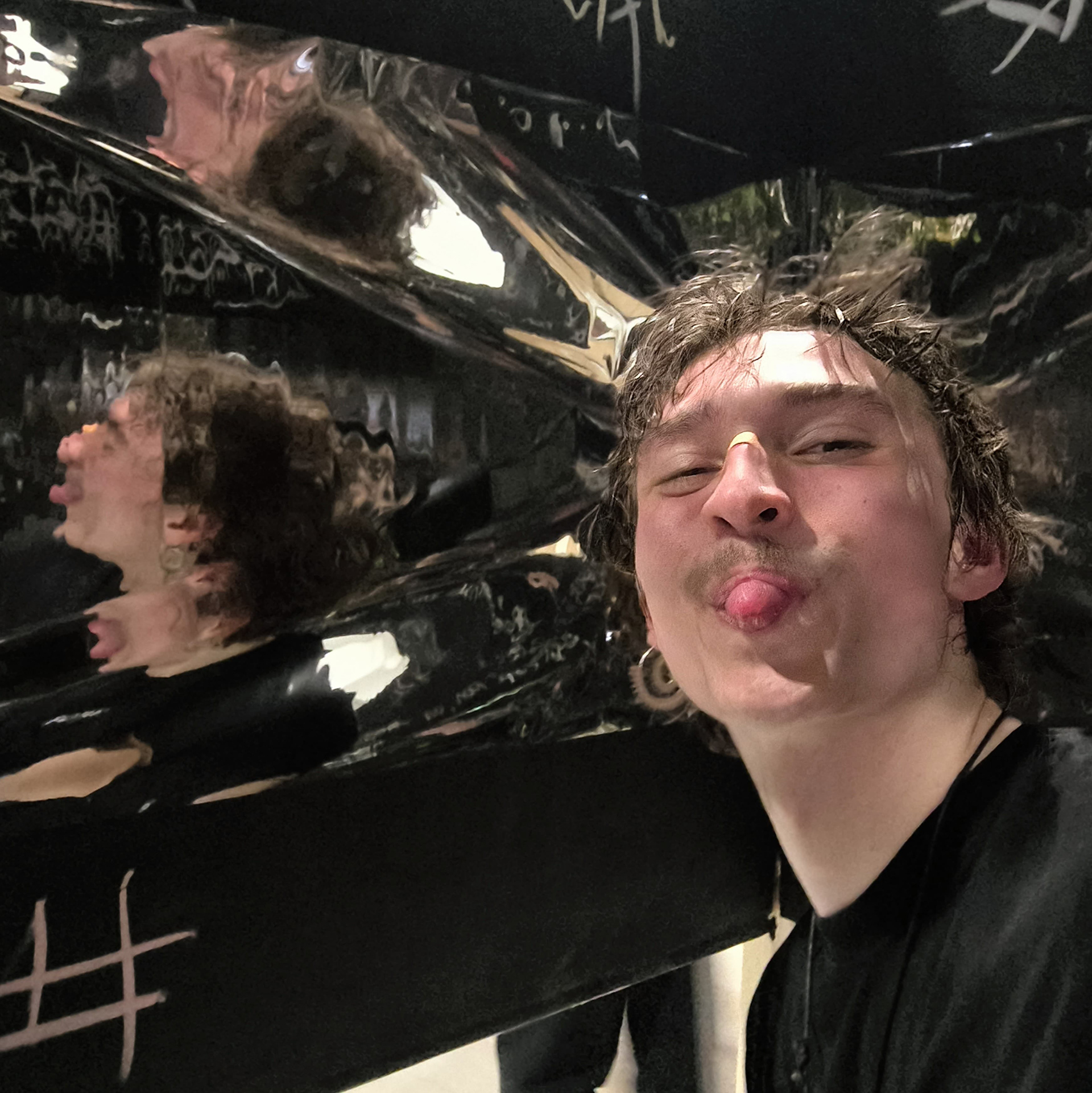
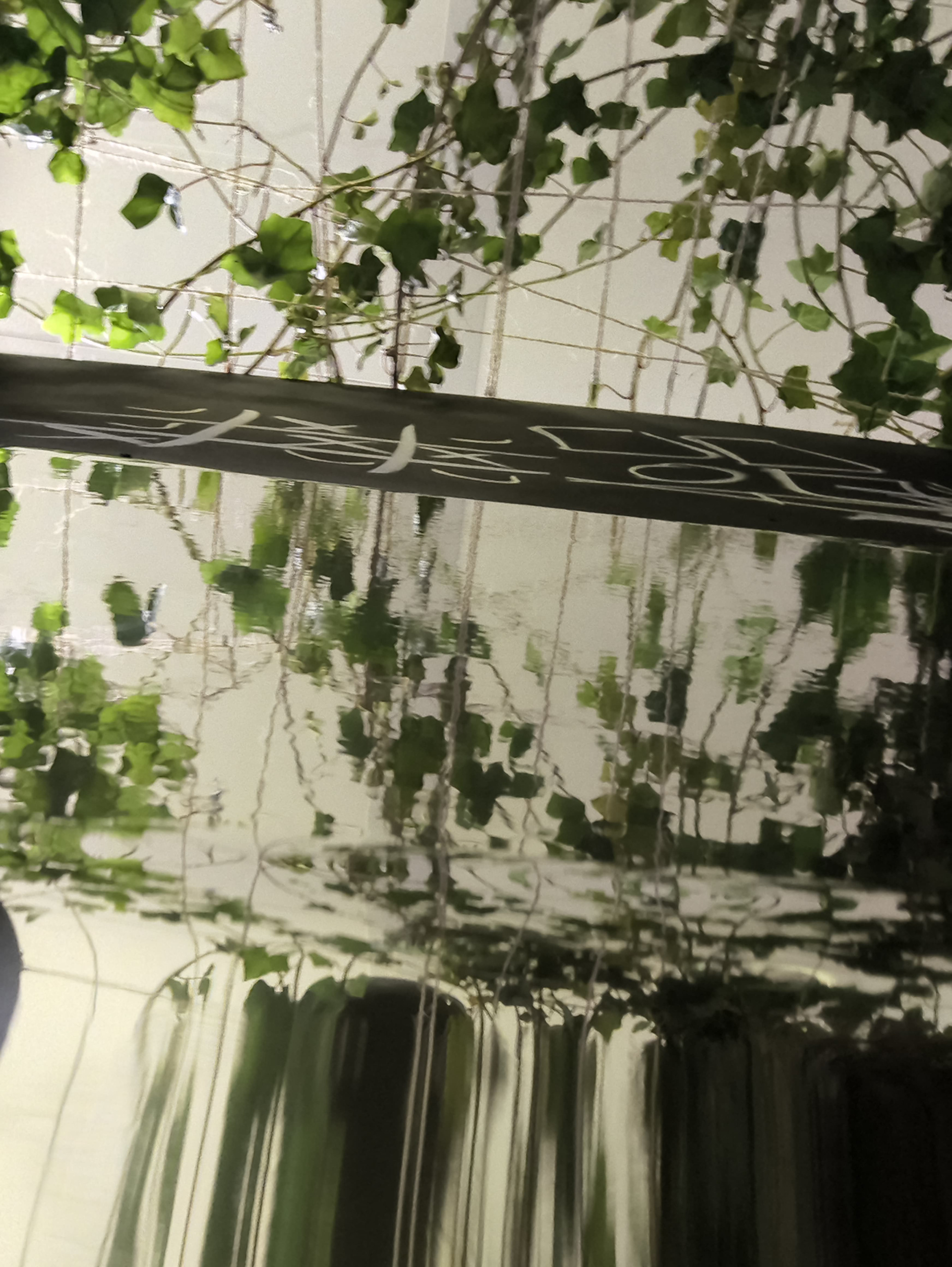
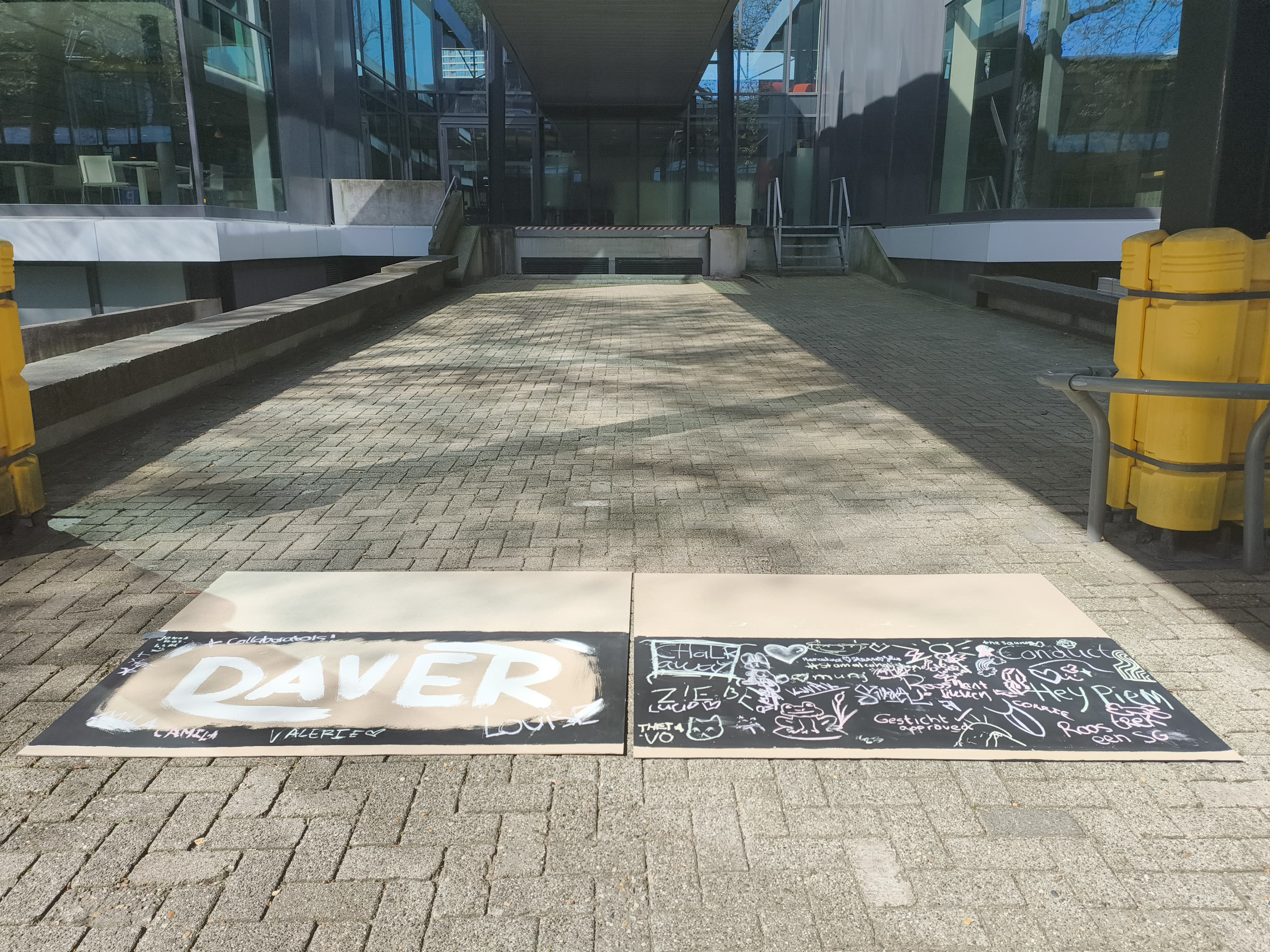
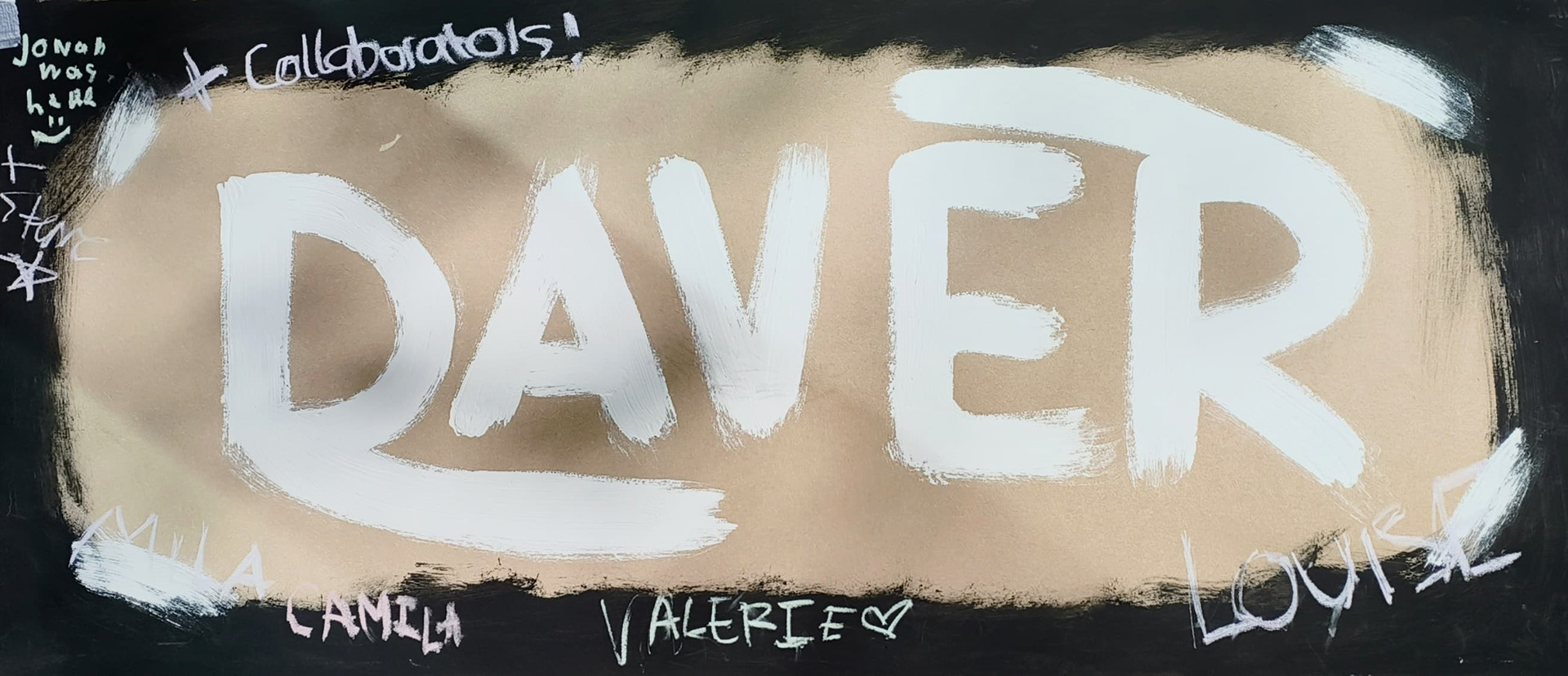
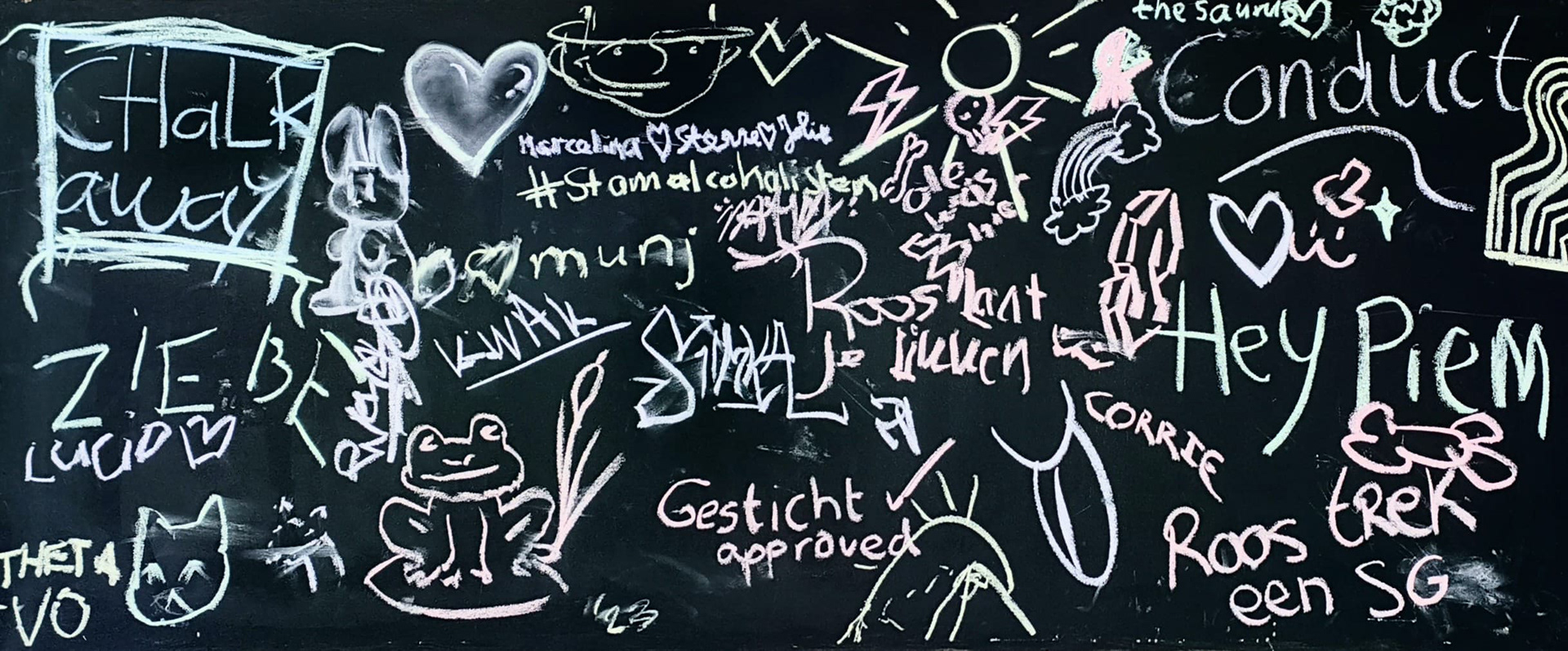
Design challenge: creating a liminal space; application through creating a reflective waiting room. Working with shadow, liminal soundscapes, reflective materials and participatory frameworks.
Conduct; Box #2
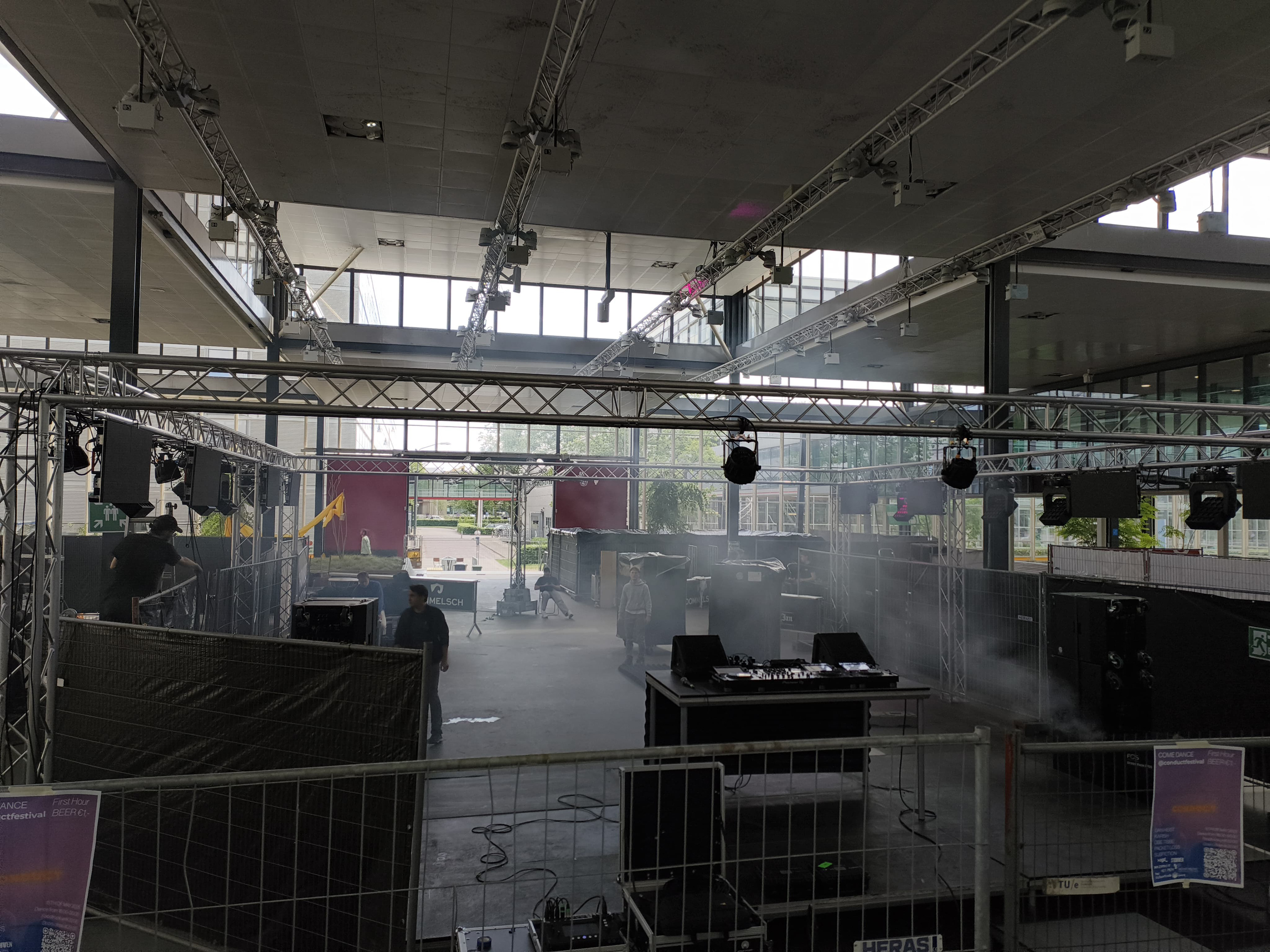
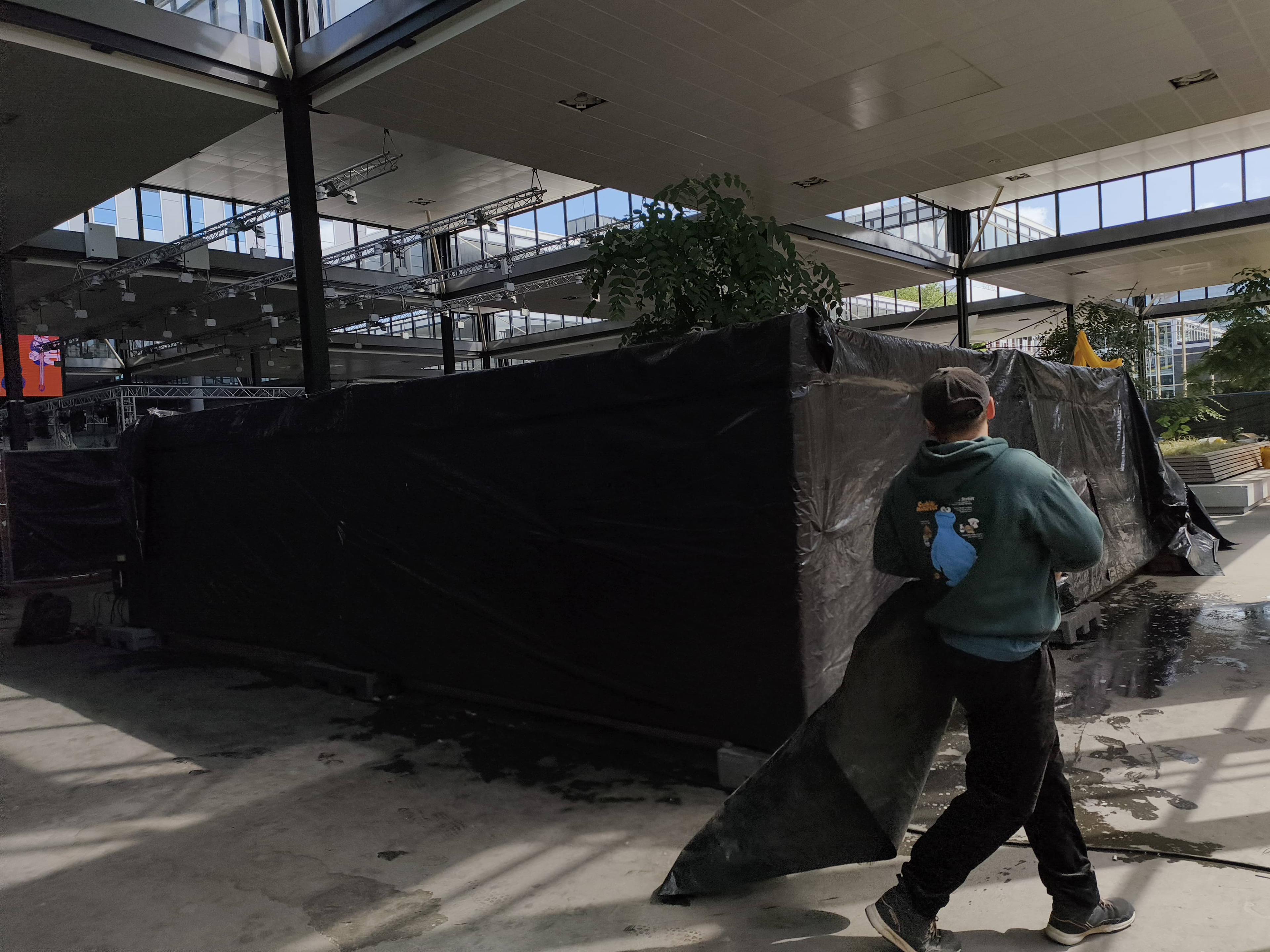
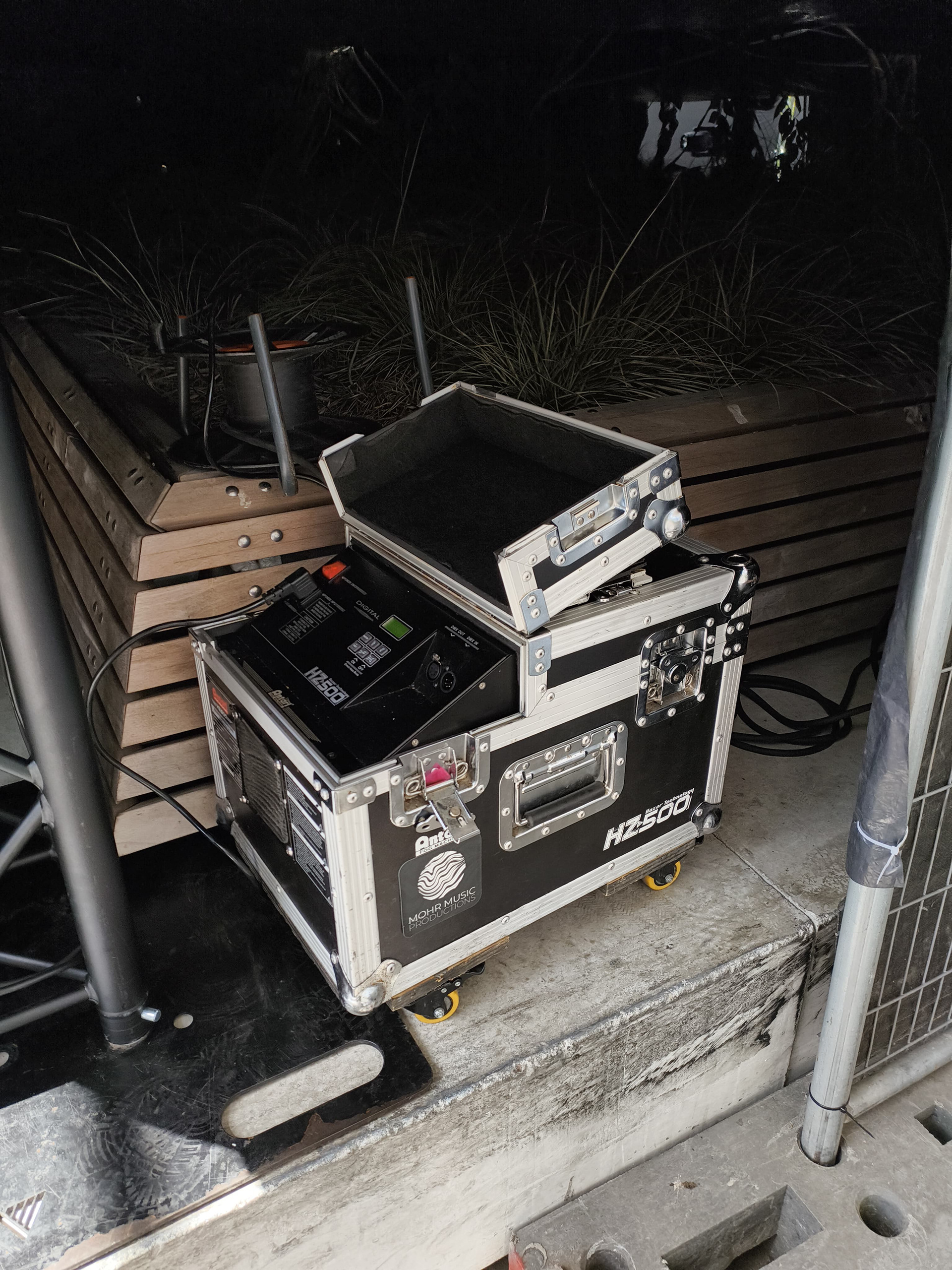
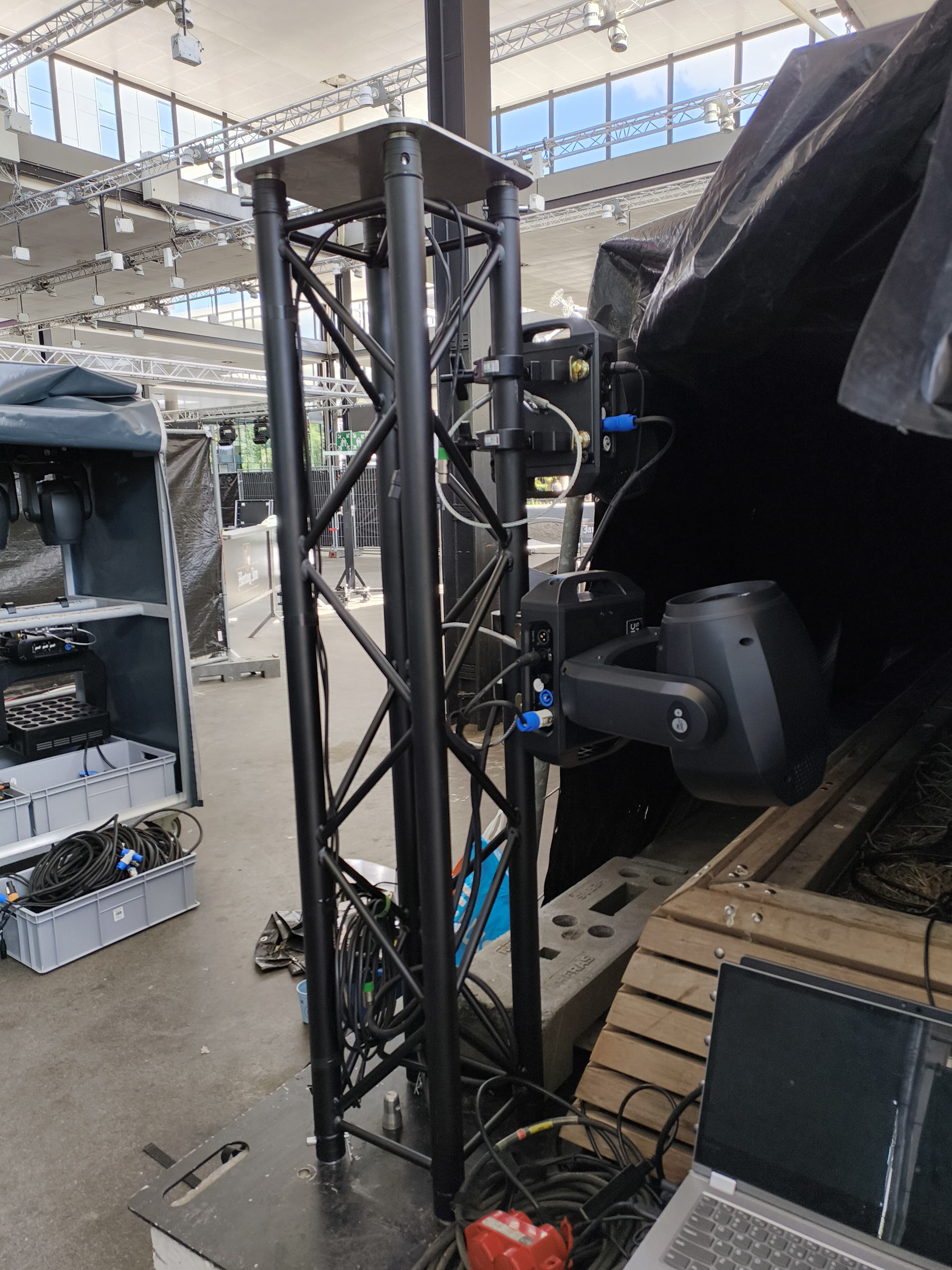
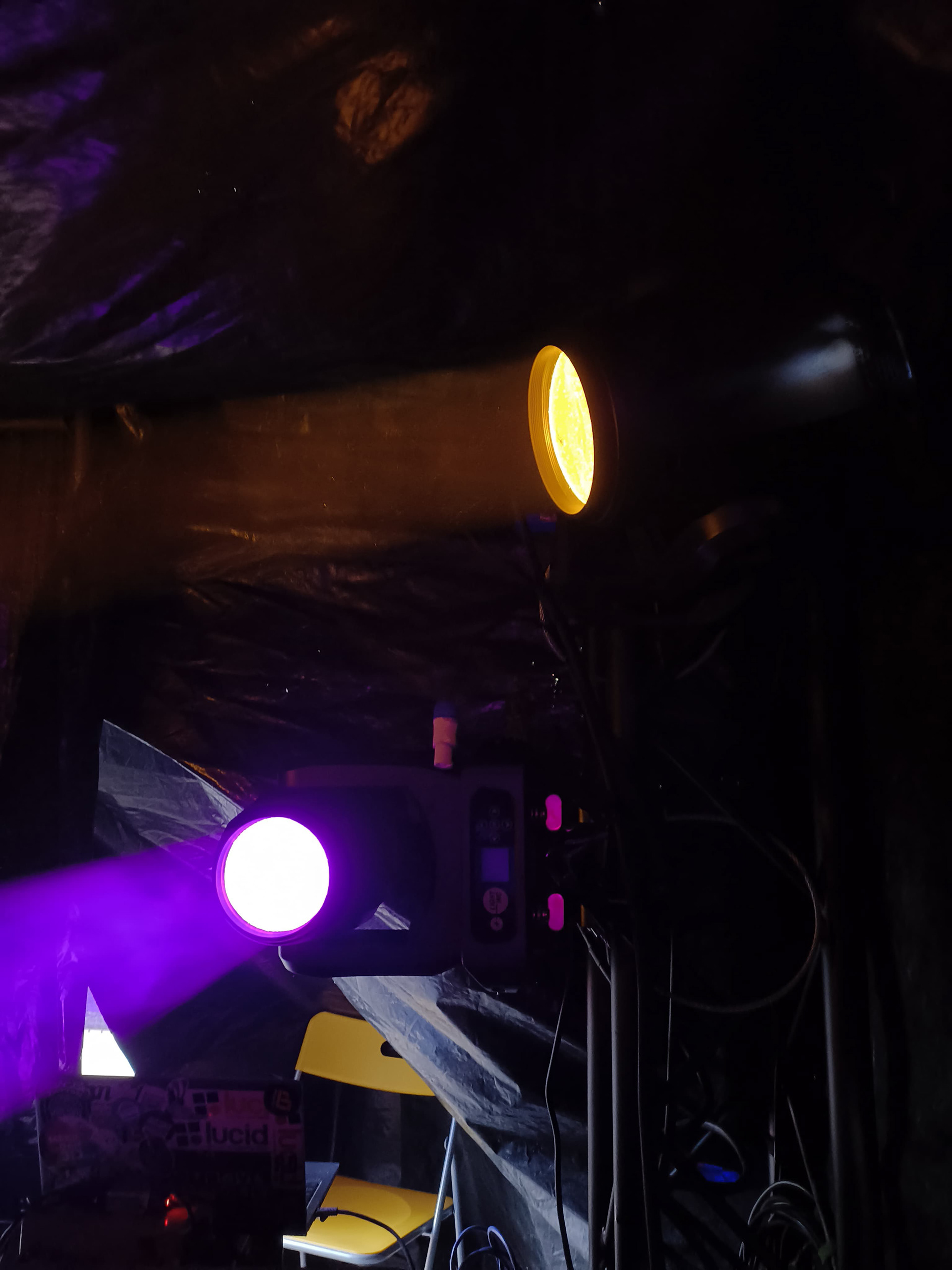
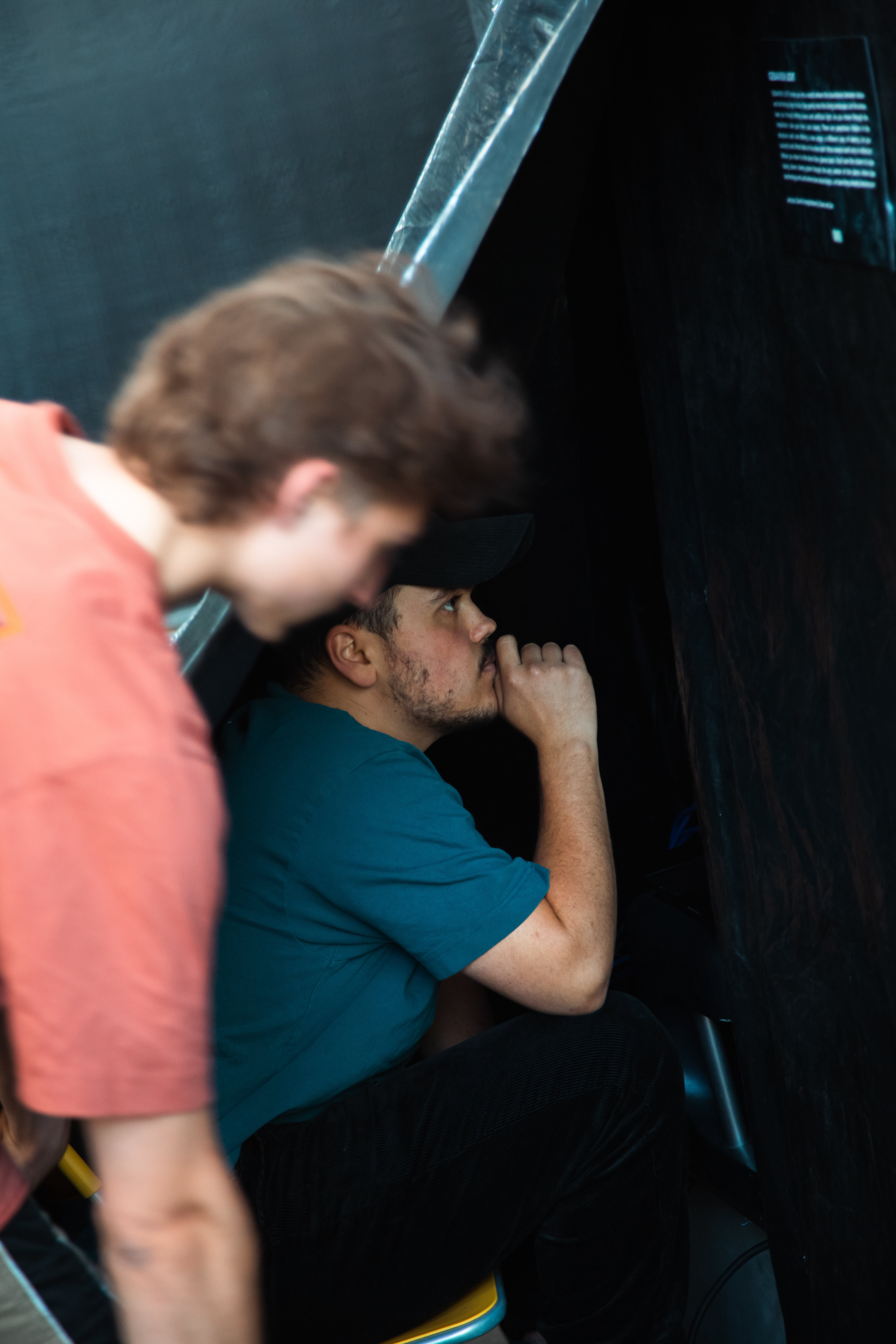
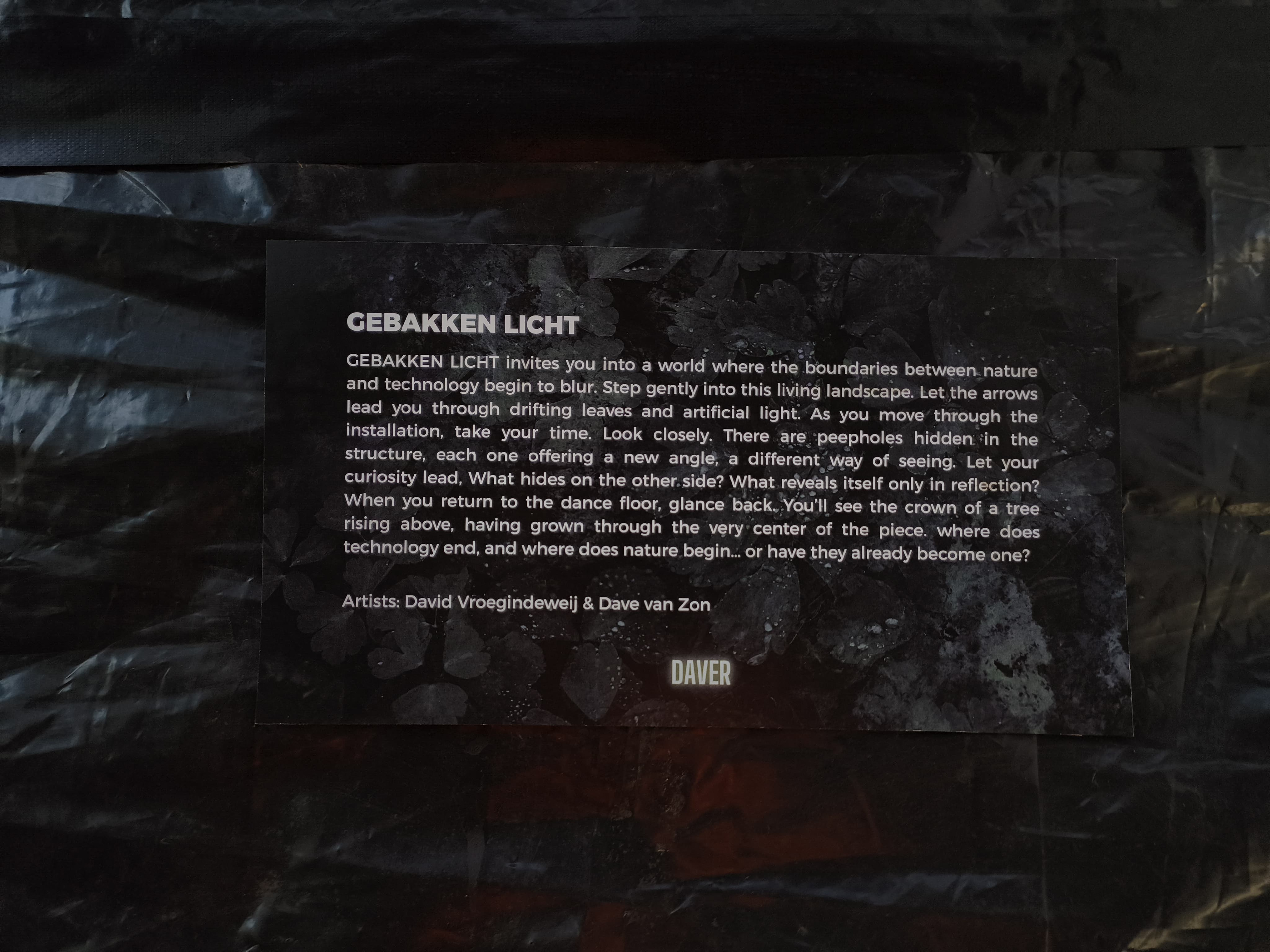
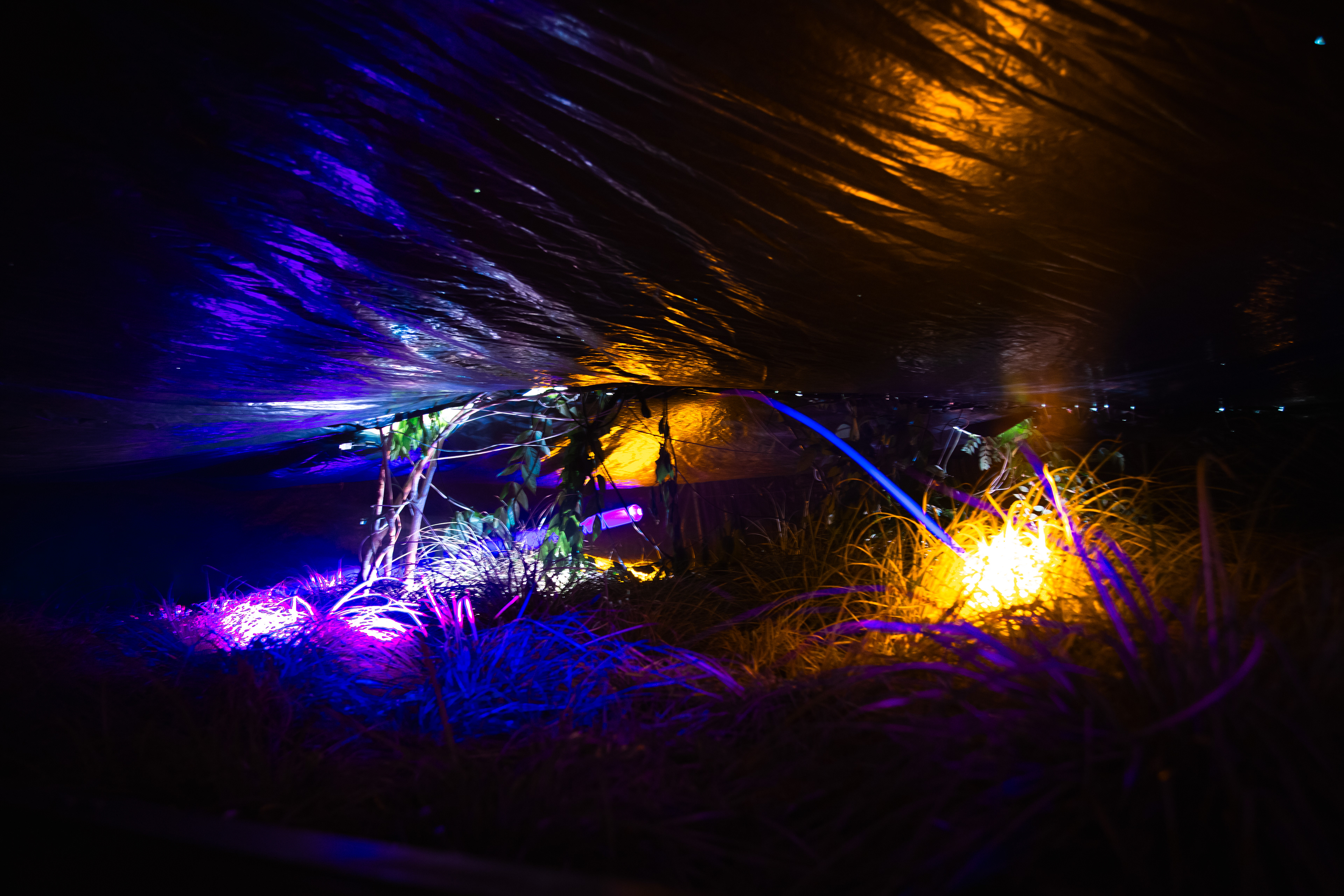
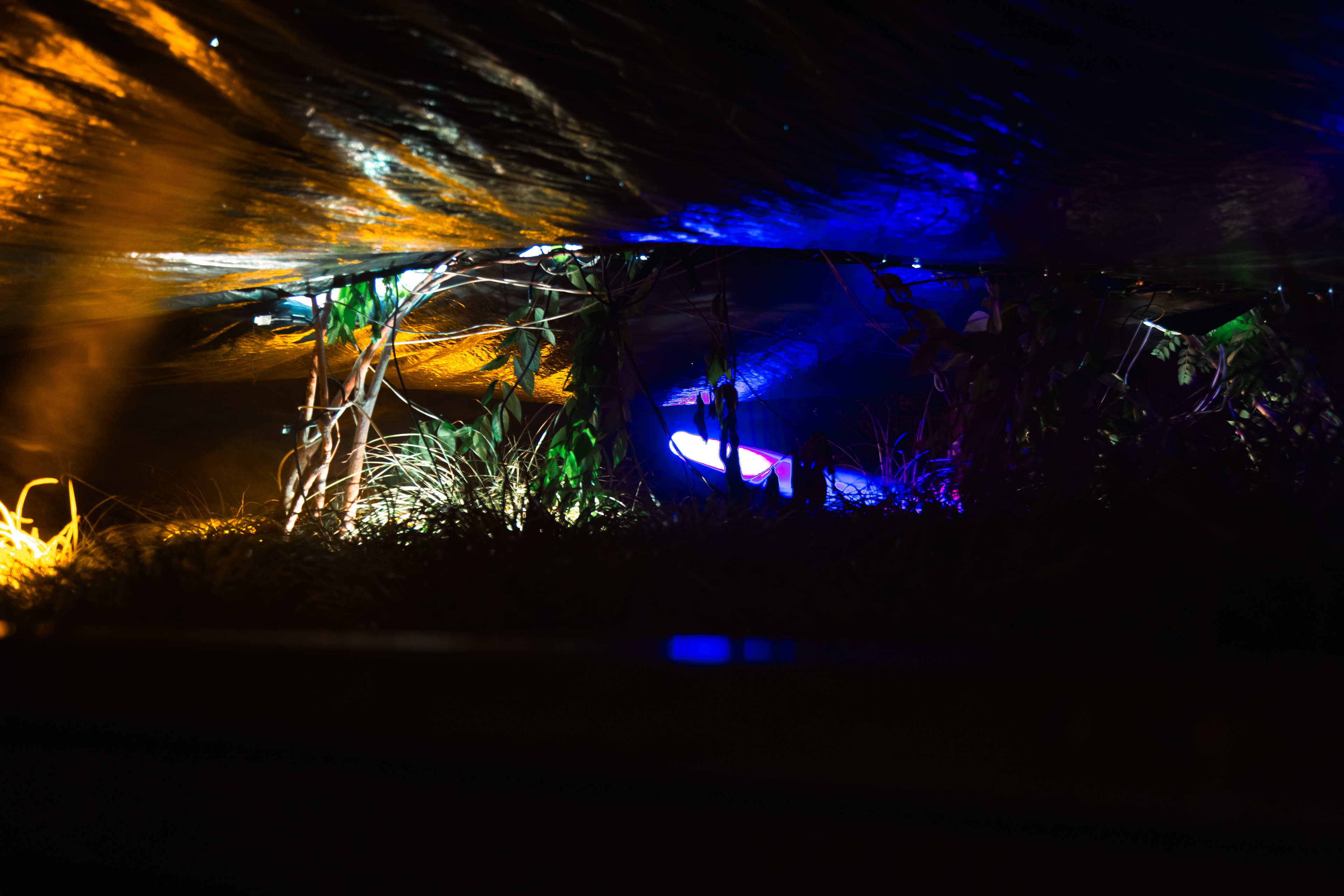
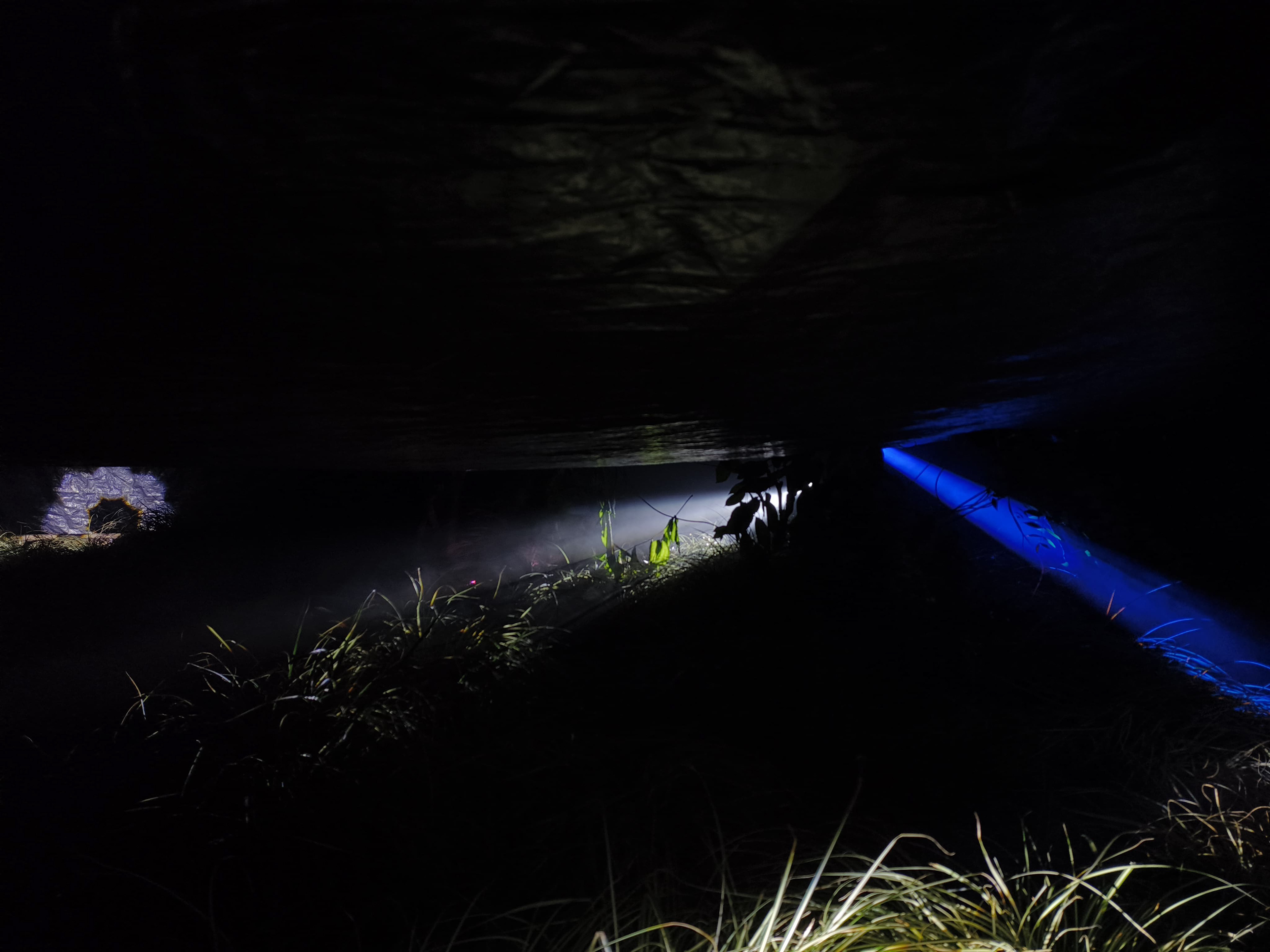
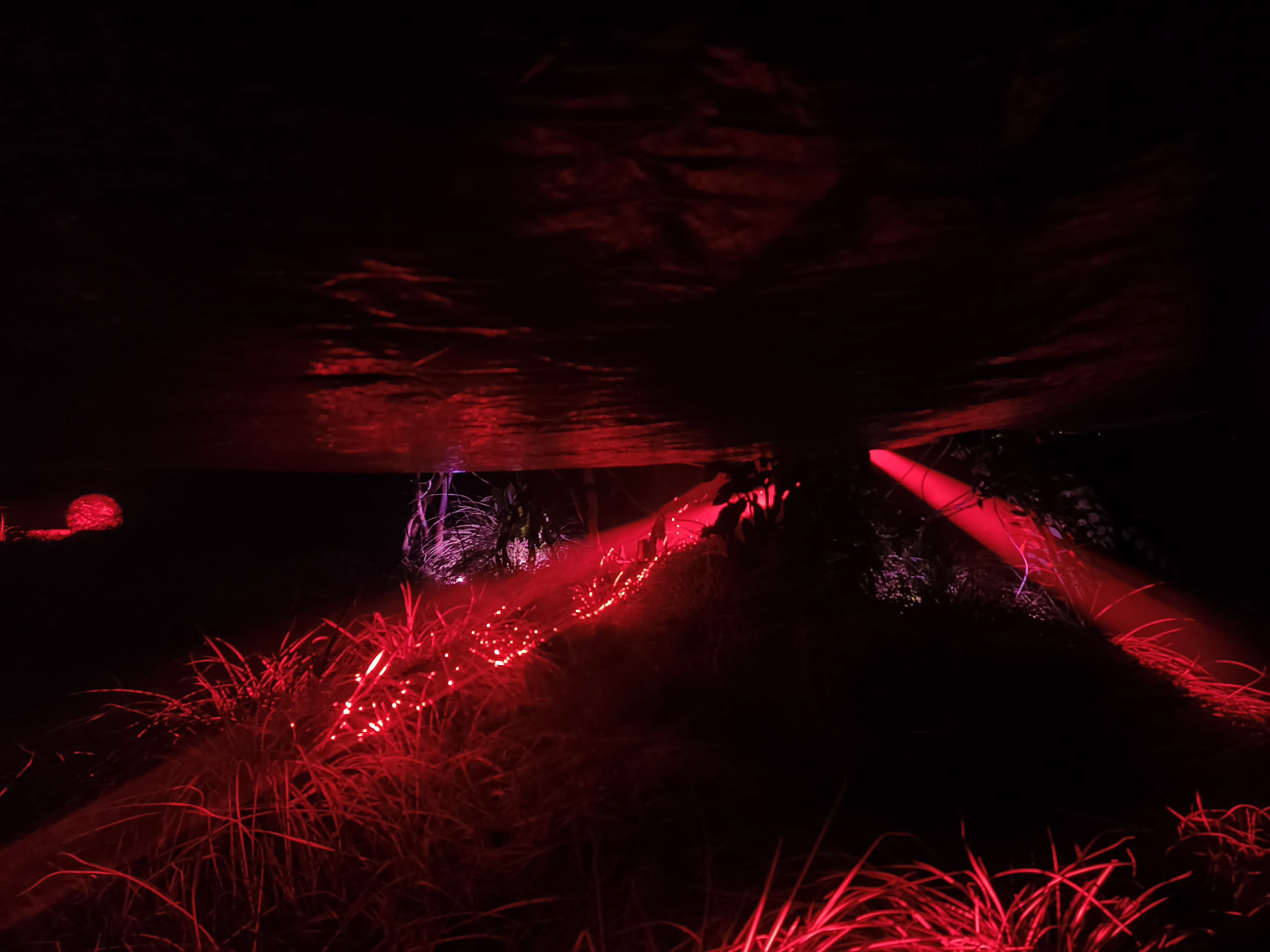
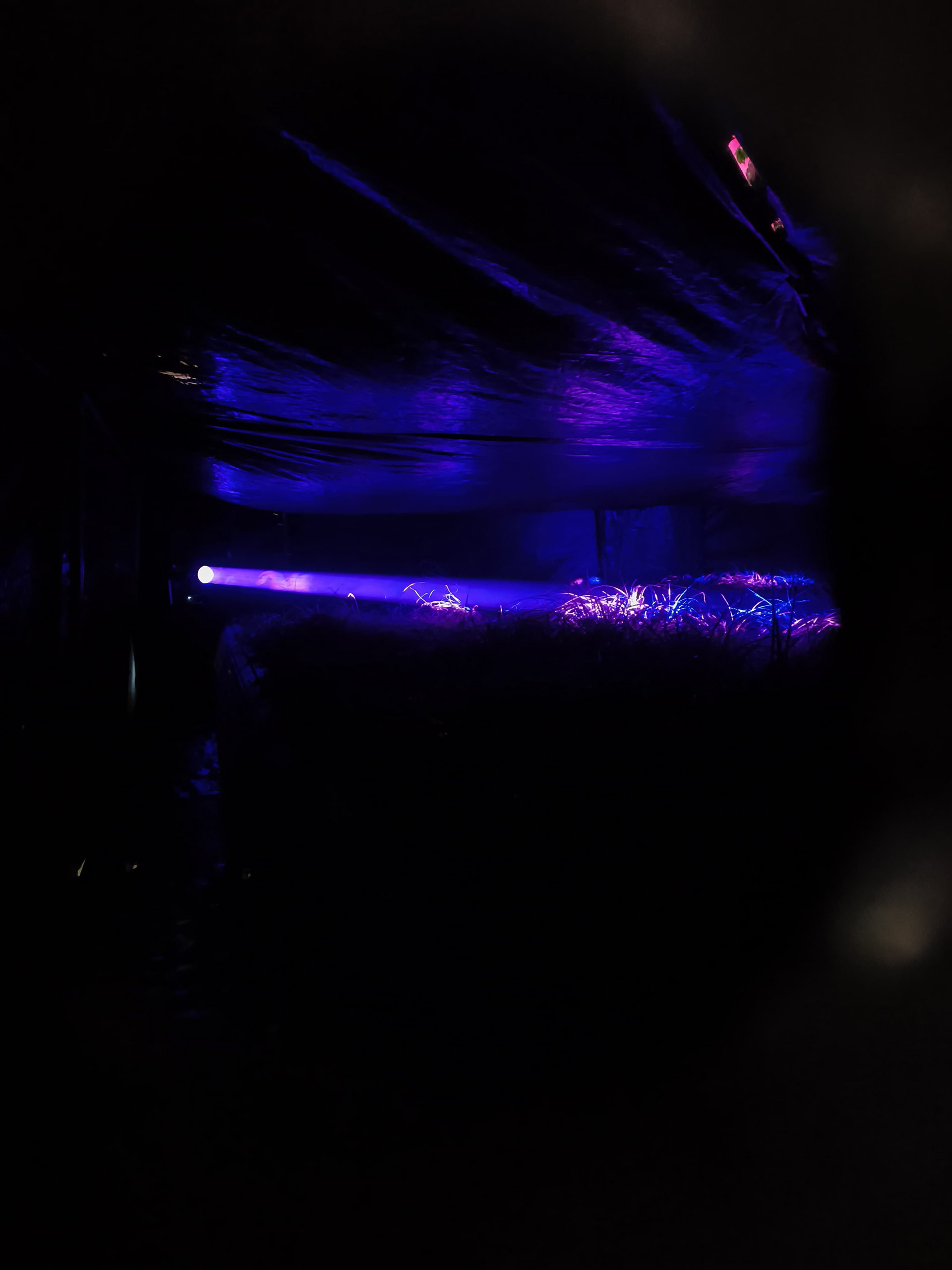
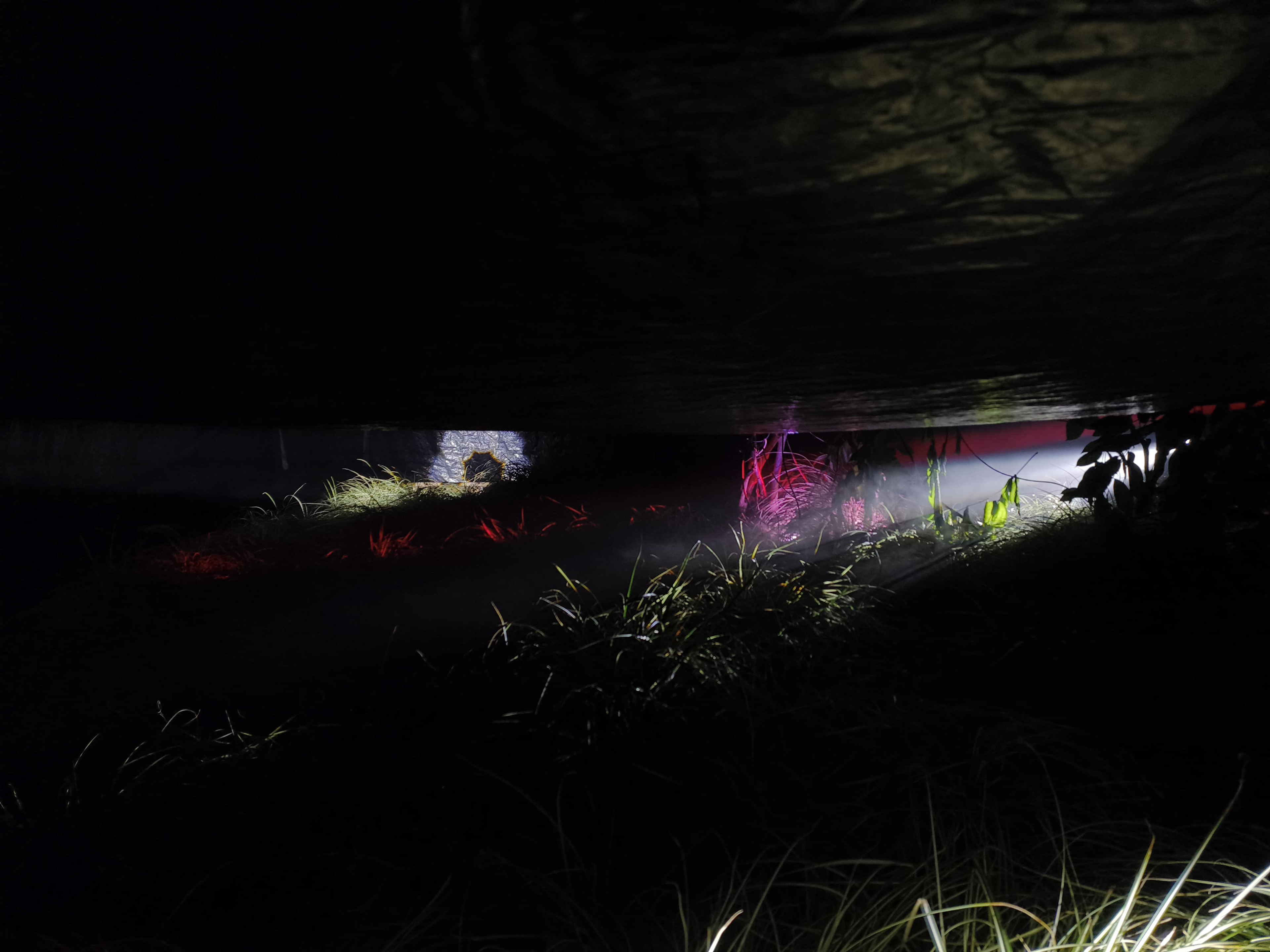
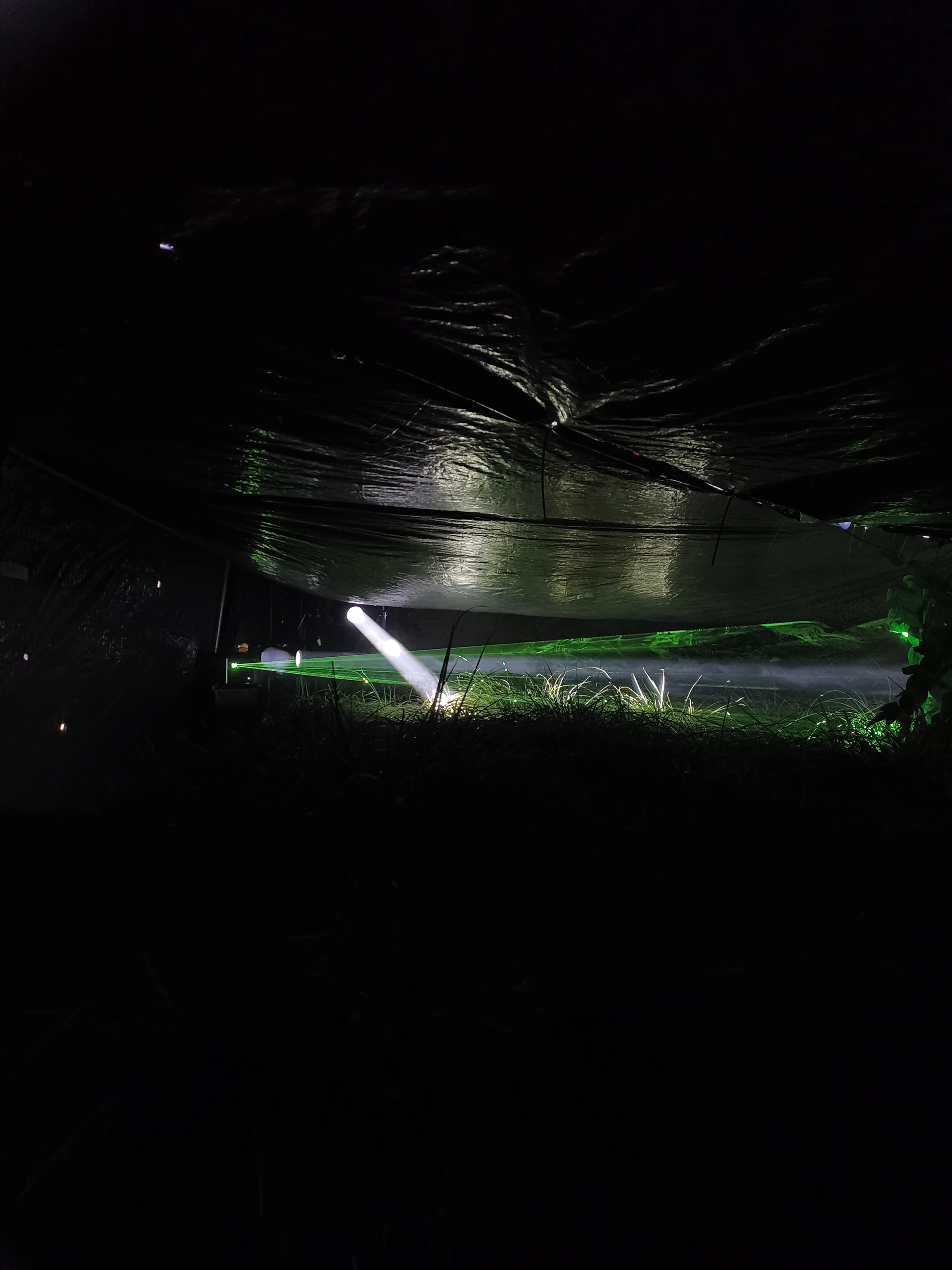
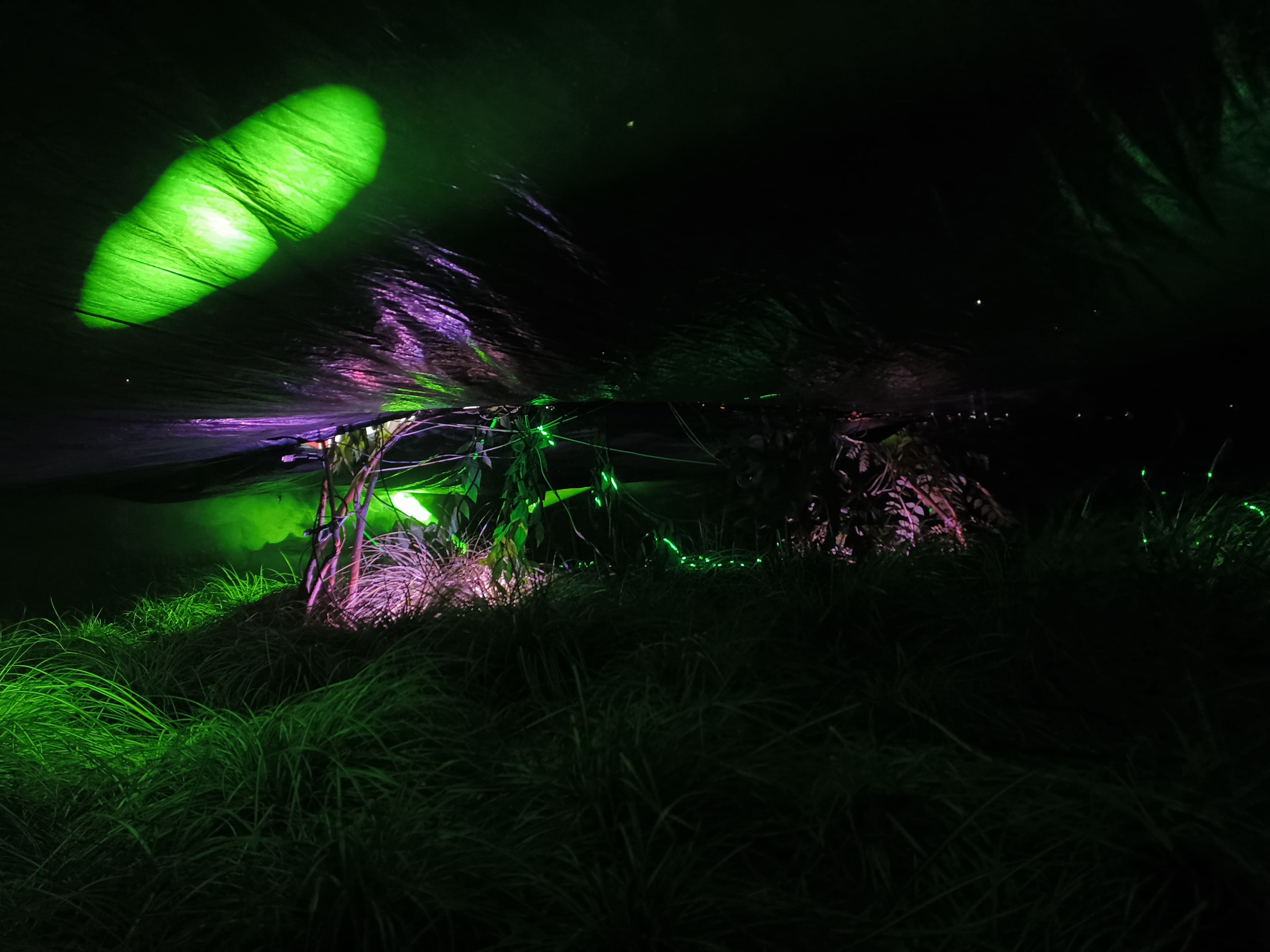
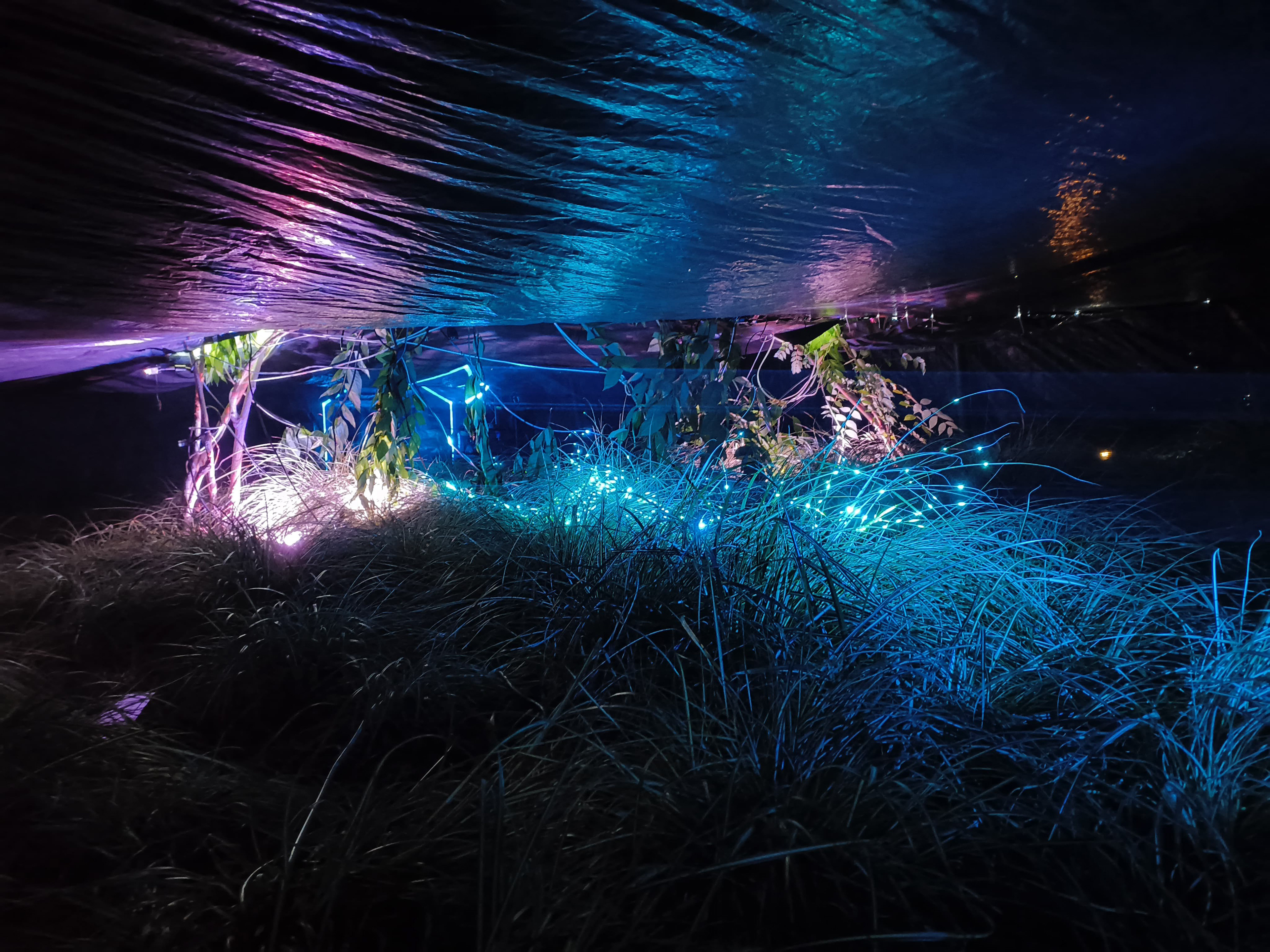
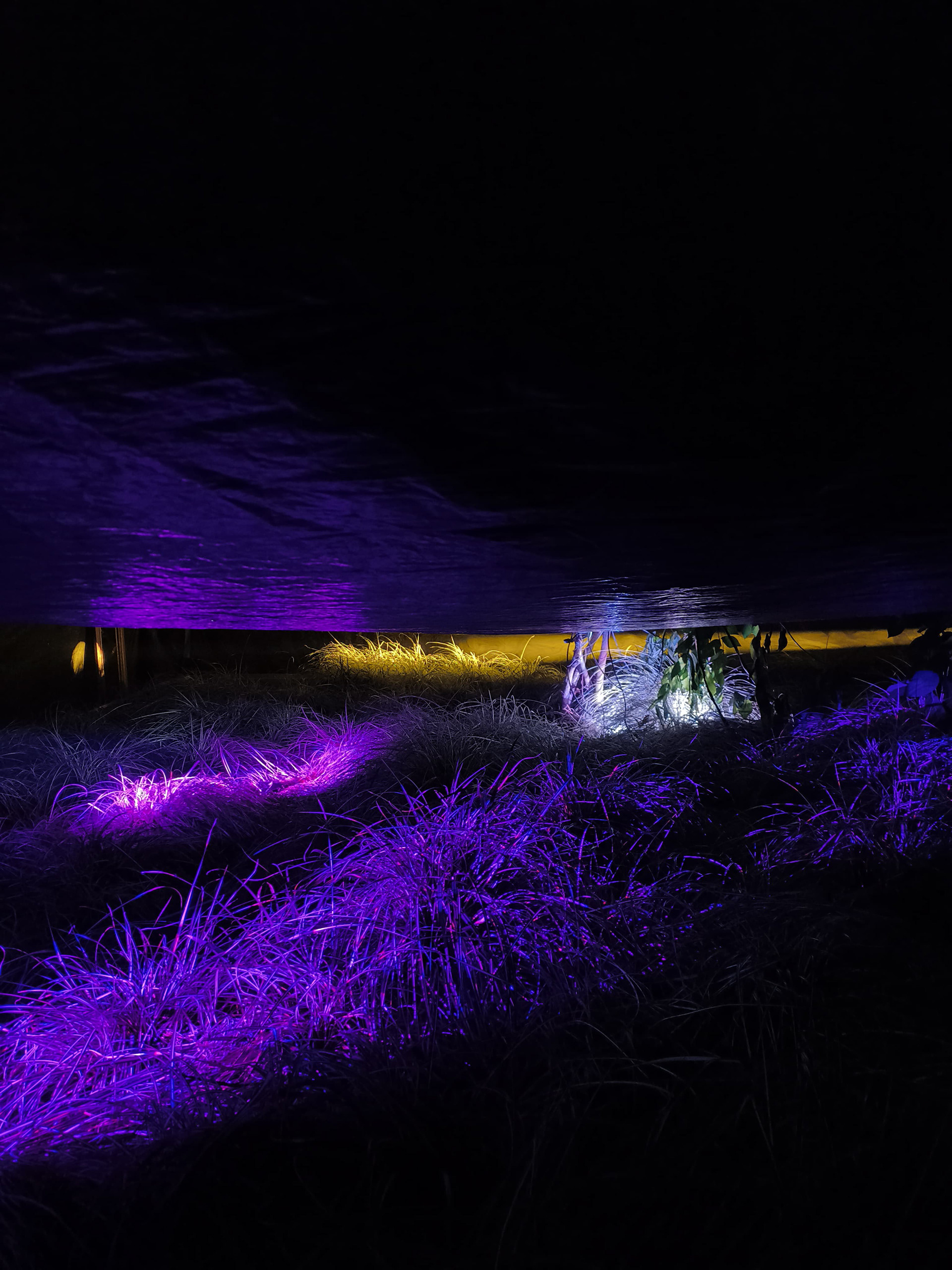
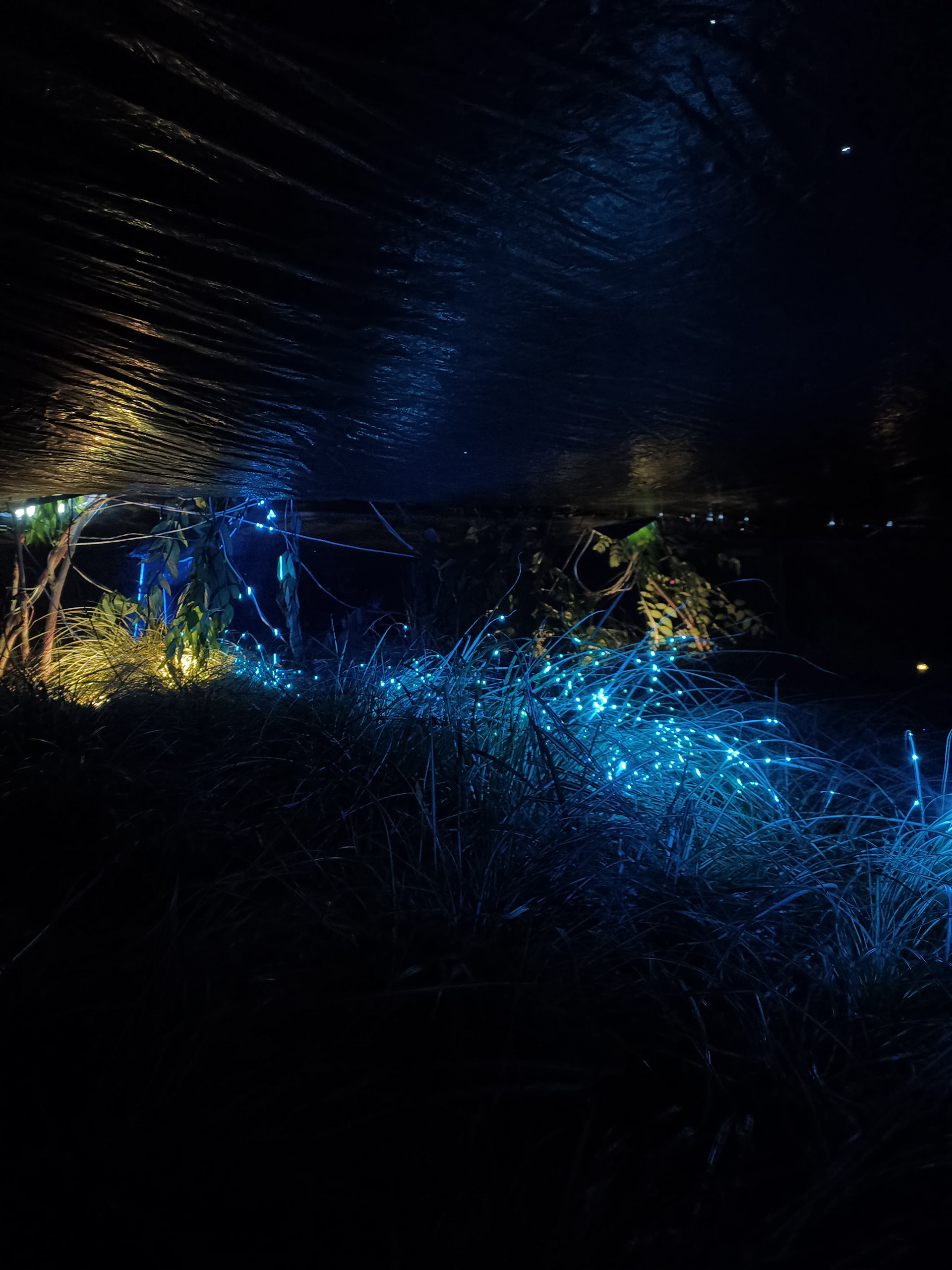
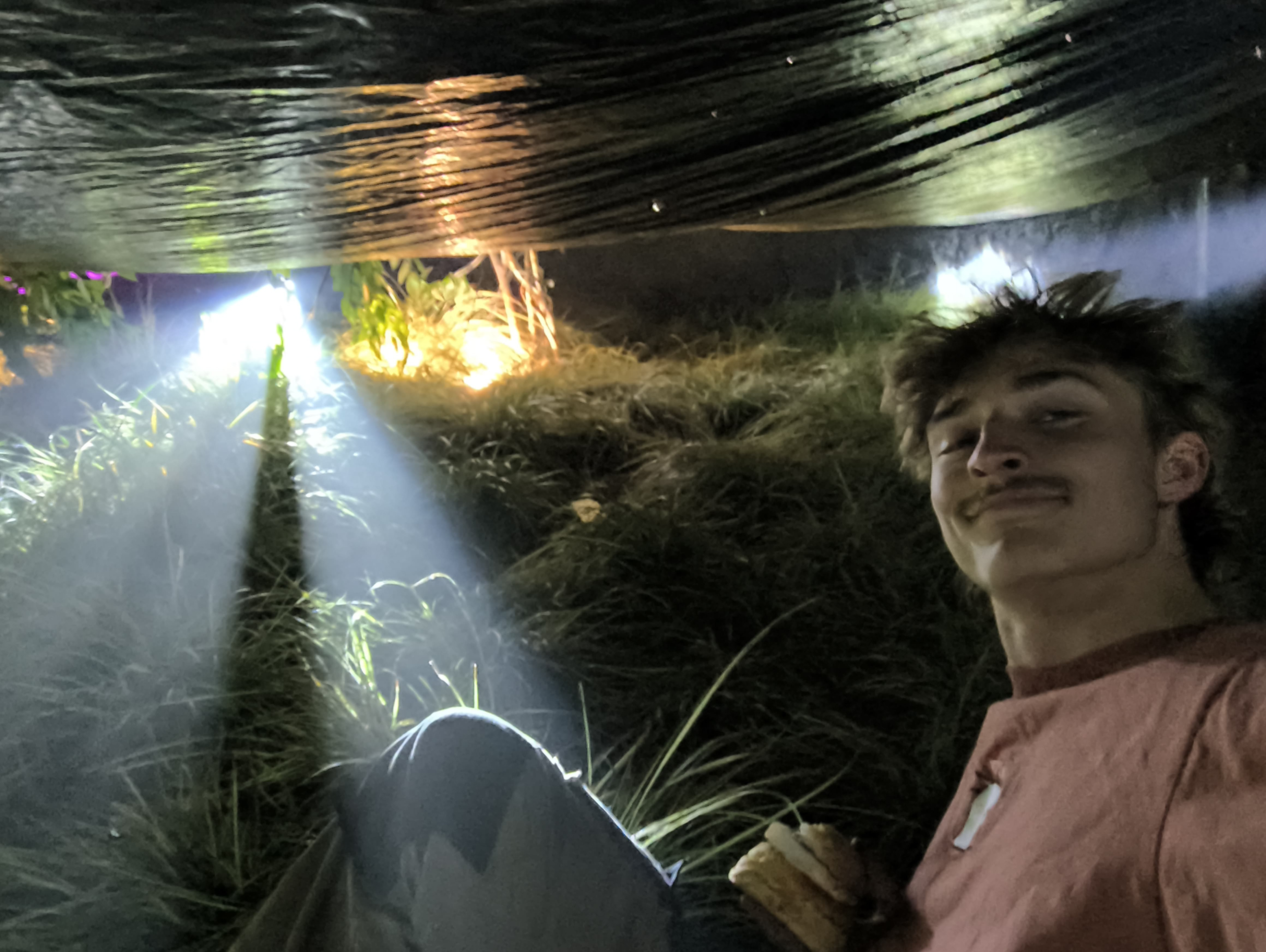
Design challenge: provoke thought on the in-between space between nature and technology in today's society. Creating a large-looking box where light and nature merged to explore, invade, strike a balance and see new connections and create awareness of the influence between the machine that is humanity and the natural world.
Kandi Trajectory
Now I am focusing on my dream to become a board member at the association s.v.i.d. Lucid. I have been selected as Kandi Kandi and will fulfill the role of Commissioner of Education. I mention this because this process has already taught me a lot. Learning about the KISS (Keep it stupid simple) method, the CASUAL (Clarify, Ask, Simplify, Understand, Apply, Learn), and the PER (Prepare, Execute, Reflect) frameworks. Methods like the 5 why's to come to the root problems instead of dealing with symptoms of a problem. All insights I can take with me as a designer and implement into my design practices. I am looking forward what my board year will mean for me in increasing my competence within collaboration with fellow board members and other stakeholders needing to collaborate with the department and external companies.